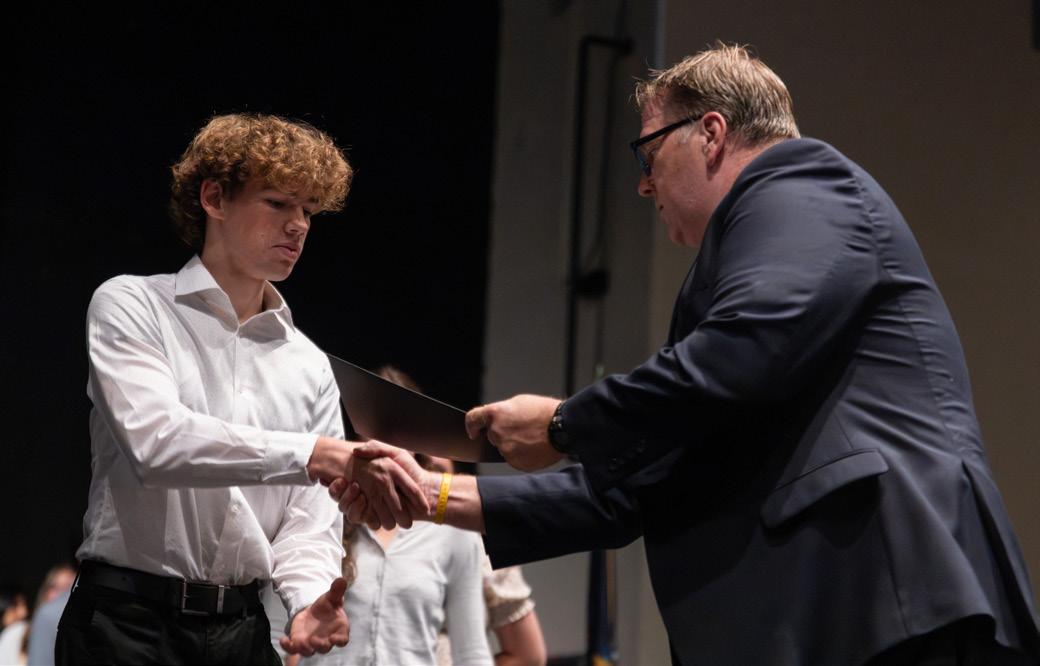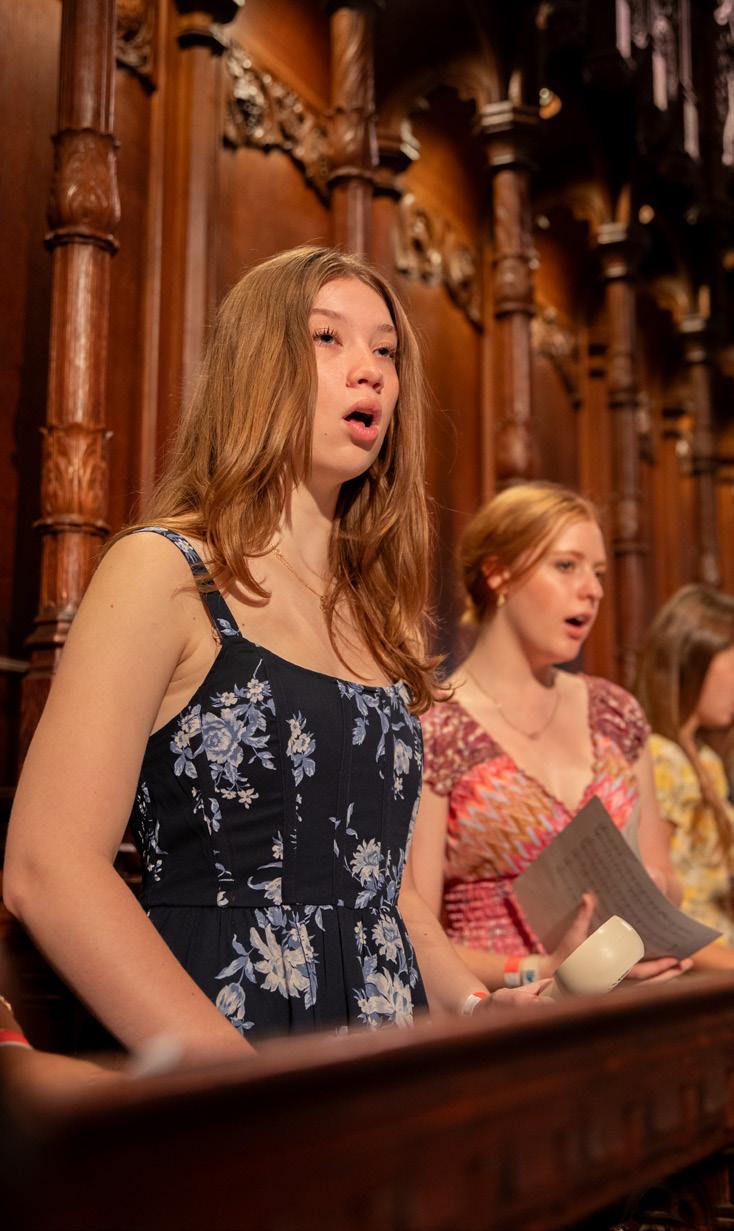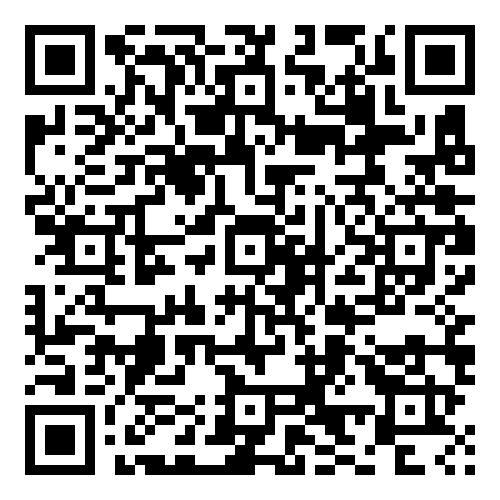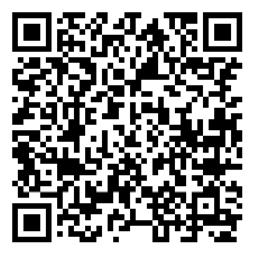

Give students agency in new AI policy
Any decisions made on a new AI policy must include student voice.
The Editorial Board
The unsigned editorial represents the consensus opinion of the Editorial Board, which consists of the student editorial staff in the masthead on this page.
Ever since ChatGPT was released to the public in 2022, it has changed the way we learn, think, and go about our everyday lives.
For many students, it seems AI makes our lives easier. And it does — at least for now.
AI can write an essay in the amount of time it would take us to come up with the title. AI can solve our math homework for us.
You might get caught, but if you don’t, you just freed up at least two hours of your day to do whatever else you want.
Right now, WSSD is developing a policy for AI through a faculty-led committee of ten teachers, as well other district administrators. This policy will not be complete or effective without additional student voice. While the surveys obtaining student input are a good start, it would be even better if students were able to see the impact of their answers.
Offering ownership and transparency will encourage students to take responsibility for their own choices.
It has been compared to the calculator; when the calculator came out, everyone began to question the legitimacy of learning math at all. What was the point if students could just do it on the calculator?
Nowadays, tests are split into calculator and non-calculator sections. Teachers assign homework questions that expect students to use their calculators.
AI will not have the same solutions. AI takes away more than the step-by-step required to solve a math problem; it steals our ability to think for ourselves. As the students who are of concern regarding this loss of our mental faculties, it so follows that those same students should have input on school and district policies about AI.
The responsibility of adjusting our current curriculum should not fall to teachers alone. Students can help give input on what will work best. For example, taking time to compare AI-written essays to non-AI-written essays in class, and talking about what makes the non-AIwritten essays distinguishable, can teach students what they lose by asking AI to write their essays.
Take Five:
How students are reacting to
AI art?

“I have a very strong dislike towards AIgenerated art. It’s being used to take artists’ jobs. I feel like it’s mainly been used against artists. I’ve seen people take artists’ art and feed it into AI to make AI-generated art of their own art style.”
It’s vital that we continue to update students on drafts of the policy.
Many students do not understand why AI shouldn’t be used at school. After all, AI will be accessible in the workplace. But the new policy should emphasize the fact that school is not the real world.
For the same reason that no-calculator sections remain on math tests, AI does not and cannot serve as a replacement for the core of standard education. The idea that only skills and tools that will be used in real life should be taught ignores some of the basic ideas of education. In humanities classes like English or social studies, the specter of AI has been particularly problematic for essays and writing assignments. Some students argue that essays will not be essential in the workplace, so why not offload that work to AI?
But there is more to being an adult than mindlessly hammering away at work. It is still important to develop strengths like critical thinking, empathy, communication, media literacy, and an understanding of the human condition. These are some of the most important parts of being human, and are often imparted through humanities classes — that is, if students engage in class beyond
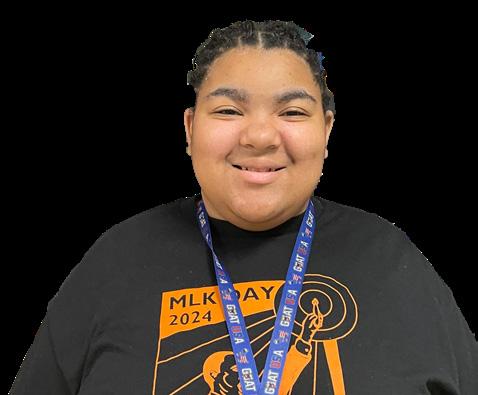
“It’s taking over every single thing, and I don’t think it’s a good idea. I think it’s ruining the art community’s careers.”
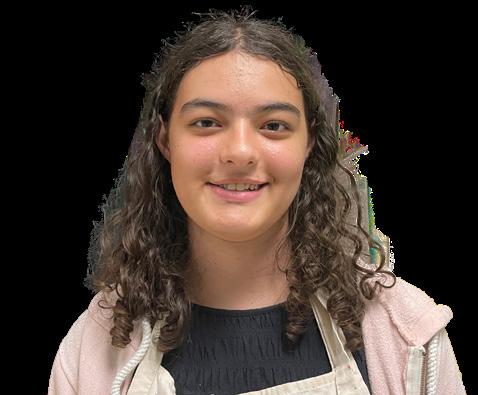
“I don’t think it’s authentic, and art feels like a human form of expression, not something that a machine should try to mimic. Sometimes, I think it could be helpful for reference purposes, but in the end, I feel like [art] should come from humans.”
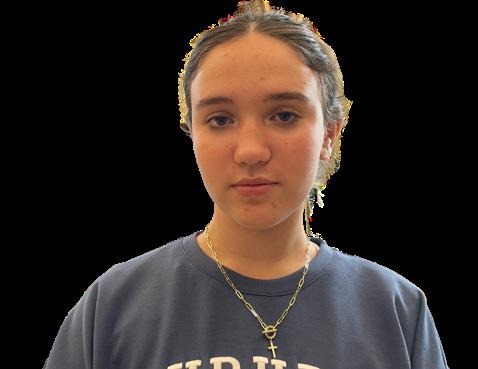
“I don’t really have an opinion on it. I think it’s fine, just sometimes it looks too weird, like fake. I don’t really see that much, and if I do, I can tell it’s AI.”
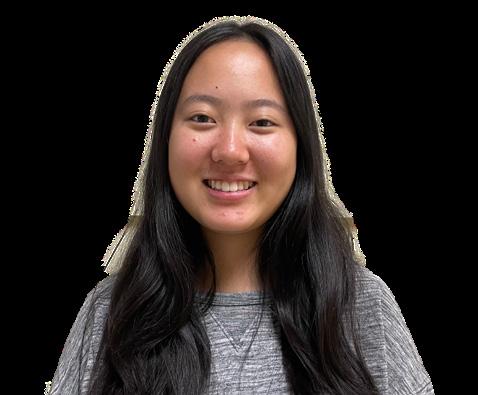
“I think sometimes AI steals [from] artists... AI does not respect the original author or the original artist, and the AI [does not] have mind [or] feelings. They are a robot, not a human being, just created by a machine or by the computer.”*
the tantalizing temptation of clicking “AI mode” in the Google search bar and succumbing to ctrl-c, ctrl-v. These are also skills of paramount importance for civic engagement, such as informed voting and community input.
It is logical, then, that the district should seek to prevent the AI-powered withering away of our humanity and civic engagement through giving us opportunities to exercise said skills and refurbish our humanity through human forums of input that can’t be filled out by robots.
If students are given a voice, they will be more inclined to follow the policy that they helped write. Offering ownership and transparency will encourage students to take responsibility for their own choices, whether that be through student committees or forums such as the one on October 24 for the phone policy.
High school is the start for students to have a hand in decision-making. It’s supposed to be where we learn maturity, and learn how to get to a level where we can use tools like AI for truly valid reasons. If student voice is not a consideration in the policy-making process, students will begin to believe that other people will always be around to regulate their own poor decisions. We’re supposed to learn that if we want to complain about an issue, we should at least attempt to do something about it first.
In the absence of self-regulation and accountability in decision-making, the uncritical use of AI will have successfully begun to strip back the humanity behind education.
School is one of the last safe places for critical thinking. It’s up to us to preserve our agency — using AI instead of letting it use us.*
>AI AT HAVEN | PAGE 12
Report Card
B+
B
A+
COFFEE IN THE CAFETERIA
+ Costs three dollars
– Feeds our caffeine addictions
HALLOWEEN ON FRIDAY
- Bad for everyone who had to attend Friday night lights
+ Good for the rest of the student body; no school the next day!
FOUR-DAY SCHOOL WEEKS
+ Less school
+ Time to rest and relax
+ Time to catch up on sleep
D B C
LOW WATER QUALITY AT BOTTLE FILL STATIONS
– Half the time, water barely comes out
– Always terrifying to see orange or red marker on filter
NHS INDUCTION
– Everybody got the wrong certificate
– Candles refused to stand up
+ So many new members
+ Patrick Tolson profiting DAYLIGHT SAVINGS TIME
+ Extra hour of sleep
+ Not as dark in mornings
+ It gets dark SO early
+ Extra sleep wasted on a Sunday
Editors
About
The Panther Press is the student-run publication of Strath Haven High School in Wallingford, PA. The Panther Press publishes 500 copies bimonthly in print and is distributed to classrooms and students at Strath Haven High School. The publication is also online at www.shpantherpress.com.
The goals of The Panther Press are to inform, educate, and entertain the student body, faculty and staff, and community readers.
We strive to report and analyze issues that concern students in a manner that is fair, objective, responsible, and accurate.
Through the use of journalism, technology, and workplace skills, the students who lead and create the newspaper develop as critical thinkers and communicators.
All content published in the newspaper and on the Panther Press website is created by Strath Haven students for a primary audience of students, with the understanding that our publication also reaches a broader audience that includes teachers and staff, families, and community members.
The views represented in The Panther Press, as well as the selection and curation of content by the editors, do not represent the views of the entire Panther Press staff, the adviser, the school, or the administration.
Please consult the ABOUT page on our website for additional information.
Submissions
All Strath Haven students are welcome to learn the basics of journalism and become contributors to The Panther Press. Interested students should join the Schoology group to learn about upcoming meetings and training sessions.
Letters to the editor are encouraged. Any reader may submit a letter to the editor via email to strathhavenpantherpress@gmail.com. Anonymous letters will not be published. Editors reserve the right to contact letter writers or edit submissions for reasons of space or clarity.
Our staff also welcomes feedback in the comments section of The Panther Press online or via our social media. Each comment is subject to review by a student editor with support from the adviser. Online commenters on our website must have a verified email address, and comments are reviewed for defamation, profanity, obscenity, libel, and invasion of privacy. Not all comments are published.
Bylines
All contributors are listed in the bylines of stories that appear in print and online. Photography, graphics, art, illustrations, and other creative work will be given attribution. Unsigned editorials, when published, feature the byline of the Editorial Board
Social Media
The Panther Press maintains social media on Facebook (@shpantherpress) and Instagram (@ shpantherpress). The editors-in-chief and social media editor manage the social media accounts in consultation with the adviser. We encourage community members to follow us on social media for online posting and discussion of student news. Our staff members do their best to ensure that social media content is accurate and verified. Any inaccurate information will be corrected with corrections acknowledged.
Social media participants should remember that anything posted in response to The Panther Press social media is public and reflects on our publication, our school, and the poster. Replies and comments will be screened for defamation, profanity, or libel.




Addison Rogers ’28
Brielle Durnell ’27
Maya DeCamp ’27
Jingjing Su ’27
School community adjusts to new phone policy
The new phone policy is being fully enforced this year with caddies.
Kaitlyn Ho ’26, Izzy Boland ’29 Editor-in-Chief, Contributor
Not only did the new school year bring new faces and classes, it brought an official rule for phones during class.
The idea is simple; during class, students are expected to put their phones in their assigned caddies or their bags (depending on the teacher), but when class is over, students can use their phones between classes and at lunch.
The caddies prevent phones from becoming a distraction in class, while still allowing students to keep track of important information they access on their phones.
Sophomore Abbey Minton thinks the policy is effective.
“It stopped a lot of kids from being on their phones during class,” Minton said. “I remember in my math class last year, there would be countless students who would be playing Brawl Stars or something while the teacher was trying to give a lesson.”
Senior Hari Ghatpande also agrees with the phone policy. He thinks that students don’t feel that strongly about not having their phones, and instead are fine with being with their friends.
“It hasn't made that much of an impact on my experience, because I usually don't use my phone that much,” Ghatpande said. “People still will find fun things to do in class… If people don't want to be locked in [during] class, they're not going to be locked in [during] class.”
Similarly to Ghatpande, social studies teacher Mr. Jeffrey Kahn believes that nothing can be done to stop students from getting distracted, but taking away phones does improve concentration.
“They're paying more attention,” Kahn said. “When I look out at them, they're looking at me.”
English teacher Mr. Matthew Wood agrees that the new phone policy has had a positive effect.
“People are much more present in class than they were with that potential distraction, right? So with that out of

PHOTO ILLUSTRATION: IZZY BOLAND
the way, completely, I found a great improvement and focus with participation,” Wood said.
Minton initially found the policy frustrating, but was able to adapt.
“Though I initially had some complaints about it, I think it has helped a number of students in our school be able to stay more focused,” Minton said. “The thing I miss most is being able to listen to music while I work, but that is something that I will have to get used to.”
Freshman Veer Bhandar appreciates the caddies, which were given to all teachers at the start of the year.
“It encourages more people to put [their phone] in there and not use their phone,” Bhandar said. “And I'd also say that it also helps with just being more attentive in class. I feel like it's nice to have a pocket for your phone during
class and then [have] the ability to use it in between classes and during lunch. I think there's a good balance.”
In previous years, the caddies were not something that all teachers had or enforced. Last year, Haven focused on a ‘Screens Off, Minds On’ policy.
“I think last year definitely, there was literally no effect…It was just kind of something that people said,” Ghatpande said. “I think now it is definitely noticeable that people aren't having their phones. But I don't think not having your phones is making that big of an effect in the classroom.”
Some students argue that phones are important to communicate with their families. Kahn highlights the shared responsibility between teachers and families.
“I think [regulating phone use] is really hard, I know as a parent,” Kahn said. “But it's also a thing that we all have to work on, and I think parents do have responsibility for that too. In the building, though, if teachers keep it away, then parents just have to not be calling and make the kids go to their phone.”
Ghatpande feels that regulating phone use will not immediately solve broader issues, such as cyberbullying or screen addiction, since he believes that it won’t stop students from continuing those problems at home. Instead, he believes that school should be focusing on digital literacy and activities such as Wellness Wednesday to promote healthy habits.
“I think education is more of the focus of school,” Ghatpande said. “That's something that schools should do, instead of trying to just take control over how students feel when they're at school. I think educating students about the dangers of being online is going to have a more palpable impact in the students’ life than just not letting them have their phones on school campus.””
Wellness Wednesday offers fall activities, student engagement
The events, organized by social studies teacher Mrs. Alissa Harvey and a staff team, focused on promoting student mental health.
Emelia Kerr ’27
Contributor
Music blasting, beanbags flying, and Haven students smiling.
The second Wellness Wednesday of the new school year took place on October 22 throughout all lunches. Both students and staff were seen painting pumpkins, playing corn hole, and competing in bingo. The goal of these activities was to keep students engaged and off their screens.
Outside in the brisk fall weather, students showed off their artistic abilities, coloring pumpkins of different colors and styles while Halloween music was heard playing in the background.
“Wellness Wednesday was really fun. I think it’s always a good opportunity to just kind of take some time and do a fun craft and hang out with your friends,” junior Kasey O’Sullivan said. “I really enjoy when the school does them. I feel like there’s always a good activity, and I’ve never really been disappointed.”
Students also had the opportunity to move around and let out some energy by playing cornhole.
If students preferred to be in an inside setting, they could choose the cafeteria and play bingo. Trivia questions were asked by assistant principal Mr. Tom McLaughlin and numbers were called
by superintendent Dr. Russell Johnston. Bingo was a phone-free zone, allowing students to fully participate and be engaged in the game. Prizes included hacky sacks, principal Mr. Andrew Benzing’s parking spot for a week, and many other rewards.
Social studies teacher Mrs. Alissa Harvey is the head organizer of Wellness Wednesdays.
“[The main focus is] to build positive connections; student to student, staff to students, and staff to staff,” Harvey said. “And also encouraging positive reinforcement to pro social behaviors and face-to-face behaviors.”
Wellness Wednesdays will continue to run throughout the school year, and students are encouraged to take advantage of the fun activities available in the future.
“It’s just really nice to see you guys out here and outside, and interacting with each other, [during] which is supposed to be one of your breaks [lunch] during the day,” Harvey said.”
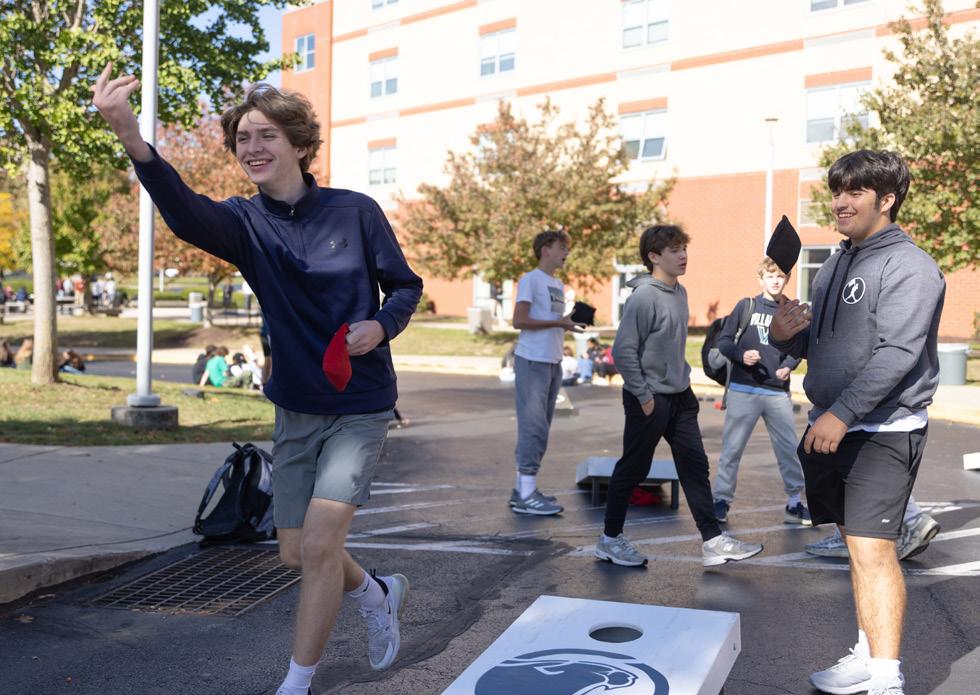
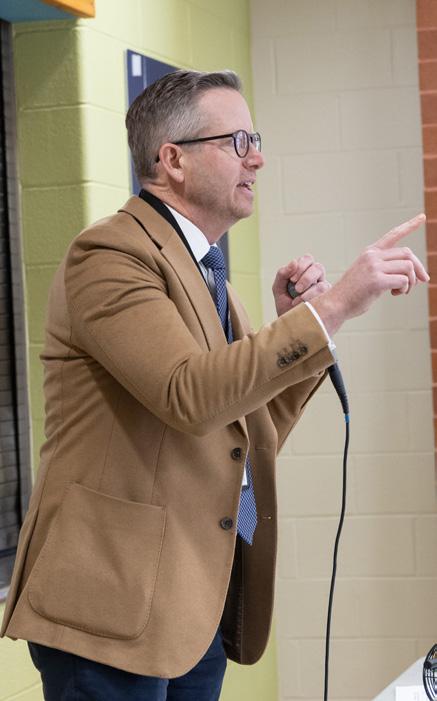
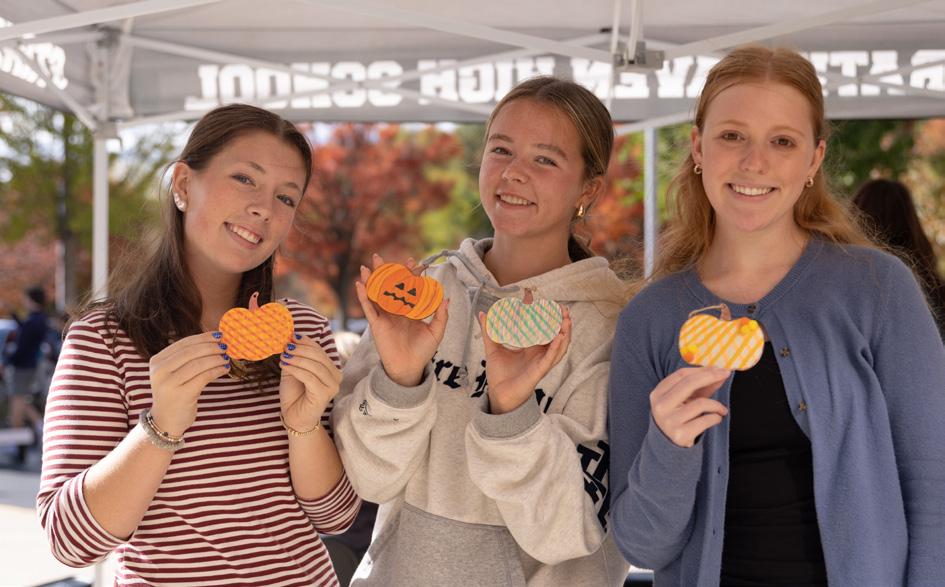
CADDIES ABOUND • Teachers are enforcing the new phones policy by having phones go into the caddies or away into bags. This policy was decided on during the 2024-25 school year and is being strongly enforced this year.
WELLNESS WEDNESDAY • TOP LEFT: Cole Hurwitz (9) and Gavin Huffman (9) smile during a corn hole game.
TOP RIGHT: Superintendent Dr. Russell Johnston calls out numbers in a competitive game of bingo.
BOTTOM: Kasey O’Sullivan (11), Delaney O’Reilly (11), and Madeline Garson (11) show off their painted pumpkins.
PHOTOS: EMELIA KERR

MORE NEW STAFF
Continuing from our September issue, our contributors wanted to put stories to the faces of new staff members in the Haven community.
Ms. Jennifer O’Berg School Nurse
Gigi Detweiler ’28, Mia Taub ’28 Contributors
For new school nurse
Ms. Jennifer O’Berg, helping students feel safe and supported is the priority.
This is O’Berg’s first year working as a school nurse, yet she has already found joy in the simplicities of her job.
She finds that the biggest surprise when arriving at Haven was ultimately the size of the school.

“I do live in the area, and I was actually impressed with how much bigger I thought it looked inside than outside,” O’Berg said. “I’m still trying to find my way around.”
As a mother of two children, O’Berg understands the experience of being ill at school, and stresses how she finds comfort in connecting that role to her job.
“You’re away from your parents most of the day,” O’Berg said. “I like to be here and be here for the kids and be your parent, away from home.”
O’Berg also notices how working in a school affects her as both a mother and caretaker.
“I feel like being here kind of broadens your ability to take care of more kids,” O’Berg said. “I just really enjoy taking care of kids, and just being a mother away from home.”
O’Berg became interested in nursing through taking care of her sick grandmother as a child, showing how personal experiences can form an interest in pursuing certain careers.
“When I was little, my grandmother was always really sick, and she actually had a stroke, so then I had to reteach her how to speak. I was eight years old,” O’Berg said. “We took care of her for a couple of years until she passed, so she was with us a lot. That is what inspired me to continue to be a nurse.”*
Mr. Christopher Bennett Psychologist
Jonah Livingstone ’28 Contributor
After working in elementary and middle schools, Mr. Christopher Bennett has joined Strath Haven High School as the new school psychologist. Bennett finds joy in his job based on past experiences.
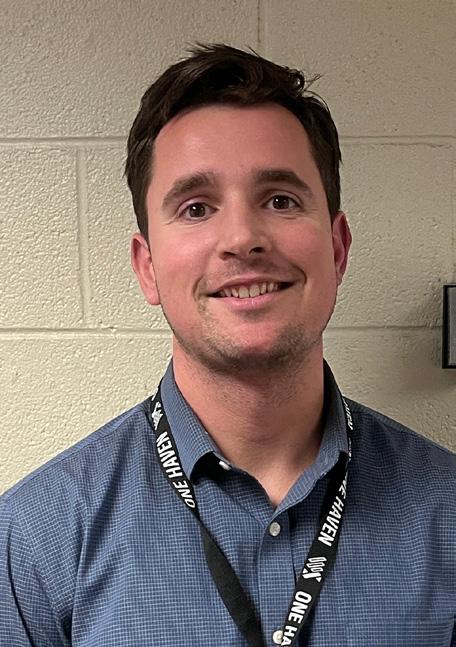
“Even since I was in middle school, I was dealing with some challenging issues as a student, and I consulted with psychologists at the time who gave me a lot of helpful advice and pointers and just tips on life that really inspired me to want to help people and students or just really anyone in any capacity that I could,” Bennett said. “After I had those conversations, I decided that I wanted to change my major into school psychology.”
Bennett finds several differences in his role versus a school counselor’s.
“The biggest difference, I would say, in terms of our core responsibilities, [is that] I do testing,” Bennett said. “So a school psychologist does testing for special education, so I do initial evaluations to determine if students qualify for special education services and IEPs.”
He wants students to know the work is collaborative and that he is there to support students.
“We as staff here try our best to help students, and that, you know, we’re not perfect as well, and we’re also human,” Bennett said. “If we can come up with solutions together, that creates better outcomes for students.”
His advice is simple yet powerful: Bennet believes in persistence.
“Take everything day by day,” Bennett said. “Progress is not always a straight line, but it’s gradually always going up.”*
Ms. Jennifer Ford, Special Education
Matthew Ramirez ’26
Editor-in-Chief
Jennifer Ford joins Haven’s Special Education staff after 15 years in education.
Ford attended Cabrini University, where she got a journalism and English degree. She proceeded to pursue a master’s degree in elementary and special education from Drexel University.
Ford originally joined the classroom to break out of the office life and applied her teaching abilities to a career in education.
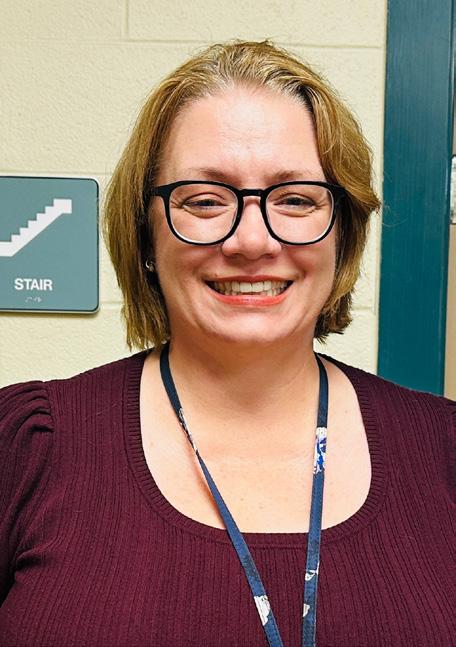
“Every time I did anything in life, I always ended up teaching somebody,” Ford said. “It just kind of made sense.”
After serving as a manager position at Walgreens and managing business operations at a communications company, she ventured into the world of education, working as a special educator at Chichester High School and assisting in the field hockey and track teams.
Ford also taught in the Philadelphia School District, as well as serving as a substitute teacher in Radnor and Lower
Merion School Districts. She came to Haven on a sudden impulse.
“I did it on whim,” Ford said. “I’m just gonna see if there’s any jobs out there, and I happen to find it.”
Ford notes her transition to Haven as trouble free and eccentric.
“It was like walking through a Hallmark movie,” Ford said. “It’s just a very different world here. Everybody here so far seems very happy.”
Ford hopes to make her students feel comfortable and to help understand the world in their perspective, which has influenced her teaching style and her goal of making students content.
“I figure out how they think,” Ford said. “Then I figure out how to teach them that might be different than what the main teacher does. If they still understand, they can keep up with everybody else in the room.”*
Ms. Amanda King Science
Jane Yau ’29
Contributor
West Chester University grad
Amanda King
has always had a passion for environmental science.
“My mom works for the Department of Environmental Protection, so I’ve always had kind of a love for the environment,” King said.
Although King began her career with a STEM related major, she decided to switch after realizing that she enjoyed working with kids.
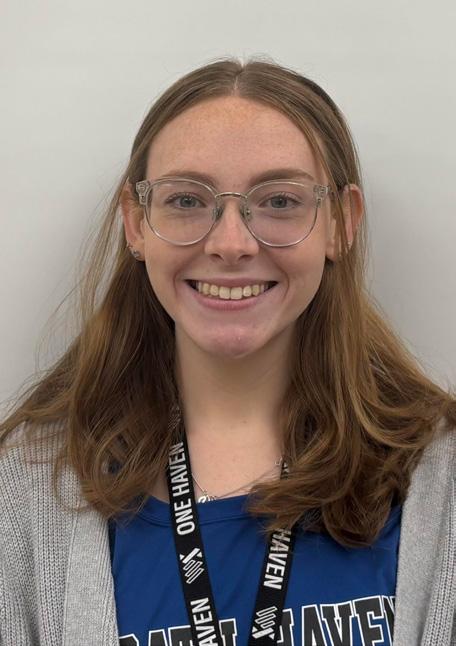
“I started off as a math and natural science major and decided to switch to education,” King said. “I started working with kids and really enjoyed it.”
King feels accepted in her first two months at Haven, and is happy to work in an inclusive community.
“I always felt very welcome, very supported, so it’s very nice to come into that environment with such a supportive faculty, staff, and students,” King said.
King looks forward to meeting with students everyday and strives to make her classroom a welcoming place for everyone.
“My favorite part of the day is interacting with everybody and all the students,” King said. “Everybody has such unique characteristics, and it’s really nice to see how everybody is so different, but we all come together with our science classes and do all of our sciency stuff.”
King is hopeful for her future at Haven, and looks forward to the rest of the school year.
“I love it here, so I’m excited to see what the future holds and what different things I can accomplish when I’m here,” King said.*
Ms. Caroline Gilfoil, Spanish
Damini Mydur ’29, Siya Goindi ’29
Contributors
Ms. Caroline Gilfoil is no stranger to Haven students. After teaching Spanish at Strath Haven Middle School for 17 years, she has transitioned to teaching Spanish at the high school.
“Prior to that, I taught abroad. I taught in Cali, Columbia, and I taught in an American school for three years,” Gilfoil said. According to Gilfoil, her experience at the high school has been good so far. The block schedule has taken some adjustment.

here, and it was kind of scary, because the kids are running up to the board… it’s better with smaller kids, not the ones who are over six feet tall,” she said. Gilfoil’s transition from the middle to the high school was a little rocky in the beginning, as she can’t see her closest colleagues everyday now. At the middle school, all of the other Spanish teachers and their classrooms were right near each other, so seeing and talking to them everyday was easy.
“It’s so much longer, so that means that I have to plan more every day, because the course is going by so fast. Everything happens so fast with the block schedule, because you have to cover content in like half the time,” Gilfoil said. She has found that a few other adjustments were necessary — like changing a game she used to play at the middle school called ‘Steal the Bacon.’
“I played it with one of my classes
“I guess it’s gotten easier. Maybe it was a little difficult in the beginning, because I miss my friends,” Gilfoil said. “But other than that, it’s been pretty good.”*
MR. CHRISTOPHER BENNETT
MS. JENNIFER FORD
MS. CAROLINE GILFOIL
MS. JENNIFER O’BERG
MS. AMANDA KING

Ms. Kate Sargent Behavioral Health Counselor
Kaitlyn Ho ’26, Kathleen Hu ’29 Editor-in-Chief, Contributor
Six years out of high school herself, Ms. Kate Sargent hopes to offer assistance to any students that come to her door.
“I want to be able to support students through their high school experience, whether they’re struggling, whether they’re doing great, just any kind of support I can provide for them,” Sargent said. “I want to be a helping hand and make sure they feel like they’re not alone in any of it.”
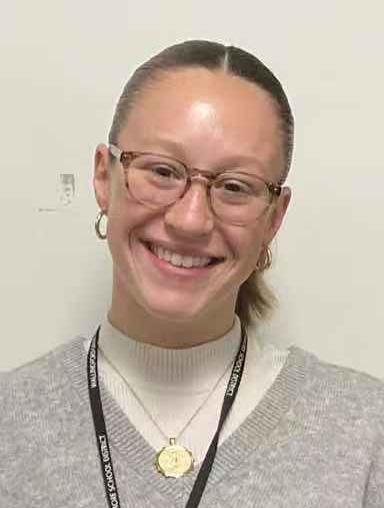
Sargent discovered her passion for working with students during her graduate program, which was in social work. “I think being in a school is a really unique place to help out students. I think you’re able to see students in their environment day to day and help support [them] in the place that they are most of their life,” Sargent said. A friend told Sargent positive things about Haven and its community, which encouraged her to apply as a counselor here.
“I was very pleasantly surprised about how focused [Haven] are on students’ mental health,” Sargent said. “I was very pleasantly surprised about how comfortable some of the students are with reaching out for help too. I think that’s such a hard thing to do as a growing person, and I provide so much praise for those students who are able to just be like, hey, I need help with this, or this is going on in life.”
Sargent hopes that any students who remain reserved will be more open about expressing their need for help.
“I always want to encourage students to reach out for help,” Sargent said. “No one ever has to do anything alone. I want to normalize that help.”*
Ms. Elisabeth Bomstein Science
Michael Conallen ’27 Contributor
Now a long-term substitute in Haven’s science department, Ms. Elisabeth Bomstein was once a kid who enjoyed looking at bugs and learning about the world around her.
She originally chose teaching because she disliked school when she was growing up.
“I was hoping to be a part of other people enjoying learning and maybe hating school a little less, or even some of the time, enjoying it,” she said.

Even as a newer teacher, Bomstein values the sense of community that Haven provides to students.
“It’s the community,” Bomstein said. “I was just talking with Mr. [Jeff] Kahn about how everyone was participating so nicely at the pep rally [and] that you have really diverse groups getting along with one another, and people are really engaged, and it’s cool to be a part of that.”
She loves teaching science to Haven students and is really appreciative of the staff.
“Here, the students and staff have been wonderful, and they just make my days worthwhile,” Bomstein said. “No matter how many hours I end up putting in during the day, I have energy to do it because it feels really rewarding, so I’m thankful.”
She wants other people to learn to be curious about the world around them, and learn about the scientific method.
“I think scientific literacy is really important. And we have seen a lot of struggles with scientific illiteracy that show up in our society,” Bomstein said. “When people understand that science is a process, it’s not perfect, but the consensus is usually the best we know about the world.”
For Bomstein, science makes the world seem magical.
“With chemistry, it’s looking at things on a very small scale. One of the most exciting things to me was learning that everything is mostly empty space,” Bomstein said. “That’s what I love about science. It kind of feels like magic, only it’s real.”*
Robotics team gears up for school year
Ms. Elizabeth Maddonni Attendance Assistant
Nelson Saylor ’29 Contributor
Normally when students are running late to school, they usually enter from the lower lot entrance and head to the small little office next the main doors, also known as the attendance office.
What they don’t know is that we have a new faculty member working there: Ms. Elizabeth Maddonni.
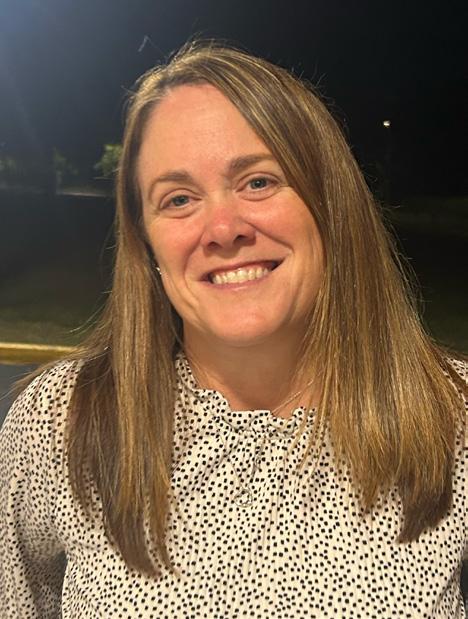
She is the Attendance Administrative Assistant, who started at Haven on August 19. She previously worked at Thermo King, a manufacturer of transport temperature control systems for trucks, trailers, railway cars, and shipping containers, where she primarily worked with computers.
“I started there very young. I was 17. I stayed there for 30 years so then I was just kind of ready to move on,” Maddonni said. “And my kids got older, so I was missing doing school stuff with them. So I knew I wanted to get into [working at] a school.”
Maddonni’s new role at Haven includes aspects of her former occupation, in addition to incorporating new elements as well.
“So then when I applied and got the job, I kind of understood how I would interact with the kids a little bit, not a whole ton, a lot, but we see them at lunch, so we get to see them all coming in and out,” Maddonni said. “So [I get] the best of both: I get to be in the school and still do what I used to do, kind of in the computer area.”
Maddonni enjoys sharing her interests in an effort to connect with students.
“I really like seeing kids coming in and out of the office. Sometimes they’ll stop and chat and tell us what they’re doing with their day,” Maddonni said.
When Maddonni got the chance to apply for the position, she was excited to join the Haven community.
“I really like seeing the kids all day. I used to be stuck in an office and never see anybody before,” Maddonni said. “It’s cool to communicate with them.”*
Haven’s robotics team shares how they are prepping for another active year of building and competing.
Joya Nath ‘28
Reporter
Step into the robotics room during any given fifth block, one will be met with the clacking of keys typing an elaborate code, the whirring of gears against the floor, and a constant flow of ideas.
Haven’s robotics club meets nearly every day in advisor Mr. Page Brown’s room to tinker, and the team is looking towards a busy and competitive school year.
For the past few years, Brown has been teaching a robotics class in addition to the club team, though they differ in objectives. This year, the class will run in the spring semester.
“In the robot class, we learn more on a small scale. We build little, tiny robots that do specific tasks, like throw a ball or pick up a block and put it in a different place,” Brown said. “The robot team, they build a big, giant robot that’s three feet by three feet.”
Additionally, the club team is provided with the opportunity to compete in district and regional level competitions. With the graduation of last year’s senior class, the team lost a significant amount of seniors, meaning they are forging ahead into this year’s competition season with a smaller team, though with lots of fresh interest as well.
“We have about ten people coming normally, because we lost somewhere from five to ten seniors,” junior team member Maisie Sentivan said. “We definitely have some new people that are interested.”
The main competition Haven follows is the FIRST Robotics Competition, which begins in January when

the “prompt” is released.
“They give us the task that we have to do in January, [meaning] they tell us what the game is,” Brown said. “Then you have six weeks to build a robot, and then the competition starts.”
The team will compete in two district competitions to accumulate points in an attempt to qualify for the regional competition held at Lehigh University.
In these competitions, students on the team are assigned specific roles on the “Drive Team” which is tasked with presenting the robot they’ve created.
“There’s the driver, the programmer, the engineer,”
sophomore team member Heidi Muller said. “I’m the human player who interacts with the robot.”
Sophomore Oliver Schultz continues with the coding he learned last year to put the pieces together.
“Without the code, the robot is just a big pile of metal and plastic,” Schultz said.
Despite the fact that the competition season does not start until the winter, students are hard at work practicing and keeping busy with other jobs.
“Right now we’re building the frame of a robot, so that we can practice driving,” Brown said. “You’ll probably see us in the coming weeks driving it around the school during fifth block.”
WIth big aspirations and competition prices rising, the team is looking to zero in on fundraising.
“We’re trying to do some recruiting, and we’re going to be doing some fundraising,” Brown said. “The price of the competition went up this year, so we have some money to make up. We’re going to try to go down and get some businesses to see if they’ll donate some money to our team, and try to get us to the regional competition if we qualify.”
Though there may be less hands than usual, the robotics team presents an overwhelming zeal for what they’re doing and optimism for what they can create.
“That’s the thing,” Brown said. “We don’t start until January, and they’re here already.”*
MS. KATE SARGENT
MS. ELISABETH BOMSTEIN
MS. ELIZABETH MADDONNI
DRIVE TEAM • Robotics Team members tinker with the wires of their new driving robot during a fifth block. PHOTO: JOYA NATH

Students confront teachers in lunchtime debate over cell phone ban
The spectacle drew hundreds of students across A, B, and C lunches as students and teachers debated the merit of cell phone restrictions.
Clark Kerkstra ’27
Managing Editor of Web
on any given day at Haven, most students find themselves eating lunch in a noisy cafeteria.
But on Friday October 24, hundreds of students instead filed into an unusually loud library as science teacher Mr. William Rothenbach and math teacher Ms. Beth Benzing took on three separate pairs of student adversaries.
At first, during A lunch, the event drew a comparatively small student audience. But as the two hours of debate drew on, exponentially more students filed into the library to hear the sweeping rhetoric of the teachers and their student counterparts, eventually totalling over 250 students overall.
“I was pleasantly surprised to see how many people showed up,” Rothenbach said.
The debate comes in the wake of the implementation of the district’s new electronic device policy established last spring. The policy, while not a total ban, prohibits use of cell phones during instructional time.
teachers to participate in the debate.
“Mr. Rothenbach actually asked me if I wanted to be a part of it and it seemed really interesting,” senior Lila Martell said.
Martell was joined by junior Henry Hewitt for the last debate of the day, drawing over 130 students.
Earlier debates featured senior Lexi Benzing and Magnolia Brown arguing the student position during A lunch and seniors Dheer Parikh and Savvas Zeibekis during B lunch.
Rothenbach was impressed by the student debaters, thinking his preparation was outclassed.
“I thought the student presenters were very well prepared. To use a current euphenism, I think I got cooked.”
Mr. William Rothenbach Science Teacher
According to Rothenbach, the debate originated from a group of teachers that was looking to establish a better student relationship with technology. The format of a debate was intended to bring structure to the discussion and allow for students to advocate for solutions.
“I think the adults in this building, I think the faculty members, I think the board, would love to hear workable solutions,” Rothenbach said.
The debate was then promoted through various channels leading up to the event, with principal Mr. Andrew Benzing hyping up the clash between “Ruthless Rothenbach” and the students.
Rothenbach employed his own trash talk, emailing each competitor telling them to “go for the jugular.” Rothenbach later claimed the email was intended only for his debate partner, Mrs. Beth Benzing.
The debate began in each lunch with a brief introduction by Mrs. Beth Benzing and a layout of the rules by photography teacher Ms. Kate Plows as well as history teacher and speech and debate coach Mr. Jeffrey Kahn. Both sides were allotted two minutes each for opening statements and rebuttals as well as one minute each for questions and a closing argument.
Most of the student debaters were asked by involved
“I thought the student presenters were very well prepared,” Rothenbach said. “To use a current euphemism, I think I got cooked.”
Hewitt believes the debate went well, seeing teacher perspectives as more valuable than outsider input.
“I think that I was able to express my ideas clearly, and I was able to hear the perspective of the adult teachers, which I think is a lot more of a nuanced and educated perspective than that of some of the parents,” Hewitt said.
When parents from the advocacy group Haven Hold the Phone pushed for a total phone ban at school board meetings last year, Hewitt was one of the students who spoke before the school board, citing a petition against the ban he circulated.
“I made it my mission to talk to every lunch table of students at B lunch about how they felt about [the proposed ban] and I found myself sympathizing and realizing how important the perspective of the students [is],” Hewitt said.
Lexi Benzing stressed the importance of student voice in administrative decisions.
“I think [the debate] was really beneficial for both sides, for the teachers to learn what we were thinking as well,” Lexi Benzing said.
Other students also referred to the importance of fruitful discourse, seeing the debate as a step in the right direction.
“I’m very glad to be able to have this opportunity and be able to engage in such an important discussion, because I think the peaceful and productive discourse of ideas

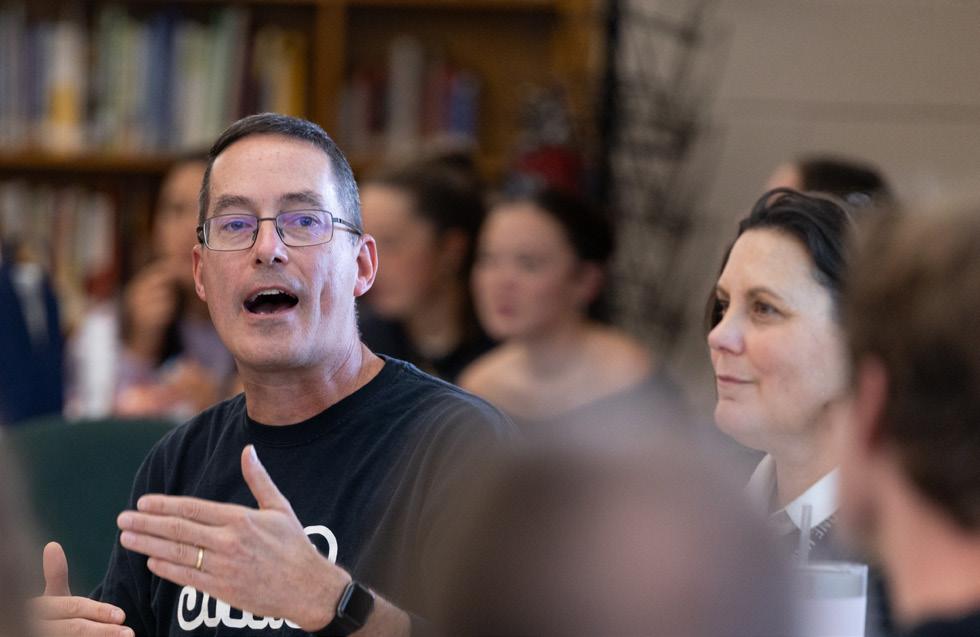
TOP: Junior Henry Hewitt delivers an impassioned speech as part of the debate over cell phones during lunches on Friday, October 24. Last spring, Hewitt previously crusaded against the total ban advocated by members of the parent group Haven Hold the Phone, giving a speech in front of the school board’s Policy Committee.
BOTTOM: Science teacher Mr. William Rothenbach asks his adversaries a question during the question-and-answer phase of the debate over cell phones on Friday, October 24 during lunches.
PHOTOS: MATTHEW RAMIREZ
is exactly what we need in America right now,” Hewitt said.*
Haven’s Speech and Debate team presents unique experience for students
Members and leaders of the team offer an insight to the club’s valuable aspects.
Cayla Gaffney ’29
Contributor
Stacks of empty pizza boxes sat on the floor, as students formally dressed sat at tables, laughing and chatting with friends. While it is an academic club, students and club advisers find that Speech and Debate serves as a team in their lives, and can apply directly to many aspects of school and future careers.
On October 11, students from the Haven Speech and Debate team and various other local high schools’ teams gathered for a tournament hosted at Haven. The team’s first home meet in six years lasted from 9 a.m. to 3 p.m., and students rotated between different classrooms for their events.
just meet up with them, and we’ll do practice debates, and that’ll get us ready,” Foster said. “Then once we’re there at the actual tournament, we do hotel practice debates in our hotel room with the people on our team.”
“I think we all collaborate. And so in my event, there’s a team of me and one other person, but since we all do the same event, we have the same topic, our teams can work together.”
Ted Dudley ’26
After recently winning a debate tournament at Yale with his partner senior Colin Foster, senior Ted Dudley recognizes the team values that Speech and Debate presents.
“I think we all collaborate. And so in my event, there’s a team of me and one other person, but since we all do the same event, we have the same topic, our teams can work together,” Dudley said. “So there’s intra-connection between different teams, and we all work together.” Foster highlights the enjoyment and fun times with his teammates and other Speech and Debate members, from meeting friends on other teams to preparing for tournaments.
“We have friends who go to other schools, and so we’ll
Speech and Debate not only provides a group feeling for the club participants, but also teaches students skills that can be applied later in life.
“I think my speaking has improved a lot, and I’ve gotten a lot more confident just talking. And so I think pretty much in everything I’ll ever do, like interviews and just talking to people, I think it’ll help,” Foster said. Members have not just grown and improved in Speech and Debate in competition and as a team, but also as people overall through their dedicated commitment to the club.
“They learn all these topics, and they learn all these things, and they get these skills, and they do incredible things with them, and hopefully go on to do awesome things later,” club adviser and social studies teacher Mr. Jeffrey Kahn said.
Speech and Debate will compete on November 7 and 8 at the Dallastown Wildcat Invitational.
“It’s never too late to join, everybody reading the article,” Kahn said. “[You] should come try now.”*
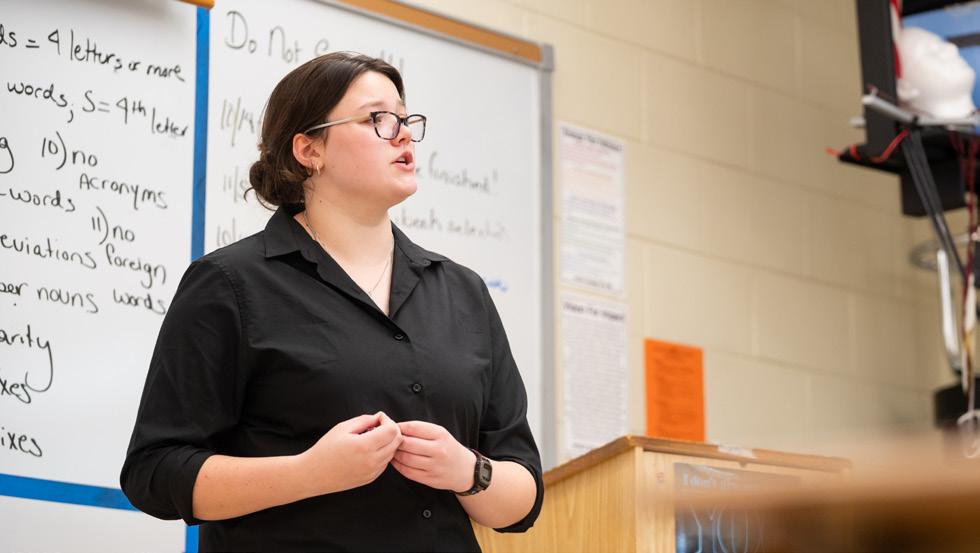
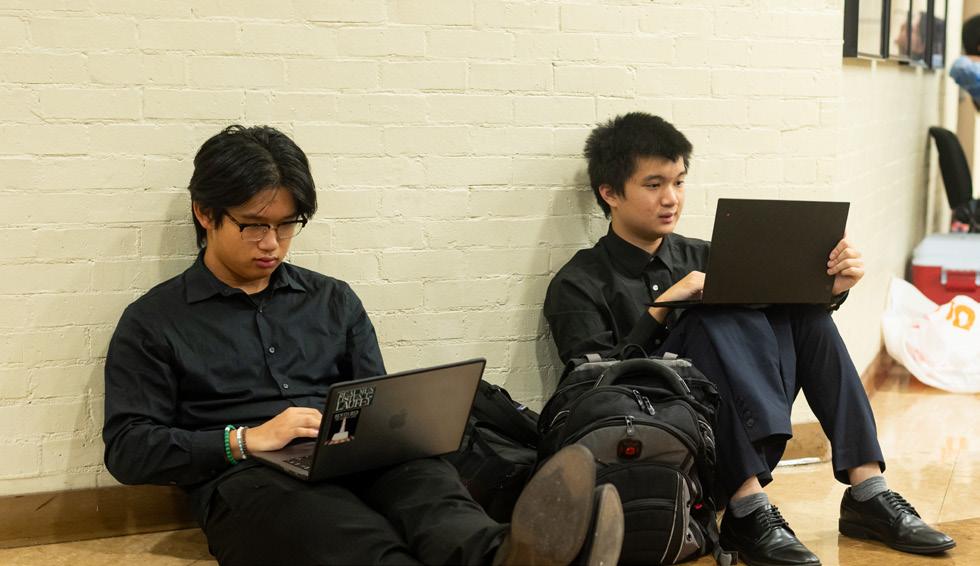
TOP: Lyla Kelly (11) gives her oratory speech during her speech competition. BOTTOM: Jason Zhang (12) and Yuhang Li (12) sit in the hall as they prep for their debate. PHOTO: MATTHEW RAMIREZ

The Wall: Physician describes influence of high school on medical career
Have you ever stopped to catch a glimpse at the Wall of Honor? We continue a series of interviews of noted alumni with the Associate Dean for medical education at the Penn State College of Medicine.
Mark
Ball ’26 Reporter
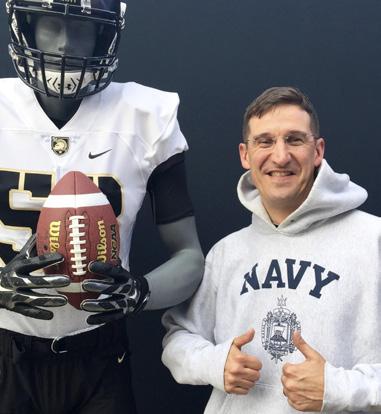
Dr. Mark Stephens credits aspects of his successful career in medicine and medical education back to his roots in the Wallingford-Swarthmore community.
Stephens graduated from Swarthmore High School in 1983 and was the captain of the soccer team, basketball team, and spring track team. Many of Stephens’s friends were sports captains alongside him.
“After high school, I was a liberal arts major at Penn State, and then did a master’s degree in Exercise Science before going to med school in Cleveland at Case Western,” Stephens said.
It’s a hidden gem,” Stephens said.
At the Uniformed Services University, Stephens won a student-generated award where they voted on the most impactful educator during their time in medical school. Stevens is the only person to win this award twice.
In 2016, Stephens retired from the Navy and has since been working at Penn State, where he is currently the Associate Dean for medical education at the Penn State College of Medicine.
“We have a regional campus in University Park, so that’s what I’m doing now. I’m still seeing patients, still doing research, and pretty involved in undergraduate medical education,” Stevens said.
“Swarthmore really felt like the foundation for what was for me, or continues to be, an extraordinary career in medicine and medical education.”
According to Stephens, Caroline Baker, one of his English teachers, influenced his decision to pursue a liberal arts education as an undergraduate by teaching him the importance of reading and a broad base to his education.

Dr. Mark Stephens
He joined the Navy to help pay for medical school. He did his residency training in family medicine in Bremerton, and then served 27 years in the Navy in San Diego, D.C., Sicily, and North Carolina.
“[During] the last 10 years of my career in the Navy, I was involved in medical education at the military medical school in Bethesda, Maryland. It’s called the Uniformed Services University of the Health Sciences.
He described his liberal arts education as “a good foundation for critical thinking and how to solve problems has been very helpful as a physician.”
Stephens noted that graduating from Swarthmore High School in 1983 as part of the last graduating class before the school’s merger with Nether Providence High School was interesting.
“It was in a period of time when I don’t think either
SEPTA budget cuts burden community
school really wanted to merge,” he said. “Swarthmore would have been fine with the community staying as an independent, small, public high school, and I think Nether Providence would have said the same. The realities, the financial and social realities of the time, were that the merger was going to happen.”
Stephens is grateful for his roots in the Swarthmore community and still owns a house there. He described the community as a great place to live and grow up. “Swarthmore really felt like the foundation for what was for me, or continues to be, an extraordinary career in medicine and medical education,” he said.*
As SEPTA faces funding cuts, the community is left dealing with longer commutes, higher costs, and growing uncertainty.
Lavanya Dixit ’27, Evie Fernandez ’27 Health and Sciences Editor, Managing Editor of Print
When the Southeastern Pennsylvania Transportation Authority (SEPTA) announced service reductions and fare increases this summer, members of the community, many of whom rely on SEPTA for transportation to jobs, events, and opportunities, feared disruptions in their routine.
Wait times increased and routes vanished as the transit agency attempted to account for a multihundred-milliondollar shortfall in funding.
This shortfall is not a recent development, however. SEPTA has been going through tough times since they announced that they were raising their fare by 7.5% in 2024, regardless of Governor Josh Shapiro’s attempt to stop service cuts by supporting their funding. SEPTA has long been through funding struggles, with them negotiating with workers last year to avoid a strike.
two years. However, SEPTA is still facing service cuts, overcrowded transportation, and increased fares.
More recently, regional rail transportation has faced crowding and delays due to SEPTA’s inspections of their Silverliner rail cars, which were recommended after the National Transportation Safety Board released a report investigating five fires that occurred this year. According to reports, SEPTA is rotating cars in and out of service for the inspections, but delays and cancellations are still a factor.
“I wouldn’t want to burden my parents with driving me 30 minutes there and back every day, or an hour total commute every day, which is why it was good for me to have the transportation.”
Andre Fan ’26
In August, SEPTA announced that they were increasing the price of fare by 21.5% beginning September 1, as well as cutting service by 20% on August 24 and another 20% on September 2.
However, a Common Pleas Court judge ruled that SEPTA was to pause changes made after August 29, leading to the fare increase and the second service cut being put on hold.
Due to the 20% service cut on August 24, Pennsylvania regional rail lines Chestnut Hill West, Paoli/Thorndale, and Cynwyd, are running only every two hours. Many bus routes ended up with reduced service times. SEPTA also implemented a 9:00 p.m. curfew on all remaining Regional Rail and Metro services.
Delays and crowded vehicles are a result of Pennsylvania legislators disagreeing about how to fund SEPTA through the state budget. Two-thirds of SEPTA’s budget consists of state subsidies; however, recent discussions between legislators have debated whether SEPTA should dip into capital assistance as well.
Ultimately, Shapiro permitted SEPTA to use $394 million in capital assistance to fund operations for
All of this is specifically relevant for people whose daily commute involves SEPTA’s public transportation. Parents have jobs in the city, but many students also utilize SEPTA’s train lines to get into the city for internships and other programs.
“I mainly used [SEPTA] over the summer during my research at Penn. I had to go into the city every single day. That was a 30-minute commute because of the trains,” senior Andre Fan said.
SEPTA’s bus schedule runs more locally, which is a help to students who need transportation to get to work within Delco.
“I live in Wallingford in the tree streets area, and my job is along Baltimore Pike, and that’s really great, because that means the 109 Bus Stop is a 10 minute walk from my house. So I go there, take the bus, and go down Baltimore Pike. It’s a 20-25 minute bus ride. It’s really great,” junior Shelby Seidman said.
For many students, SEPTA is not only a convenience but a necessity for gaining access to jobs and opportunities. By having a means of transportation that students can utilize independently, internships, jobs, and programs in the city, too, become much more accessible.
“I wouldn’t want to burden my parents with driving me 30 minutes there and back every day, or like an hour total commute every day, which is why it was good for me to have the transportation,” Fan said.
These budget cuts may also affect members of the community who work in Philadelphia.
“It would definitely limit [transportation], especially

GROUP TRAVEL • Kathryn Barrett (11) takes a selfie with 22 other student publication staff members in the early hours of Oct. 23, as the students meet at the Wallingford SEPTA station to travel to Temple University for a student journalism contest. When WSSD busses were not available due to the morning bus routes, students were still able to attend the event by regional rail.
for the people who no longer have a train to commute in. Not just students, but also just people who work in the city and live in the suburbs are affected greatly,” Fan said. The bus is a great aid for students who can’t drive or aren’t interested in learning.
“I don’t really like driving. I don’t want to learn how to drive. It’s scary, and it’s a lot of pressure, but if I can take the bus, I have less pressure to learn how to drive, because I can get to a lot of places that I need to through public transit,” Seidman said.
Transportation SEPTA offers helps students and community members get to where they need to be, and some students find it important to keep these services up and running.
“I think it’s definitely necessary to do something about [the SEPTA service cuts], especially because [SEPTA] is something that so many people have relied on for so long and now it’s being taken away,” Fan said. “Yes, people can adjust, but is it really worth it if we can obviously do something about it, or try to at least?”*
Dr. Mark Stephens PROVIDED BY MARK STEPHENS
PLAYFUL PAST • Dr. Mark Stephens poses with a basketball in a 1983 yearbook candid, wearing a Haven jersey. PROVIDED BY MARK STEPHENS
PHOTO: KATE PLOWS

Media Pride crosswalk offers colorful call for inclusion
The hand-painted rainbow pride design took strategic planning and hours of hard work from volunteers. Claire Salera ’27, Anabella Larin ’27 Haven Happenings Editor, Reporter
If you’re strolling through Media, you might spot a burst of color transforming the road with vibrant spirals of rainbow hues across the State Street and Plum Street intersection.
The newly painted Pride crosswalks, inspired by The Wizard of Oz’s Yellow Brick Road, were completed on Sunday, September 28 after hours of dedicated work by local volunteers and a month of careful planning.
The project was brought to life with the help of the Media Arts Council, the Media Business Authority, the Borough of Media, artist and designer Victor Surbrook, and muralist Stephanie Untz. Stacy Olkowski, the co-president of the Media Arts Council, helped organize everything from the initial idea of the crosswalk to the painting day.
“You get a design, you work it out how it’s going to get laid out on the actual pavement itself,” Olkowski said. “The Media Arts Council did all of the fundraising for this, so it was of no cost to the taxpayer. And we received over 200 donations to fund the crosswalk.”
it was a very divisive thing,” Olkowski said. “I think the important thing with something like that is even if you don’t agree with it, it gets you thinking about it. And so you can at least come to an understanding of what the art might mean, despite your feelings about it.”
However, the positive support far outweighed the negative and many community members and Haven students praised the project.
“Doing a public art project like this, and particuarly Pride Crosswalk, really shows first that Media, and the community around Media, is a place of inclusion and celebration of diversity.”
Stacy Olkowski Co-President, Media Arts Council
Donations greatly helped make the project possible.
According to an article written by Danali Sagner for The Inquirer, the Media Arts Council raised over $9,400, exceeding the fundraising goal. The support from local community members along with both SEPTA and the Media Borough Council helped to pave the way for the new symbol of inclusion.
Despite the overwhelmingly positive reaction to the new crosswalk, not everyone was thrilled.
“I talked to a couple of people who just didn’t understand why we would want to do a project like this, they thought
“Considering the fact that the LGBTQ+ [community] is currently under attack right now, I really appreciate the support, especially as an LGBTQ+ person myself, just knowing that there are people out there who care is nice,” junior Elaine Herndon said.
Volunteers also worked for hours, painting every detail of the crosswalk, including a meaningful community component of little hearts beneath the top layer of paint.
“We had a stencil aspect of it where we had heart stencils and you could put someone’s initials in a heart and then paint over it on the crosswalk,” Olkowski said. “Of course, that got painted into the crosswalk itself, but our goal was to really make sure that everyone could put a little piece of their heart into the crosswalk itself.”
The colorful hearts beneath the rainbow pavement became small tokens of community and connection, each one telling a different story of friendship or love.
Community members and students felt the crosswalk helped share a powerful message.
“Art is a way to express yourself and public art, especially, is a way to get the message out,” GSA leader and senior Gordon Morris said. “And when you see stuff about Pride
Students reflect on PSAT exams, adjust to two-hour delay schedules
Students share their experience on this year’s PSAT exams and how the adjusted schedule impacted their day.
Damini Mydur ’29
Contributor
Sophomores and juniors took the PSAT exams at the high school on Wednesday, October 15 in preparation for the SAT test in the future. The students’ reviews were mostly mixed, with some stating that the test went well while others said they struggled a bit.
“Honestly, it went better than I thought, because I was stressing about it,” sophomore Skylar Jay said.
“Before, I was like, oh my god, I’m not going to know anything, but then, when I actually got to the test, it was not as bad as I thought.”
year, as they have been for the past two years. Many students report that the online version gives them more time to answer the questions, making test day less stressful.
Jay feels more relaxed doing it online as she is able to see how much time she has left for the exam.
The PSAT exams were online this year, as they have been for the past two years. Many students report that the online version makes the test day less stressful.
Despite the test going well for most, some students recalled struggling, especially in the math section of the test. Jay said that she was getting asked questions from Algebra 2, which she had not learned yet.
Many of the online standardized tests are adaptive, meaning they adjust the second module according to how the student has performed on the first.
“I would say it did not go the best because I did not know all of the math, but I think I did good on the English part, but it just got harder,” Browne said.
The PSAT exams were online this
“Assignments on paper, teachers rush you on it, especially when you have to get it done,” she said. “And obviously you don’t have the timer, like you have online.”
Although Wednesday was not exactly a favorite for sophomores and juniors, freshmen and seniors got the luxury of sleeping in for an extra two hours due to the adjusted testing schedule. The schedule allowed freshmen and seniors to arrive at school at 10:25 AM without any penalties.
“I actually really liked the two hour delay schedule. I feel like in past years it kind of seemed confusing, but this year it was very well structured,” senior Morgan DeJarnette said. “It was also nice to be able to wake up [late]. I had so much more time in the morning to also do work and work on college applications and stuff, so I was a really big fan of it.”*

Crosswalks being ruined, the more we can do here, the more we can get that message out, the better.”
Others appreciated the message of safety the crosswalk conveyed.
“Considering that these crosswalks don’t seem like a lot, but it makes me feel safer,” Herndon said. “And I think it probably makes some other people feel safer too, knowing that this is something that Swarthmore has accepted and that Media has accepted and is okay with just having there.”
According to Olkowski, the project represents more than just a colorful intersection: it is a statement about what Media truly stands for.
“Doing a public art project like this, and particularly Pride Crosswalk, really shows first that Media, and the community around Media, is a place of inclusion and celebration of diversity,” Olkowski said.*
What are your favorite lunch food(s)?
Students share their favorite things to have at lunch, including both food bought at school and brought from home.

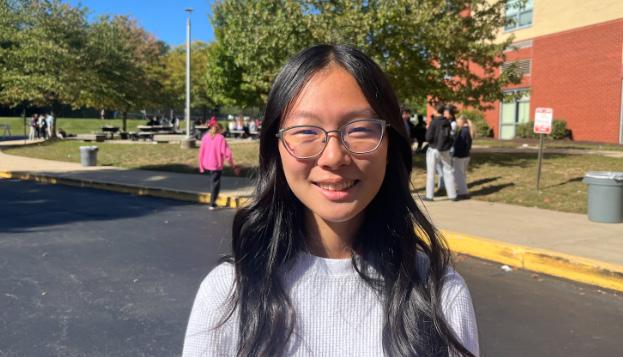
food that I
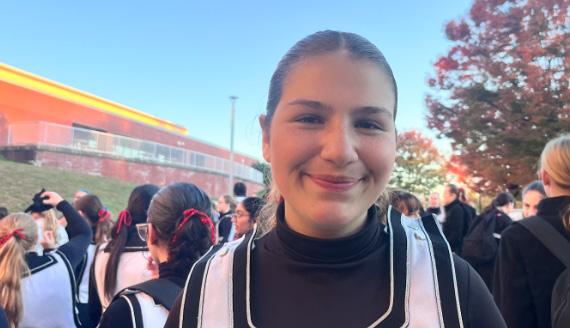
like having like yogurts in my lunch, because they are a nice, refreshing treat.”
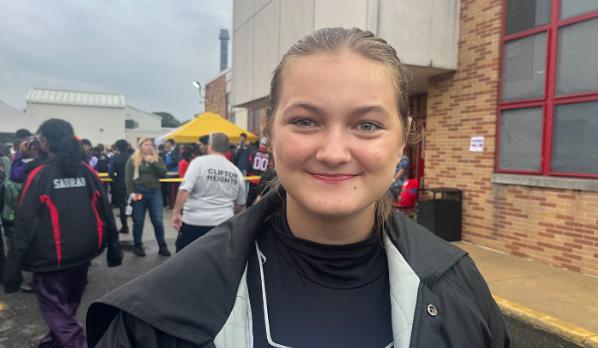

“I would say probably a chicken patty, but it’s got to be a good one. Sometimes the chicken patties are kind of flat. Or the french fries, if they’re not soggy, but sometimes they are.”
“My favorite food to have is french toast sticks, because when I was in second grade, my table used to do this thing called dare. Once, I got dared to dip my french toast in ketchup and actually liked it.”
A STRIKING SIGHT• The rainbow Pride crosswalk brightens the intersection of State Street and Plum Street in downtown Media.
PHOTO: ANABELLA LARIN
“I
AbigailBell-Collins ‘28
“A
really like to bring for lunch are small onigiris that are little triangles, because my mom really likes to make them.”
Amber Fan ‘29
Logan Mitchell ‘27
*
Brooklyn Elia ‘28
Rowan Brown ’29
Contributor
“What I really enjoy to have at lunch is granola bars, because they’re really easy to pack into my lunch and I like to eat them on a daily basis.”
RubyHezlep ‘29

Celia Bookshop opens in Swarthmore
A new, accessible medium for students and community members to hang out, study, and explore new books.
Giana Gliko ’26 Reporter
You open a red wooden door. Music plays in the background as your eyes meet books shelved from floor to ceiling and nestled between green walls. Sunlight filters through large windows, illuminating a fluffy dog lounging on the floor and elementary schoolers socializing and reading in various corners.
This was my experience the first time I entered Celia Bookshop on Park Avenue in Swarthmore.
“One part of the bookstore I really love are these hanging book lights; they look like open books hanging from the ceiling. It looks like they’re floating in mid-air. It adds a nice touch to the bookstore and makes it seem magical,” junior Cierra Horetsky said.
Horetsky began working at Celia Bookshop while looking for something meaningful to do during the summer that matched her interests.
belonging, that if we weren’t here, they wouldn’t have,” owner Beth Murray said.
She and author Rachel Pastan collaborated to open Celia Bookshop on October 4. The two friends have been preparing since the summer of 2023.
“Swarthmore didn’t really have a small independent bookstore. I love Swarthmore, so I was thinking that it would be something that could really benefit the community,” Murray said.
“It’ll be a great space for [students] to hang out if they want to meet up with friends, find new books that they want to read, or that they have to read for school.”
Cierra Horetsky ’27
“It’ll be a great space for [students] to hang out if they want to meet up with friends, find new books that they want to read, or that they have to read for school,” Horetsky said.
Senior Kazi Bhuiya’s first impression of Celia Bookshop was largely positive. He was impressed by its level of professionalism, large selection, and overall attractiveness.
“We’re in this to provide writers an audience of readers. Readers, books that they love. The whole community, a place where they can gather, talk about ideas, share ideas, and feel a sense of connection and
Murray envisions Celia Bookshop as a ‘third place’ people gravitate towards after home and work.
“The bookstore fits really well with the downtown’s vibe,” Bhuiya said.
According to Murray, design choices throughout Celia Bookshop appeal to all ages, such as tables and coffee for studying or work, and a kids area equipped with a fully functioning fairytale-inspired door.
“Living near the bookstore will…give me a space to study for finals, or read in general. Oftentimes, I never get around to reading because it’s just too noisy. But being in the store allows me to settle down and read a book,” Horetsky said.
Celia Bookshop has already hosted many community events. They have also connected with the district by hosting the SRS Home and School Association’s parents’ night out, reaching out to district librarians and teachers, and creating middle and high school student advisory groups. Murray plans to continue these connections in the future.
“We’re open for ideas. We’re not going to try to predict
Haven welcomes French exchange students
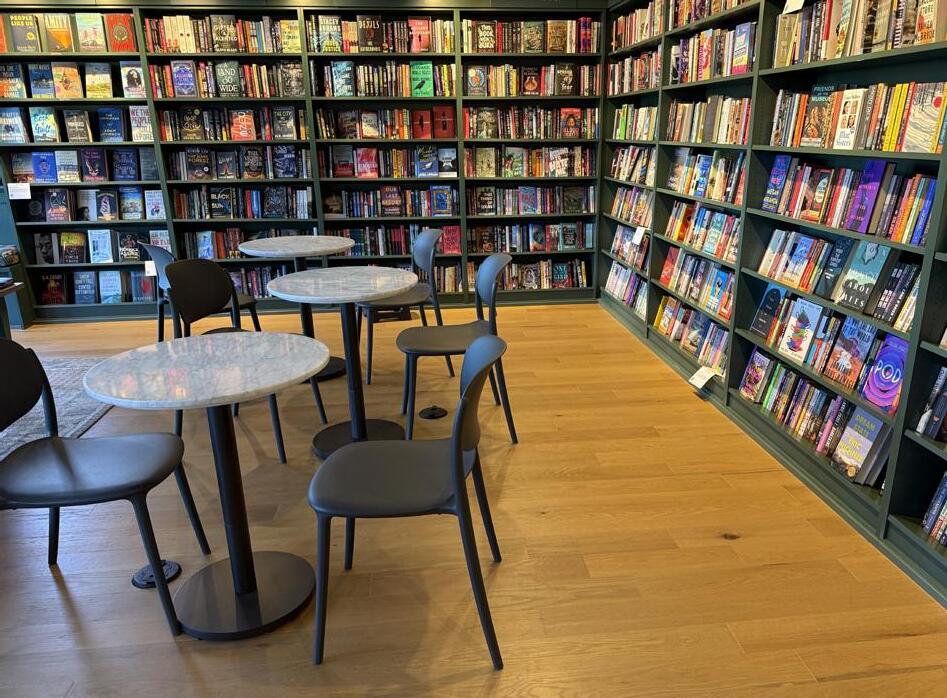
what high school students want,” Murray said. According to Bhuiya, it is important to have a bookstore within walking distance of his community and school.
“Having a bookstore that puts those books out there and makes them available, so people who do wander in — and maybe they’re not even here for a book, maybe they’re here for a scone — they encounter a book and it piques their interest. And you never know where that’s going to go and how that’s going to change that person’s life,” Murray said.*
The program fosters connection, shared culture, and understanding between students of different nationalities. Morgan Matthews ’28
Detours Editor
French students joined Haven hosts in their daily lives to experience a new culture and way of life.
Students arrived on October 9, and departed on October 19, spending a little over a week at Haven.
Sophomore Jocelyn Kurchan was eager to join the program and was able to do so with a quick sign up.
“We were told it was a fun experience a few months in advance,” Kurchan said. “When the time came, we were sent a Google form and the first 15 people who signed up were the ones who got in.”
The lead up to the trip on the French side of things was a bit more lengthy.
“We heard about it, like, three years ago, so we’ve been waiting for a long time. We weren’t sure we could come because of the [government] shutdown and everything, but finally we made it,” Kurchan’s paired student Louise Jullian Vedel said. Host families took into account the long, exhausting journey that their partners, nicknamed “Frenchies,” endured, going all the way from France to Philadelphia.
the pairs had quite the adventures, filling every moment with excitement and plenty of things to do.
“We arrived on Thursday, then went to school on Friday. On the weekend, we went to Top Golf and to the King of Prussia Mall,” junior Josh Lund’s paired student Nicolas Chauvigne said. “Then on Monday, we went to Washington, DC. So we visited the National Mall, all the monuments, the White House and so on. Yesterday we visited the Independence Hall, the Museum of the American Revolution, and more.”
Students were able to compare aspects of their lives with one another, a major difference being the American versus. French school schedules.
Sophomore Natalie Jensen and her student Joséphine Barbier adjusted activities accordingly.
“They came October 9, and we kind of just got settled at our house,” Jensen said. “It was definitely awkward in the beginning, because she was really tired, so she wasn’t really speaking English that well, but then we warmed up to each other, and it’s been really good.”
After getting some much needed rest,
This large array of activities ensured that there would be something for everyone.
“I think my favorite thing was Philadelphia, such a historical city,” senior Luc McPherson’s student Swan Girard-Mayeux said.
Haven hosts have exposed their French students to a number of the more stereotypical American activities as well.
“They’re going to come to [homecoming], and after, I think we’re going to go to Nifty 50’s and eat a lot of fast food. It’s crazy how much we’ve had, I think Sienna Ferraiolo and her student have had Chipotle around three times now,” Jensen said.
The prospect of Homecoming excited the Frenchies, as they don’t have anything quite like it back home.
“We have something at the end of senior year, after we pass the exam, but it’s not such a big thing,” Jullian Vedel said. American cinema contributed to the

anticipated perception of the experience.
“It’s like in the movies,” Chauvigne said. Students were able to compare aspects of their lives with one another, a major difference being the American versus. French school schedules.
“In France we start at eight, and we have about 12 different classes. Our schedule is way more, so we start at eight in the morning and we end at 6 p.m. We usually don’t have school on Wednesday afternoon,” Chauvigne said.
Haven students will head to France during spring break and reunite with their Frenchies.
“I’ll go to France, and basically do the same thing there. I’ll go to school with her, and then I’ll go on some trips to go see other stuff,” Kurchan said.
Overall, the trip has been beneficial to both hosts and visiting students, each person able to gain a new perspective from the unique opportunity.
“They love it here. My exchange student, Josephine, she’s fluent in English, French and almost German, so she knows everything really well,” Jensen said. “Since I’m like an only child, it’s really nice to have someone at the house and with me like 24/7. It’s kind of like a builtin friend.” *
BOOKS GALORE• Tables and books welcome patrons in the front section of Celia Bookshop in Swarthmore on Oct. 16.
PHOTO: GIANA GLIKO
WELCOME TO HAVEN • Haven French students pose alongside their Frenchies for a group photo on the last day of the exchange. PHOTO: MATTHEW RAMIREZ


Clubs adapt to challenges on road to success
Over the years, Haven has provided a place for students of different interests to express themselves, often through clubs, however, sometimes the interest that fuels these clubs trickles out.
Josselyn
Dixon ’29, Izzy Boland ’29
Contributors
Currently, there are over 60 different clubs at Haven.
There have been many other unique ones in the past as well, such as Juggling Club, Gourmet Club, and even a Peek-A-Boo club. So, what happened to all these clubs? Some newer clubs bear a resemblance to their older counterparts, others seem to have disappeared completely.
While some clubs’ disappearances could be explained by considering the content matter — a David Letterman club might not be as popular as it was in 1985, for example — others don’t have as easy an explanation.
and sustaining clubs. As the president and founder of the Reading Olympics and the junior captain of the Science Olympiad, Yang uses many tools to maintain awareness of her clubs.
“I would make posters and have announcements for the club,” Yang said. “But I think, for me, one of the most effective ways is if you think a person is a good fit [for the club], reach out to them.”
“If you don’t have that core group of student leaders that are willing to put in the organizational time, it might not be successful.”
Mme. Suzanne Stadnicki Co-Director, Haven Activities
According to Mme. Stadnicki, who is the Co-Director of Haven Activities, one thing that can make or break a club is the student leadership.
“If you don’t have that core group of student leaders that are willing to put in the organizational time, it might not be successful,”Stadnicki said. “You need student leaders that are going to promote the meetings, whether it’s on Schoology, the announcements, or around the school.”
One of these student leaders, junior Joy Yang, has experience with creating
Another advertising method that Yang and other club leaders value is the Activities Fair, which helps clubs gain new members every year. For many club leaders, it is an opportunity to generate interest for their club.
One such club leader is Scarlett Rein, who is the co-editor in chief of Jabberwocky, Haven’s literary magazine.
“The Activities Fair was a really big day for us, where we were able to show everyone the physical copies of what we’ve created and explain it to them,” Rein said. “And even though some people didn’t want to join the magazine itself, they were really excited to submit, and that’s kind of the main goal of the

magazine.”
Rein utilizes many of the same awareness-raising techniques as Yang to keep membership up at her club. However, clubs have to also juggle fifth block scheduling constraints, which presents another obstacle. Jabberwocky’s way of negotiating this is by having 30 minute meetings, while Science Olympiad often makes its practices after the fifth block.
Even with all of these solutions, however, sometimes clubs end up not having enough members to continue. Stadnicki chalks this up to members graduating. She notes that clubs with a strong role at Haven tend to last longer.
“If you had a really strong student leadership for a club, and if it’s part of a tradition of Haven, I think we’re able to sustain it better,” Stadnicki said. *
Opinion: Students should not feel pressured to come to school sick
Students throughout the building put themselves through miserable sick days at school just to keep up with societal pressures.
Claire Salera ’27
Haven Happenings Editor
You’re strolling down the Green Mile. The person walking right behind you is coughing ferociously over your shoulder, the person walking towards you (who you make awkward eye contact with) is incessantly sneezing, and you’re trying to get through the day despite your throbbing headache and sour stomach.
As we approach flu season, more and more students are becoming sick. The simple solution is to stay home and focus on getting better, right? Not at Strath Haven. Many students attempt to push through the day despite not feeling well, only causing more contagion and making things more difficult for themselves.
Teens are usually sick with a cold between two and four times a year, according to Nemours Health. Out of the roughly 177 school days that our district is scheduled to have, this should not be a huge concern. So why don’t students stay at home when they are ill?
School nurse Ms. Sarah Fleming, who typically sends about 5-10 students home a day for being sick, hears many excuses for why students won’t just go home when they are sick.
students are suffering through sick days just because they are worried about a grade, then something needs to change.
Coming to school sick only increases the chances of spreading those germs to other individuals.
. 5-10
Haven students leave school each day because of illness.
80% of infectious diseases are spread through touch.
6-8 is the average number of colds children get per year.
Sources: Ms. Sarah Fleming National Library of Medicine National Foundation for Infectious Diseases
“What I hear a lot from the students is ‘I had a test today’ or ‘I missed two days last week and I’m really behind’ or ‘I had a big project’. Those are all valid, and I understand that,” Fleming said. Still, students should not feel the need to place their schoolwork over their own personal health, and the health of their peers. If it has gotten to the point where
“Some examples of ways that germs travel in school settings include contact (e.g., touching), sprays and splashes from coughs or sneezes, inhalation, insects, and through food or liquids (e.g., sharing with a sick person),” the Center for Disease Control states.
Fleming points out that since the COVID-19 pandemic, more and more people feel the need to carry out their everyday routines despite sickness.
“I think it’s a little bit of society now… post pandemic, we’ve just gone back to the old way of doing things, where it’s like, you just push through,” Fleming said.
In addition to emphasizing the importance of staying home when experiencing contagious symptoms, Fleming notes that catching up on sleep can be a secret remedy to help beat out and prevent future illness.
“One of the things I see a lot in my students here is a lack of sleep,” she said. “Sleep is magic, it goes a long way into helping you recover from illness faster
and feeling better quicker.”
Students who are sick should stay home and rest in order to recuperate, but they won’t feel comfortable doing this until they are given adequate resources and support to make up work.
Our teachers should prioritize student health over classwork, and develop personalized plans with students to make up work so they can miss a few days of school without stress. Not all students can stay fifth block to learn new concepts, so working out a different plan could do wonders at making students feel confident enough to take a day to
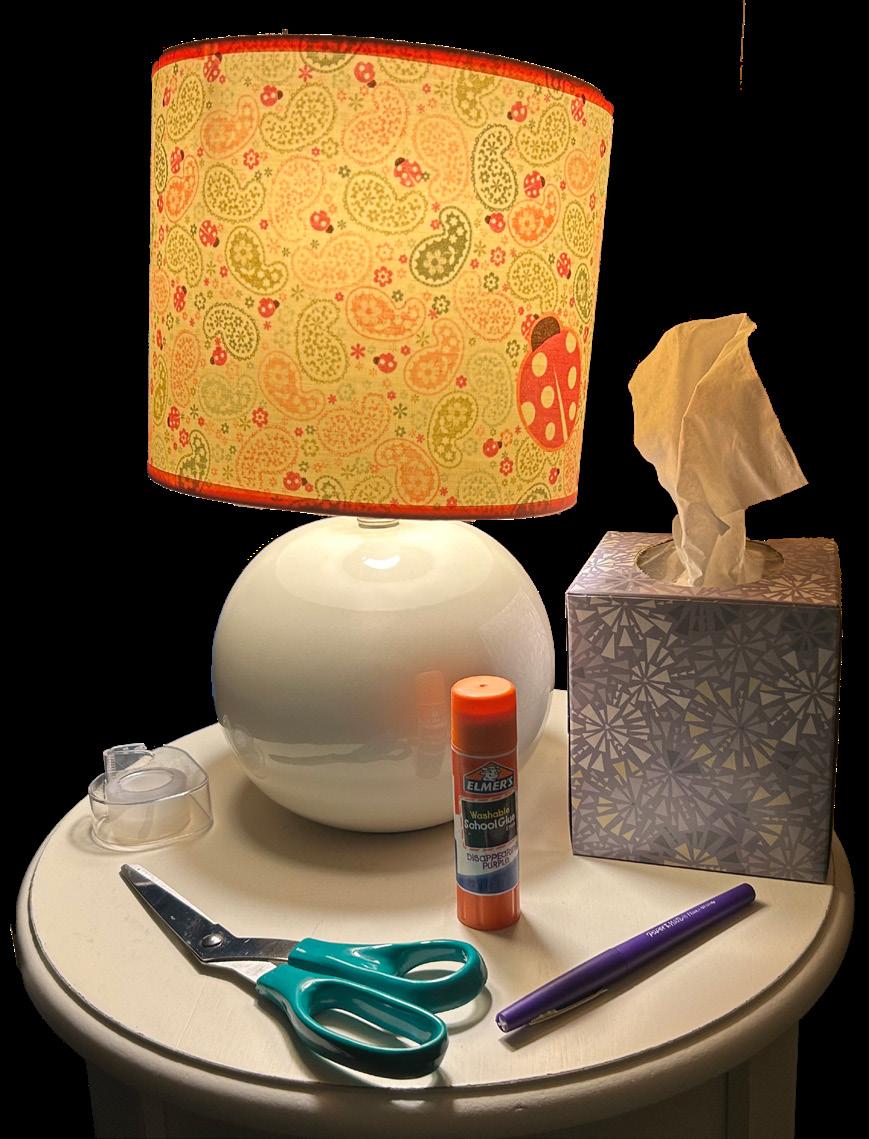
Like Fleming says, coming to school sick to complete graded assignments may seem necessary, but will you do as well on it as you would if you were healthy?
“If you’re sick, are you giving 100% to whatever you’re doing?” Fleming said.*
I SEE YOU! • Clubs come and go throughout the history of the high school. In 1985 students were offered clubs such as the peek-a-boo club, the neglected cinema club, and the David Letterman club. PHOTO: KAELEIGH FIREMAN | 1985 HAVEN YEARBOOK
ACHOO!• The scene of a sick teenager’s bedroom, as they struggle to submit assignments due to their illness. PHOTO: CLAIRE SALERA
Social studies classes must discuss current events
In an age of political confusion, high schools must place a greater emphasis on exposing students to current event discussions, facilitating independent analysis of political discourse.
Fiona Seale ’28, Michael Conallen ’27 Opinions Editor, Contributor
The world is changing faster than we know it, including classrooms.
Along with NIH funding cuts and DEI wipes as well as the demolishing of educational programs in favor of conservative replacements, school curriculums and educational platforms that have been upheld for years are being questioned.
A recent New York Times article reports that California, the largest democratic state, has passed new legislation pulling back efforts to better educate students in ethnic studies classes and limiting what educators can say in their own classrooms.
Teaching current events can be scary. However, its benefits to students will not go unnoticed.
Strong media literacy skills are necessary when one in five adults report getting their news from TikTok, AI is getting increasingly involved in education, and political misinformation is on the rise.
Social studies teacher David Waldman requires his seniors to read and analyze recent newspaper articles weekly.
“Becoming an adult is maintaining some kind of democratic focus on what’s happening in society,” Waldman said. “And in order to do that, you have to become somebody who’s able to decide which media sources you trust, and to develop your own tastes around what you’re going to read as an adult after leaving this place.”
Students need a structured outlet to learn media literacy skills, especially for seniors who will need civic knowledge to navigate responsible and educated voting.
“It’s ultimately important, far more than the other things that we teach, that they have a sense of the precedent of our political history, the current controversies, and what they think about those things,” Waldman said. “Because this crazy thing happens when they turn eighteen: their voice, their vote counts the same as mine.”
Current events aren’t built into all social studies curriculums. It can be a tall ask for educators to come prepared to teach the lesson with the right tact.
“If big things happen in the economy, not every social studies teacher is an economics teacher or a psychology teacher,” social studies teacher Mr. Jeffrey Kahn said.

“To put them on the spot and say, ‘now you must teach about these things,’ I think it’s problematic.”
Schools can’t expect every teacher to be an expert on any given issue. Such expectations risk non-factual and biased information becoming part of lesson plans. Current events don’t need to be strictly lectured by educators. Students should be asked questions about the world around them, and teachers can be tasked with overseeing discussion regarding current events.
It is of the utmost importance that students participate in these conversations. According to Syracuse University Today, in 2022, 72% of Republicans and 63% of Democrats viewed the opposing party as more immoral than other Americans—up dramatically from 47% and 35% in 2016. Political polarization spreads like wildfire in a digitally connected society.
It’s crucial to educate teens early on the ability to understand multiple perspectives and respectfully agree and disagree with peers. However, it is paramount that these lessons aren’t rushed, and it’s unlikely that students will be provided with another space to learn this material.
Rethink student evaluation beyond the grade
Test culture prioritizes scores over skills, often missing the mark.
Morgan Matthews ’28
Detours Editor
High stakes assessments don’t always accurately measure students’ understanding of a subject. More often than not, they paint an inaccurate picture of a student’s conceptual grasp.
In a school where students hone a variety of unique skills, it’s important to consider the full spectrum of learning and accommodate multiple performance styles. When a teacher announces an upcoming test, there’s a distinct feeling that washes over the classroom. The mood shifts instantly, a once buzzing environment now filled by deafening silence.
Following the brief period of shock that usually comes with this sort of news, the questions erupt. How many points will this be worth? Will there be corrections? How much time will we be given?
From student reactions alone, it’s clear that tests bring heaps of added stress into students’ lives. Whether it’s a unit test, a chapter quiz, a midterm, or a final, it seems like there’s always something new to prepare for.
Students face immense pressure at the hands of classic testing styles. The goal is no longer to gain thorough understanding of a topic, but rather to score high on the test.
Often, when students are simply given the information that will be on the exam and told to memorize it, otherwise known as “teaching to the test,” there is a failure to gain deeper understanding of how to actually apply learned concepts.
And then, there is the overload. “My class’s tests never coordinate and I always end up with three on the same day,” junior Shannon Murphy said.
Experts note that schools continue to overload students with rote memorization without teaching realworld application skills. “Students memorize loads of information and then regurgitate it to achieve certain metrics on standardized tests for each grade level,” advocates at the Education Revolution Association state.
It’s important to address the common misconception that only statewide and national tests are considered “standardized.” For most people, a ‘standardized test’ brings to mind the SAT. However, a standardized test can be something as simple as a unit test in which your teacher is grading everyone in the class based on the same answer key.
The truth is that standardized tests aren’t necessarily the best way to measure a student’s understanding of a topic. Each individual has their own unique skill set and skills to be developed. It’s important to remember that memorization does not always indicate comprehension and there is more than one way to measure understanding.
Social studies teacher Ms. Alissa Harvey prioritizes project based assessment in proportion to tests. This gives students the opportunity to develop vital skills that will be useful in future academic settings.
“What we’re trying to do is develop specifically research skills, but also writing and presentation skills, knowing that a lot of that will happen in eleventh grade,” Harvey said. “The best way to approach the class is to not prioritize the content, but the skills that we can develop,” In addition to gaining research and writing skills, project based learning gives students the opportunity to manage time effectively, with more freedom to find
“There’s so much that goes into this, that’s an entire lesson, and to do it in a short version risks really oversimplifying and dangerously having people say things that are offensive or wrong, and doing it as a big lesson is taking over the entire curriculum,” Kahn said. Haven doesn’t offer courses like AP United States Government and Politics. One option it does offer is Social Issues, Social Justice, a history course which places emphasis on current events discussion run by social studies teacher Ms. Xaras Collins has been unable to run in recent years.
“The other thing that makes it difficult here is we have a culture that tends not to let students allow themselves space for things that don’t have an AP designation,” Collins said. “I wish more students were interested, or at least had the time to really get a more in depth understanding of the topics and the systems thinking that in US history I can touch on, but I can’t drill down.”
Social studies and political science electives that provide opportunities to discuss politics must be more thoroughly promoted, and the stigma around taking CP courses must be adressed.
Especially in such a rocky political climate, it’s understandable for educators to be worried about offensive speech or student conflict in their classrooms when tasked with covering current politics. The New York Times cited a September 2025 poll showing that half the teachers that responded stated that political pressures have caused them to modify curriculum choices or in-class discussions.
We can’t be scared to tackle these issues, the interests of students have to be put first. Introducing current events discussion into classes can be as simple as watching CNN10 and having students answer questions about what they saw, like Collins’s class does.
To send off the best educated and most prepared students, prioritizing political discussions is vital.
“I don’t care in the end what their conclusion is,” Waldman said. “I don’t care what they think. I care that they thought.”*
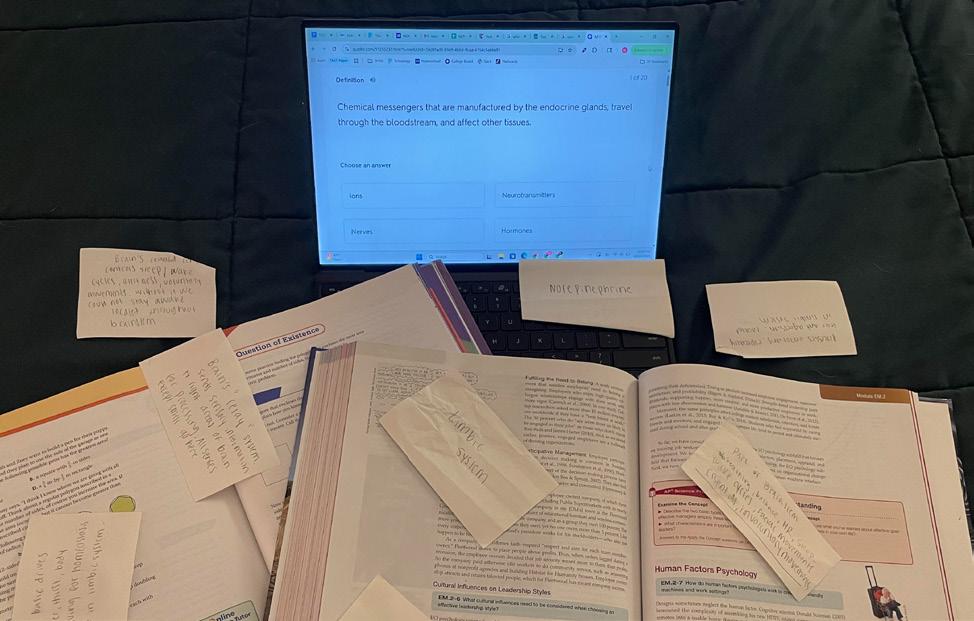
time that works for them to develop their knowledge in a rich, lasting way.
Rather than cramming to remember information that could be forgotten two days later, it’s important to identify new approaches that develop a deeper understanding of materials. This way, students aren’t being measured on their ability to memorize theorems and dates, but rather their ability to conceptualize big ideas and demonstrate what they’ve learned.
“[Tests] make me feel really stressed. I think projects are a better way to demonstrate what I know and apply my knowledge in different ways,” junior Alaina Brown said.*
STAYING INFORMED • Amid tense political climate, current event discussion in class becomes more challenging, but all the more relevent. PHOTO: MATTHEW RAMIREZ
CRUNCH TIME • A Strath Haven student uses study materials to memorize information for upcoming exam.
PHOTO: MORGAN MATTHEWS
AI at Haven: The line between help and honesty
As the use of ChatGPT, Gemini, and other generative AI tools expands for students and teachers, a district team begins work on guidelines and training — while still trying to understand AI’s broader impact.
Matthew Ramirez ’26, Evie Fernandez ’27, Savvas Zeibekis ’26 Editor-in-Chief, Managing Editor of Print, Sports Editor
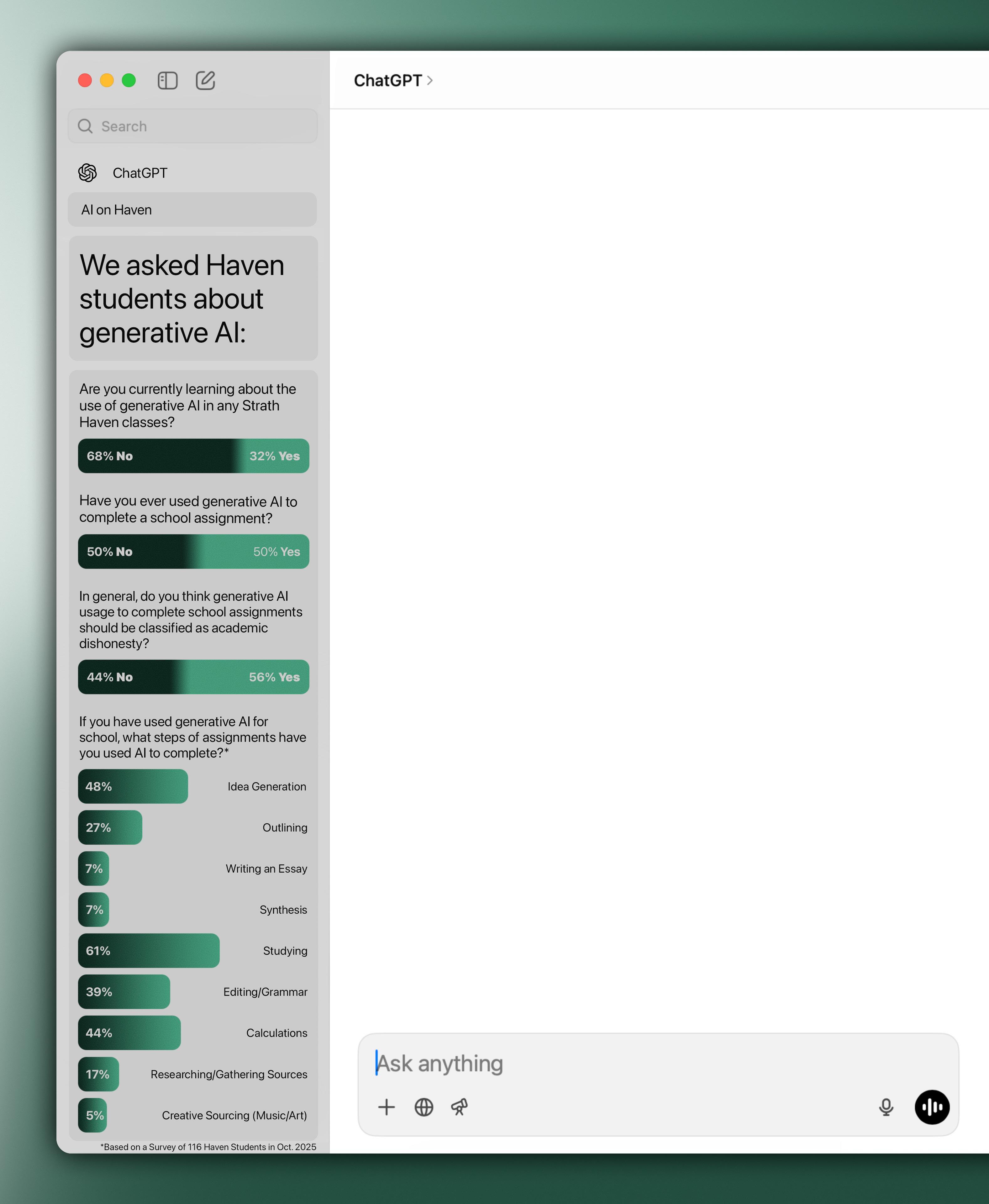
AI is everywhere. And for students and teachers alike, that shift is happening faster than anyone expected.
Since OpenAI made the large language model (LLM) generative artificial intelligence publicly available with ChatGPT in late 2022, AI has begun to reshape classrooms in the way students learn and how teachers teach.
An LLM takes large datasets and uses them to find the most probable string of words, formulating a response in a way that makes sense
according to its databases. So when a prompt is entered into a generative AI chatbot like ChatGPT or Google Gemini, it responds in a way that makes the most sense according to its databases.
This capability has changed how students complete their school work, allowing them to have an AI that can now complete the work in a fraction of the time it would normally take a student to complete.
While this efficiency can be appealing, the use of generative AI in academic settings has also raised
concerns about originality and the learning itself. Many educators have argued that when students rely on generative AI too much, it can be harder to assess their understanding of skills, making it an issue of academic integrity and long-term learning versus convenience. At Haven, students, teachers, and administrators are all adjusting to AI’s ever-changing place in academics and working to consider AI in their respective areas.
Tell me more about the student experience.
AI has become a part of academic life.
AI tools like ChatGPT, Google Gemini, Snapchat AI, and Grammarly are standard tools that students use to help them with outlines, essay drafting, problem-solving, or using it to study for an upcoming test.
The first result of a simple Google search is an ‘AI Overview,’ compiling information about your question and linking its sources.
“With things like Google AI Overview, you can get a super quick answer,” junior Pia Fries said. “It can work to simplify concepts. You can use it for school, but not necessarily for cheating.”
guides to help understand specific topics is a convenient use case.
“If you just give it [AI] the chapter you’re on, you can just ask it to make you a study guide,” he said. “It’s much easier than finding YouTube videos that have relevance to what you’re doing.”
“When information is so easy to access without putting a lot of thought into it, it can encourage students not to put their full thought into their work, because they can easily cheat and get the answers.”
Pia Fries ’27
Fries believes that AI usage can assist in school assignments, but also emphasizes that it should not be used for completing assignments.
“If students are struggling, [AI is] a good way for them to understand concepts that they might not understand without it. But I think it really depends on what a student’s intention is,” she said.
Senior Dheer Parikh believes that using generative AI to create study
Students also use AI to help generate ideas and create outlines for essays, slide decks, and research papers, using it as an idea generator rather than a full writing tool.
“You can just ask AI to collect things for you, collect your thoughts, without you having to sit on them for as long a time,” senior Yuhang Li said.
Similarly, sophomore Kavya Bhola believes that generative AI can be used by students as a tool, but also understands the line that crosses into acting as a crutch for students.
“I feel it’s just up to you if you use it properly or not,” she said. “I have seen some students in my past who will use AI and just everything based on AI, and some of them have been suspended.”
While generative AI has its benefits in an academic context, reliance on
generative AI to complete homework and assignments can cause longterm negative effects on students’ ability to retain content.
“I can’t prove myself on my PSATs or my SATs. Once it’s time [for exams], you can’t use any ChatGPT,” Bhola said. Using generative AI to shortcut assignments and projects that are intended to employ students’ creativity and analytical reasoning reduces students’ critical thinking. According to a 2025 study from MIT, using LLMs like ChatGPT to complete your work diminishes your critical thinking skills.
“It’s lowering the creativity of people at work. Instead of trying to do it with originality, they’ll automatically go to AI,” junior Airion Smith said. In an anonymous Google form survey sent to Haven students by student editors of the Panther Press, 50% percent of students reported not using generative AI to complete a school assignment.
56% percent of students believe that, generally, using generative AI to complete an assignment should be classified as academic dishonesty.
“When information is so easy to access without putting a lot of thought into it, it can encourage students not to put their full thought into their work, because they can easily cheat and get the answers,” Fries said.
Further, 34.5% percent of surveyed students who have report having used AI for assignments also report that using AI for school assignments should be classified as academic dishonesty.
Although these students think that the usage of generative AI is academic dishonesty, they’ve used it regardless.
Reasons for this may range from too

much work to plain laziness. But it goes to show that the incentive that AI proposes to students may often be too good to pass up.
“If you use AI ‘ethically,’ it’s sort of just a tool to speed things up, but at the same time, that’s sort of a slippery slope,” Li said.
What does the teacher and administrative side look like?
Teachers have begun to notice the shift.
Students may see generative AI as a helpful tool or shortcut, but for teachers, it’s started to change what learning looks like.
Since AI has been increasing in popularity, English teacher Ms. Katelyn Scaffidi has noticed the increase in students using it to complete assignments like essays and responses.
“I’ve had students try to use AI to do their work for them completely without using any of their own critical thinking skills,” Scaffidi said. “Obviously, I don’t support or encourage that in any way.”
Scaffidi has also seen students using generative AI in ways that have benefits over its disadvantages.
“Students use AI to look up synonyms for a word or look up examples of how something is done and then use that example as a springboard for their own ideas,” she said. “In that sense, I think it’s [AI] more effective.”
Many educators like Scaffidi are still uncertain about the use of AI in the classroom, and feel that conversations about usage will need to continue.
community forum, which students would be able to participate in as well.”
A group of teachers at the high school has assembled to be a part of the AI Professional Development and Culture committee. The group focuses on discussions about the possibility and implications of generative AI use in the classroom, but also contributes to decision-making at the administrative level.
“There are teachers from various content areas and grade levels; there’s a really nice representation of high school teachers, but all voluntary,” Paquette said.
Librarian Mrs. Beth Cohen, a committee member, notes that the teacher committee holds various perspectives on AI, ranging from strong support to strong opposition.
“I’m excited for us to be able to move forward and use the tools and have some creativity. I think it’s
going to be really fun to see what [students] will be able to do once we have some of that tech around.”
Ms. Kate Paquette
Supervisor of Instructional Technology
“Most teachers are still wrapping their heads around it and trying to figure out what those guidelines should be,” she said.
As part of a new district initiative, Supervisor of Instructional Technology Ms. Kate Paquette is leading the development of an AI policy for the school district. Although the district is in the early stages of developing an AI policy, stakeholders are actively organizing surveys for students and teachers, along with other community input methods, to gauge how AI is being used.
“It’s really important that we get feedback from both teachers and students to help inform what AI usage is going to look like,” Paquette said. “We’re also going to have a
“It’s a mixed bag,” she said.
Conversations in the committee range from how an AI could make teachers’ jobs easier, like differentiating assignments for different students, or using it as an editing or feedback tool, but one issue remains paramount.
“Obviously, the big concern is students using it to replace their own work, rather than as a support,” Cohen said.
Surrounding school districts like Radnor Township School District, Ridley School District, Penn-Delco School District, and Philadelphia School District all have policies outlining student and staff usage, training, and applications of AI. WSSD currently does not have an AI policy or usage statement.
According to Paquette, the policy that moves forward will ensure teacher confidence and will include both AI literacy and support for students and teachers, along with clarification for how these tools will impact academic integrity.
“There will be guidance on what to do in
certain situations,” Paquette said. Paquette, the district administration, and the teacher committee are working towards a goal of having an AI policy in place for the 2026-2027 school year.
“I can’t wait,” Paquette said. “I’m
As a key stage of academic and personal development, high school requires students to engage with their academics. It is a critical stage for the development of important skills and independence.
“We need to make school relevant for our students,” educator Michael Hernandez said.
Hernandez is a speaker, author, education consultant, and former journalism teacher whose work focuses on AI in the classroom, digital literacy, and creativity and innovation.
According to Hernandez, educators have to rethink and navigate the usage of AI in high school. It's acting as a push for educators to design assignments and curriculum that are engaging and purposeful, that help disincentivize student academic dishonesty.
“AI is actually a gift to all of us, because it's reminded us of what matters most in our lives and in education,” Hernandez said. “What matters most is our humanity.”
Hernandez explains that AI is a great opportunity to make educators rethink how students learn and how students are assessed.
excited for us to be able to move forward and use the tools and have some creativity. I think it’s going to be really fun to see what [students] will be able to do once we have some of that tech around.”
serve as a tool for efficiency but can also act as a crutch for assignments and writing.
“Before there was GPS, we all could figure out how to get from one place to another without relying on a device,” Madison said. “I fear that we're going to run into a situation where expediency has people not go through the creative process of actually working with words, and struggling with words.”
Educators can help students learn authentically in an AI-driven environment by leveraging students' interests. By allowing them to research and navigate topics they are interested in, students are less likely to succumb to an AI writing something they are passionate about.
“Students come to school with all kinds of interests that often get ignored,” Madison said.
“AI is actually a gift to all of us, because it’s reminded us of what matters most in our lives and in education... What matters most is our humanity.”
Mr. Michael Hernandez Education Consultant
“Traditional school is transactional. The teachers ask you to jump through these hoops and check these boxes, so that you can get the grade and get out,” Hernandez said.
Pivoting to hands-on learning, like transforming school to ‘workshops’ or ‘laboratories,’ is fundamental in creating an environment where students are motivated to learn, replacing the traditional education environment of memorization over comprehension.
“Nothing makes me more excited than seeing ‘light bulbs’ turn on for students, or giving them an experience that they've never had before,” Hernandez said.
Dr. Ed Madison, associate professor at the University of Oregon School of Journalism and Communication and co-founder of the Journalistic Learning Initiative (JLI) suggests that AI can
Madison believes that AI should not be banned from schools, but rather that it should be a tool that is incorporated into an educational environment. Its impact depends on how it’s used.
“If we're not training students to use it ethically, then we're doing them a disservice,” Madison said.
Creating clear guidelines for how students and teachers use AI will require open, community-wide discussion among all stakeholders.
“What may be appropriate in one community may not be appropriate in another,” Madison said.
As AI continues to grow and evolve, so will the conversations about how it will find its place in classrooms at Haven. Students and teachers are learning alongside AI and what it means to use it responsibly, especially in a world where it is not going away.
“We may think that it's being developed too quickly, we may think that there should be more guardrails, we may think all these things, but it's here,” Madison said. “It's not going away.”*
What can we do about AI in schools?
DESIGN: Isaac Lothrop, Matthew Ramirez

Society’s ghastly intrigue: Why we enjoy true crime
Diving into the psychological reasoning behind society’s interest in true crime. Rowan Brown ‘29, Jane Yau ‘29
Contributors
Ted Bundy, Jeffery Dahmer, the Boston Strangler, we all know these people and their stories, but why is it that we want to?
With spooky season rolling around, many people have tuned into the new Netflix series, “Monster: The Ed Gein Story,” or horror movies like “The Texas Chainsaw Massacre” and “Halloween,” inspired by real cases and serial killers. True crime podcasts have been extremely popular for quite some time. People listen to the brutal details of real-life murder cases on runs, in the shower or on a drive. If the actions of these people were so awful, then why do people find it so fascinating?
According to AP Psychology teacher, Mrs. Amanda Lawson, the original true crime podcast was Serial.
“The first episode of Serial, which was about Adnan Syed and the alleged murder of his girlfriend, was where it all started,” she said. “That movement has actually freed him from prison.”
A 2022 Pew Research survey reports that 34% of U.S. adults who have listened to a podcast in the past year say they regularly listen to podcasts about true crime.
“True crime is usually more logical and it’s not going to have imaginary stuff. Usually the reason behind it, or the crime as a whole, is more planned and thought out, while horror movies are more sporadic and just not real,” Schmidt said.
The big question is: what attracts people to true crime? Perhaps it is the immersiveness a who-done-it podcast brings.
“In a horror film, you don’t know what’s going to happen, that’s difficult for people. But in true crime, you know what the outcome is. You know something is coming, so it’s less anxiety-inducing.”
Mrs. Amanda Lawson Social Studies Teacher
Some people enjoy true crime, but dislike the horror genre. If the two have the same core principles, then why can some handle one, but not the other?
“In a horror film, you don’t know what’s going to happen, that’s difficult for people,” Lawson said. “But in true crime, you know what the outcome is. You know something is coming, so it’s less anxiety-inducing.”
Freshman Zoë Schmidt prefers the realism that true crime provides.

S“I like that we’re kind of on set with them as they’re solving it,” Schmidt said. “So it feels like we’re solving it with them, and putting the clues together. I think that’s entertaining.”
Of course, many people consume this content purely for entertainment. For listeners who enjoy true crime podcasts, the most common reasons for listening were entertainment (85%) and to have something to listen to while doing something else (84%), according to Pew Research.
Lawson also offers a caution about the genre itself — true crime may not always be completely accurate.
“Those crime shows or podcasts, they’re sensationalized too,” she said. “They’re not all completely true. They take liberty with the truth.”
Yet the overall popularity of the true crime genre suggests that we may be psychologically drawn to darkness.
“Freud would have loved the obsession with true crime, and said it has to do with people’s desire to hear about and see and understand the kind of stuff that we don’t normally hear about,” Lawson said. “I don’t necessarily
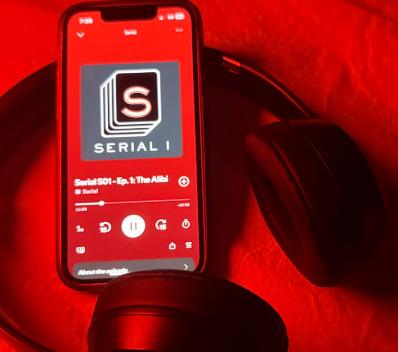
agree with Freud on that, but that would be a connection you could make.”
Lawson suggests another reason why true crime may be growing in popularity.
“I think that potentially, we’ve become very desensitized to violence, and so watching these things is not as difficult as it once was,” she said.*
Imposter syndrome plagues students
It’s easy to feel like everyone else is more accomplished than you. What do you do about it?
Kaitlyn Ho ’26 Editor-in-Chief
tudents have a lot going on. Sometimes, it becomes a contest.
The magic of Haven is that so many students have incredible stories to tell. The kid sitting next to you might be a soccer state champion, an intern at a Penn lab, or a prolific muralist.
When you first hear about those accomplishments, you’re happy for them. But for me at least, it suddenly feels like you’ve done absolutely nothing with your life so far. I end up in a spiral, wondering how these kids I’ve grown up with, these kids who’ve had the relatively same opportunities I have, were able to achieve so many things.
This fear is one of the pressures to succeed at Haven. Initially, students start with a passion for their extracurriculars, a drive to do well in school, or just a general sense of self-esteem. That motivation can be rapidly extinguished by the realization that someone else will always be better than you at whatever you’re doing.
Few schools hold such an indomitable spirit of curiosity; Haven is lucky to have students who are always challenging each other to be better. I am constantly impressed by how creative my classmates are, and how they are able to push through clubs and practice and homework and family and still come out with stellar grades.
However, it’s so easy to fall into the trap of asking yourself, “We’re just in high school, so how are people doing all of this?
Am I failing, because I don’t reach those standards? Should I just give up, because everyone else is doing better than me?”

The most tragic thing I can imagine is a brilliant kid deciding that because their classmates are better at math than them, they’ll stop trying in the class altogether.
If you’re feeling that way, you have my greatest sympathies. It is rough.
In my sophomore year, my science teacher Ms. Kathy Freeman liked to say that “comparison is the thief of joy.” I understood that in theory, but I still compared
myself all the time.
I propose a different solution than just avoiding comparison altogether, if you are struggling with imposter syndrome. Consider balance.
There are certain things that you do effortlessly that other people are not able to do nearly as well. There are no stupid or worthless skills. Even the ability to count the number of jellybeans in a jar is an extraordinary gift, and one that I desperately wish I had every Halloween. The people who seem like they can do it all are not, in fact, doing it all. The people you’re envious of might be envious of you too, even if you don’t realize it.
High school is built as a perfect pressure cooker. We’re exiting our most awkward phase of middle school to discover the identities we’re comfortable with, but there are metrics of success everywhere, from who has
the best grades to the college you get into. It makes us insecure.
The most tragic thing I can imagine is a brilliant kid deciding that because their classmates are better at math than them, they’ll stop trying in the class altogether. “Don’t give up on trying” is such a cliche, and for the longest time, I thought whoever came up with it had never had to see an D on a test their friends got As on.
Really, “don’t give up on trying” means that you should make all decisions for yourself, and not because you gave other people the power to dictate what you do with that indomitable Haven spirit.
So if you’re that kid who is struggling to keep trying in a class, or struggling with imposter syndrome, don’t let comparison overcome your curiosity.*
CRIPPLING ADDITION TO CRIME • A pair of Beats headphones playing the podcast Serial, Season 1 Episode 1. PHOTO: ROWAN BROWN
CARTOON: KAITLYN HO
Students in Science: Senior explores microbiology, participates in influenza research
Minori Saito, hoping to eventually enter the field of science post-graduation, partook in a research lab at Stemmler Hall. Darcey Strachan ’28
Haven Happenings Editor
Senior Minori Saito has always been passionate about science. This summer, she took the opportunity to further explore the field.
Given the opportunity through a close friend, Saito interned at a lab in the Center of Excellence for Influenza Research and Response (CEIRR) at the University of Pennsylvania. Her internship ran from June to August, and mainly revolved around the Y98F HA protein, a mutated version of the influenza virus.
“Doing that internship was really huge for me to sort of see where I am with my passion in science, and if this is genuinely something that I can see myself doing in 10, 20, 30 years,” Saito said. “I really got to understand the work that goes into being a scientist.”
Saito’s love for science began when she was very young. Although she participated in a microbiology internship program, Saito is more interested in pursuing chemistry.
“I’ve always been interested in chemistry,” Saito said. “My love for it started with making potions in my parents’ bathroom, like when you mix shampoo, body wash, and lotion to create these weird messes.”
Besides pursuing chemistry and other sciences through her own devices, Saito’s fascination was greatly supported by her parents.
“My parents really cultivated my love for science through buying me lab sets. I got my first Bunsen burner when I was around six,” Saito said. “They
bought me all sorts of kid-safe chemicals that I could mix up and blow up.”
In addition, Saito’s parents also provided her with ball-and-stick atomic models and chemistry books to further foster her interest in science.
Along with support from her parents, Saito’s experience at Haven established an even stronger passion for science.
“I’m part of the Women in STEM club,” Saito said. “We set up a bunch of tables at the NPE STEAM Night a couple of years ago, and I ran a lava lab there. It was really cool. I got to share chemistry with little kids.”
Furthermore, Saito credits much of her interest to the science teachers she had throughout her entire educational career.
“The science teachers here in the school district are amazing,” Saito said. “They’ve just been so encouraging and have really helped me continue to pursue my love for science and to think and be curious about the world.”
As for college, Saito intends to pursue a major in chemistry and a minor in biomedical engineering, hoping to take a step closer to her dream of becoming a chemist.
“A lot of what I want to do in the future is use chemistry to formulate and create different synthetic biological materials or different types of medicines,” Saito said.*
Mythbusters: How much energy does AI really use?
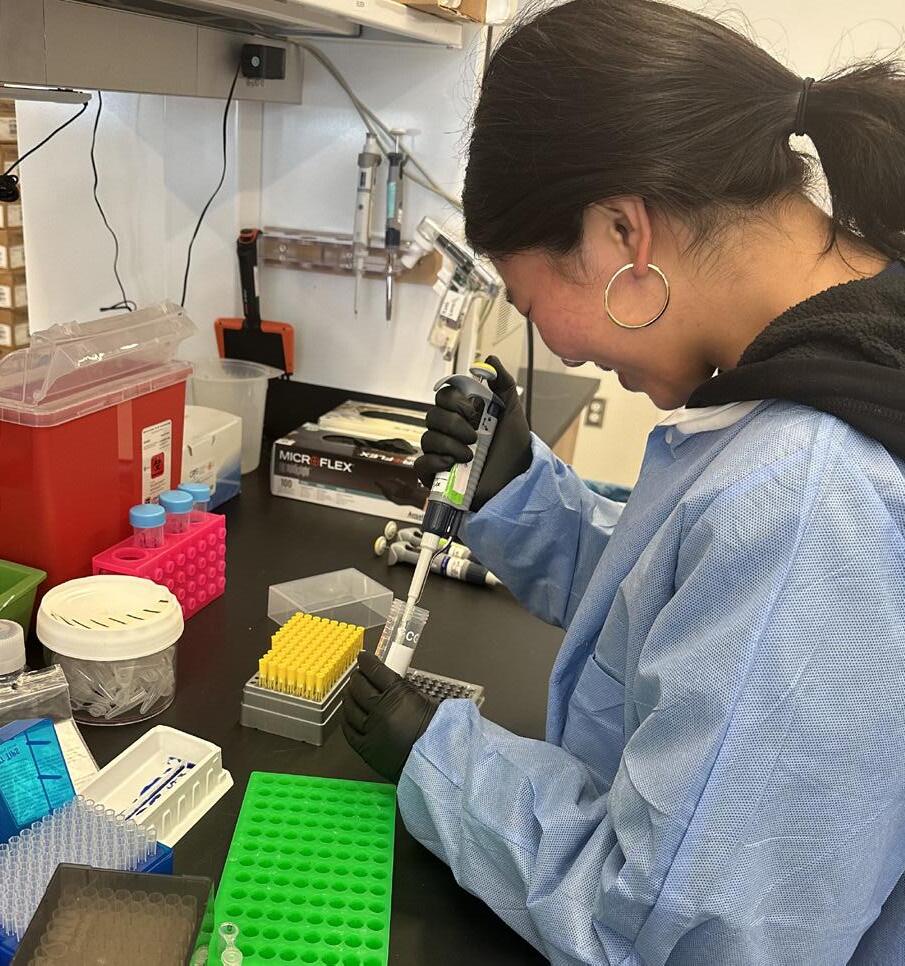
From image generating to answering text queries, the demand of AI is rising. Is this convenience worth the environmental impact?
Izzy Boland ’29, Jane Yau ’29
Contributor, Contributor
Artificial Intelligence, commonly known as AI, is becoming a huge part of culture. It's been around for a while—starting as simple suggestions for what to search, and growing into advanced models like ChatGPT and Sora.
Commonly, when AI is brought up, it’s implied to be generative AI. Generative AI models are used to answer questions, make photos, and even form videos. Every time a prompt or query is put into an AI model, it goes through billions of parameters to come up with an accurate answer.
Creating an AI model takes up a lot of energy. According to research out of Penn State University, AI models need to be trained with billions of parameters and tested repeatedly, which uses massive amounts of energy.
Haven has an AI committee, consisting of ten teachers. English teacher Mr. Matthew Morris, who is on the AI committee, explains the hardships of doing research about AI models.
to models with various amounts of parameters, and the energy used was recorded.
The results were that a small model with eight billion parameters only needed 114 joules to respond to a prompt, while a bigger model with 405 billion parameters needed 6,706 joules for every response.
. 387
AI requests equal the energy usage of one hour of Netflix.
4% of U.S. electricity was used by AI in 2023.
10% of U.S. electricity could be used by AI as soon as 2028.
Source: carbonbrief.org
“The most popular companies use closed models, and they don't share the information about how much energy they're using per prompt,” Morris said. “Some researchers have looked into that, extrapolating from open models, but it's pretty hard to tell how the most recent models' energy uses on a per prompt basis.”
Despite this drawback, researchers at MIT used MetaLlama, an open-sourced AI model, to estimate the energy usage of more popular, closed models. This research is discussed in an article in the MIT Technology Review, and it shows how the number of parameters in a model affects the amount of energy it requires. In the tests, different prompts were inputted
For context, watching an hour of Netflix takes approximately 2.8 million joules.
Relatively speaking, this isn’t a lot of energy, but it grows as the number of queries does.
However, companies such as DeepSeek have created models with many more parameters. The energy might not seem like a lot with the smaller models, but when thinking about the number of queries popular generative AI models answer each day, as well as the amount of parameters they must have, the energy used to respond to the questions increases rapidly.
While MIT’s test is a good comparison of the energy AI models could consume, it isn’t accurate for the popular AI companies, as the researchers could only guess as to the number of parameters and the needs of the big AI models.
The Penn State research dives deeper into the total percentage of energy used on AI. The article states that in 2023, 4.4% of the electricity in the United States went to AI data centers. It is also shown there that the number would increase significantly as time passes. (It could use more than 10% of the United States’ electricity as soon as 2028.)
Clearly, there is a lot of energy being used for AI models, but is there anything being done to make it more energy
efficient?
Morris explains that major AI companies are more focused on business and production, instead of conserving energy.
“Rather than make things more efficient as a goal, [companies are] trying to ramp up energy production by doing things like reopening old nuclear power plants,” Morris said.
Not only is this taking up a lot of energy, but the type of energy being used has a huge impact on the environment, which could potentially bring harm to it.
“There's a bunch of data centers in Virginia that are using natural gas to power them, and in some places in the country where the regulations aren't as strict, they're using more coal, fire power, plant power,” Morris said.
The Penn State research mirrors this sentiment, elaborating that it contributes to greenhouse gas emissions, as most of the AI models use electricity made from fossil fuels. The article also explains that huge quantities of water are needed for the AI model cooling systems, leading to water scarcity.
AI consumes large amounts of energy, leading to various impacts on the environment. Primarily, the companies are not decreasing the energy used, keeping them in an upward cycle.
Morris explains how the advancements of AI aren’t changing the way energy is used.
“Companies are using more and more powerful processors to run those processes and run those queries, and that more powerful hardware also demands more power usage,” Morris said.*
MICROBIOLOGY AT WORK • Minori Saito (12) works tirelessly at her internship at UPenn on June 19. PHOTO PROVIDED BY MINORI SAITO

Nutrition essential for maintaining healthy high school lifestyle
In addition to supporting physical health, healthy nutrition in teens is proven to increase performance in school and other activities.
Claire Salera ’27
Haven Happenings Editor
75% of teenagers do not eat breakfast, and 45% do not eat vegetables every day, according to a 2021 Youth Risk Behavior Survey.
Despite these percentages, the science of nutrition has been proven in many ways to be essential to the growth and development of adolescents. There are numerous bodily processes that rely on the basis of a healthy and timely diet, which needs to be balanced in order to manage hunger and prevent risky intakes.
Experts recommend moderating the types of ingredients consumed on a daily basis to ensure that everyone takes care of their bodies.
At Haven, there are opportunities to learn the best ways to manage personal nutrition. The school cafeteria offers a robust selection of fruits and vegetables, as well as an online menu presenting the nutritional information of all meals. A nutrition and food sciences elective was added in 2024.
Healthy eating is important for everyone, but the need for a nutritious diet increases tremendously upon adolescence and the teenage years, according to John Muir Health. Teens are active and growing physically, increasing their need for calories and nutrients.
“Helping your teen develop a positive relationship with food will go a long way in guiding him to become the healthy, self-reliant adult you want him to be,” the site states.
Nutrition and Food Sciences teacher Ms. Markell Reid also finds that maintaining a healthy diet can help high school students in particular who are busy with several extracurriculars, and need all of the energy they can get.
“I think nutrition is important for teenagers because you guys need to come
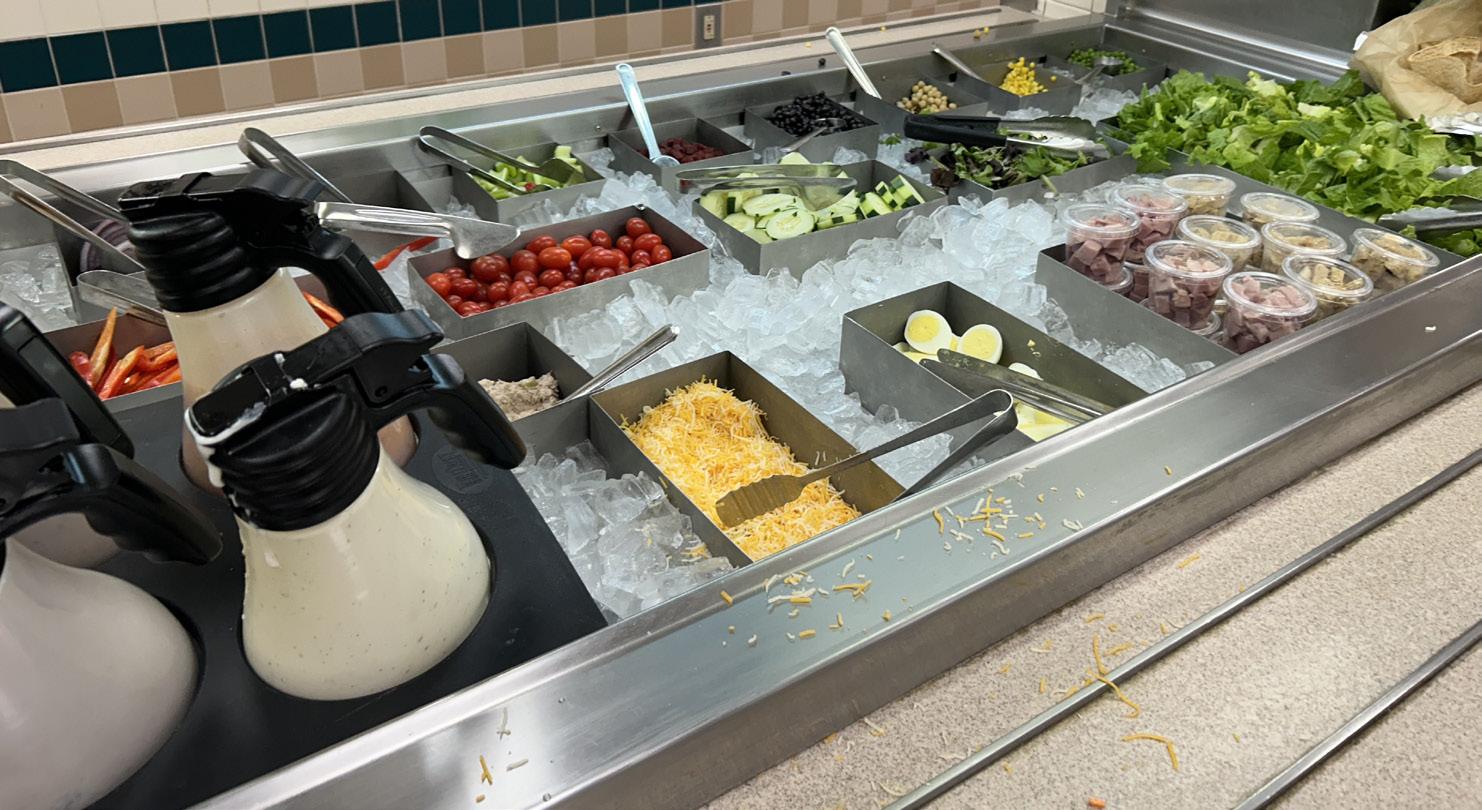
to school with your minds ready to learn,” Reid said.
“If you’re someone who has a job after school or maybe you’re playing a sport after school, you need to be able to get through the day.”
As for what nutrients teenagers should consume, the National Institute of Diabetes and Digestive and Kidney Diseases recommends a diet that is high in nutrients and healthy fats.
“I think nutrition is important for teenagers because you guys need to come to school with your minds ready to learn.”
Ms. Markell Reid Family and Consumer Sciences Teacher
Not only is the consumption of particular ingredients essential for pursuing healthy nutrition, but also when these ingredients are consumed.
The timing of food consumption is a strategy that is important for teens to master, according to Reid.
“We need to be eating every three to
four hours to stimulate our blood sugars, to make sure we’re awake and ready to go,” Reid said.
Many people find that they experience a different mood depending on what kind of food they eat, and the types of nutrients they contain. Junior Kaylin Fava experiences this at the school cafeteria when she purchases lunch.
“I think it’s important to have healthy options because I notice for myself personally, that if I have something like pizza rather than salad, that I don’t have enough energy to get through my sports later in the day, I’m hungrier, and I need to eat more snacks,” Fava said. “But if I have a salad, I actually have enough nutrition to make it through.”
Green Haven aims to recycle, improve environment
Students at Haven are working together to improve recycling efforts and find better ways to care for the environment.
Jane Yau ’29, Adrian Gonzalez-Diaz ’29
Contributor, Contributor
Waste and pollution are one of the most significant threats to our society, and a major challenge that our generation will have to face in the upcoming decades. In this sense, what are Haven's efforts to promote recycling and help our environment?
At Haven, keeping a recycling program running has been a challenge. Co-President of Green Haven, junior Madeline Garson, explains what the club does for the school.
“We don't have a [school or district] recycling program. Green Haven, we do the recycling for the school, and we have to get it started up each year, which is a difficult process because we don't have enough people or time,” Garson said.
Garson’s concerns about the lack of a comprehensive recycling program at Haven are shared by science teacher Ms. Elisabeth Bomstein.
“We need to be producing less waste, but there are limitations to that. I use a lot of papers because otherwise we have kids working on the computers, and it's hard to see what they're doing,”
Bomstein said. “I don't know that we have a perfect solution to that here, but it would be wonderful if we did. At the very least, recycle.”
Green Haven tries to help in different ways with projects throughout the classrooms. One of their biggest projects last school year was a marker drive.
“We collect pens, dry-erase markers, and basically any type of marker that's dried or used up in all the classrooms in the school. They go to Staples, and we donate them,” Garson said.
Outside of school, Green Haven also gathers to work on environmental restoration projects. The club has been focusing on park cleanups and ways to make the community better.
“Last year, we cleaned up Houston Park, and that was really successful. We got a ton of trash, and we left it better than when we arrived,” Garson said.
Junior Noah White, a member of Green Haven, shares his concerns about the waste being left behind.
“We should definitely work on cleaning our trash and not just leave it around on the fields. We need to keep the environment safe and clean, not
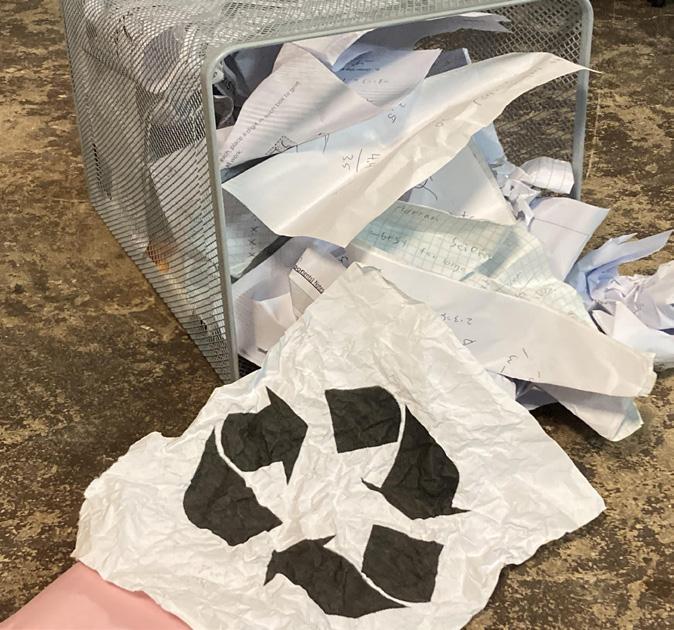
just to protect us, but to protect the animals around us as well,” White said. According to Garson, reducing litter is a major goal for Green Haven and the community.
“We want to make sure that everything that’s shared by the people and enjoyed by everyone always looks better after we're there than before,” Garson said.*
For school cafeteria employee Robert Brown Jr., his desire to provide nutritious food options for high school students stems from his experiences. He found that, in college, when he did not eat a nutritious meal, it could affect his performance.
“Some of us are so smart that even with our stomach’s gurgling, we can still focus, but it’s so much better to have a good meal, and that’s what I’m glad to facilitate,” Brown said.
To further support nutritious diets, many products and food options at grocery stores or on menus have allergen and nutrition food labels, which teens can check before purchasing or consuming.
Science can also play a significant role in nutrition suggestions. The U.S. Dietary Guidelines Advisory Committee includes scientific experts in nutrition and medicine. Their scientific report is provided to the Secretaries of Agriculture and Health and Human Services. Those organizations play a key role in communicating dietary recommendations.
For anyone who wishes to further their knowledge of nutrition and how they can better apply a nutritious diet to their everyday lives, Reid recommends the Nutrition and Foods Sciences class.
“The nutrition course is a great way to learn about what nutrients are in certain foods, what food groups do foods fall under, and how you can fuel yourself personally,” Reid said.*
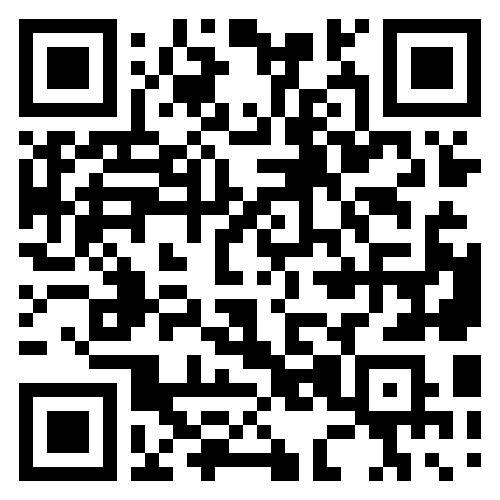
REDUCE, REUSE, RECYCLE • Papers overfill the trash bin, symbolizing the lack of commitment that students have to recycling.
PHOTO: JANE YAU
SAUCES AND SALADS • An array of nutritious salad options await hungry students in the cafeteria.
PHOTO: CLAIRE SALERA


mRNA research funding freeze sparks concern in science community
As federal funding for mRNA research dwindles, educators warn that the cut could lead to a slowdown of innovation, and encourage a call to action.
Lavanya Dixit ’27, Siya Goindi ’29
Health
and Sciences Editor, Contributor
mRNA vaccines, which were praised during the COVID-19 pandemic as a breakthrough in biotechnology, are now facing a period of uncertainty as government agencies and pharmaceutical companies scale back funding.
mRNA vaccines are a type of vaccine that uses a synthetic piece of genetic code, mRNA, to instruct a cell in the body to produce a particular protein. The development of these vaccines accelerated during the COVID pandemic.
“Not enough money was put into the mRNA vaccines… but suddenly something happened, which flooded money into it, and that was COVID,” biotechnology teacher Mr. Timothy Styer said. “There was no vaccine, and we needed one… a blank check appeared.”
However, on August 5, 2025, the U.S. Department of Health and Human Services (HHS) declared that the Biomedical Advanced Research and Development Authority (BARDA) will begin its coordinated effort to wind down the funding for mRNA vaccine development.
a slight risk? Do you not drive because you may have an accident?”
Regardless of the risk being minute, the defunding effort began with the termination of 22 mRNA vaccine development investments, and nationally, many research programs have stopped or have been defunded or put on hold. The leverage of funding has other consequences as well.
“To cut [funding] is very frustrating...It’s only done because of misinformation.”
Mr. Tim Styer Science Teacher
“I want to go into drug development or maybe clinical trials... if we cut research, we’re not going to get better at creating vaccines quickly for times of crisis.”
Isabella Bittman ’29
A report arguing that the proteins generated by mRNA vaccines may potentially cause harm was cited as the reason for this defunding.
“Vaccines have caused issues in the past…we’ve recorded them to see how we can get around them,” Styer said. “Does that mean do away with vaccines because there’s
“By withholding all federal funding, which amounts to billions, you’re getting [institutions] to do what you want, which is coercion,” Styer said.
This regulation is not simply a policy shift, but a testament to how shortterm politics can reshape the ability to innovate in the long term.
“There's a direct correlation here. The amount of funding results in discoveries, in preventatives, in therapeutics, in medicines, and all of that,” Styer said. “You take away funding from the government, which means we're going to rely solely on private funding, and private can't do it. Private goes to other things, too.”
For the labor workforce, the defunding of the mRNA vaccines’ impact can be seen for those who aspire in drug development. There are concerns that defunding the mRNA vaccine research will hinder the US’ ability to respond to future outbreaks.
“I want to go into drug development or maybe clinical trials when I grow up… if we cut research, we're not
going to get better at creating vaccines quickly for times of crisis,” freshman Isabella Bittman said.
This wave of instability worries students, too, about what research and development may look like in the future.
“This does make me a little worried, because without these important funds for research, we're not gonna make improvements or find out new things about drug development,” Bittman said.
mRNA vaccines have had a variety of applications, including showcasing potential to improve cardiac function, suppress allergies, and even lead to a vaccine to fight against cancer, however, this lack of funding is a huge burden for researchers to continue exploring these issues.
“We know we can do these things, but it's going to take time to get there. It's going to take research funding to get there. To cut that is very frustrating…it's only done because of misinformation,” Styer said.
Regardless, this burden should be seen as a temporary pause, not a permanent one, and should act to inspire researchers to work harder towards the goal, and towards continuing research, discovery, innovation, and science.
“Is [the defunding] making you feel like ‘Why bother?’ or is it putting fuel in your fire?” Styer said. “I hope you feel empowered. I hope you feel angry. I hope you feel like it's time to step up and do something about it… not letting it affect what you want to do with your life or your major in college. Maybe it will be frustrating enough to encourage people to go in that direction and not be discouraged.”*
AP Art and Design students share experiences, prepare for next steps
Participants of the class agree that this is a year for creative expression and honing their skills.
Charlie Grueser ’28, Mat Mataac ’28
Contributors
For AP Art and Design student artists, October is a busy time. Fall brings important deadlines for senior students, and this means finishing portfolios and choosing themes for their sustained investigations.
Senior Pearl Tweedy plans to dive deeper into a topic they have explored in previous pieces for their sustained investigation.
“I'm thinking about doing one that's related to overconsumption in media,” Tweedy said. “I think that it's really interesting and it's a really big issue, especially right now. It also kind of stemmed from a mini sustained investigation I did last year.”
In AP Art and Design, students have freedom to draw from any inspiration they feel connected to for their sustained investigations, which involves producing a themed collection of selected works that they feel reflects their skills and interests.
“It's technically 15 to 20 pieces,” Tweedy said. “This is a year-long course, so we have plenty of time.”
Both Tweedy and classmate senior Fletcher Noto agree that the stress of completing their portfolios and picking a sustained investigation take a back seat to the enjoyable environment of the class, and the opportunities it gives them to create and improve.
“Do what you like,” Noto said. “I mean, do the assignments, but also just get better.”
Art teacher Mrs. Jennifer Rodgers organizes her class to be flexible and hands-off in a way that differs from other art classes.
“It allows students to work on their own individual ideas about art,” Rodgers said. “They get to work in whatever materials they want to work in, which is very different from Art 1, 2, and 3.”
The students appreciate this format, as it allows them to develop their own styles and identities as artists.
“We have a lot of access to materials that I might not have at home, like printing,” Tweedy said. “I can do that here, so I think that it’s pretty good for me as an artist. We’re like free-range chickens.”
This agency allows the students to mature as artists and as individuals, setting them up for success in future art
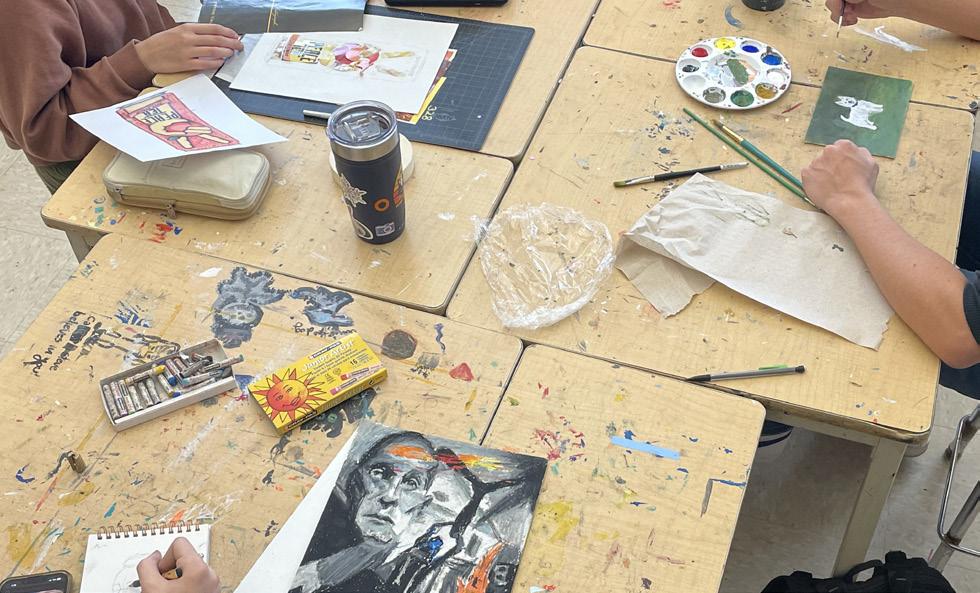
careers.
“[The class] prepares them for college or anything they might do after high school, in that it teaches them to be independent creators,” Rodgers said.
Taking place during fourth block, AP Art and Design gives students like Tweedy and Noto time to relax and focus on creative endeavors after more stressful academic subjects.
“It's definitely helping my overall happiness as a student,” Tweedy said. “It's just such a nice way to end my day.”
From a teacher’s perspective, Rodgers has enjoyed watching the students grow and mature into independent artists and young adults. She believes they are steadily improving in her class, and moving towards art careers beyond high school.
“They have spread their wings and they are flying,” Rodgers said. “They are done. They are ready. They're able to really hone in on what's important to them as an artist and person, and make art about those things. It’s really exciting to see.”*
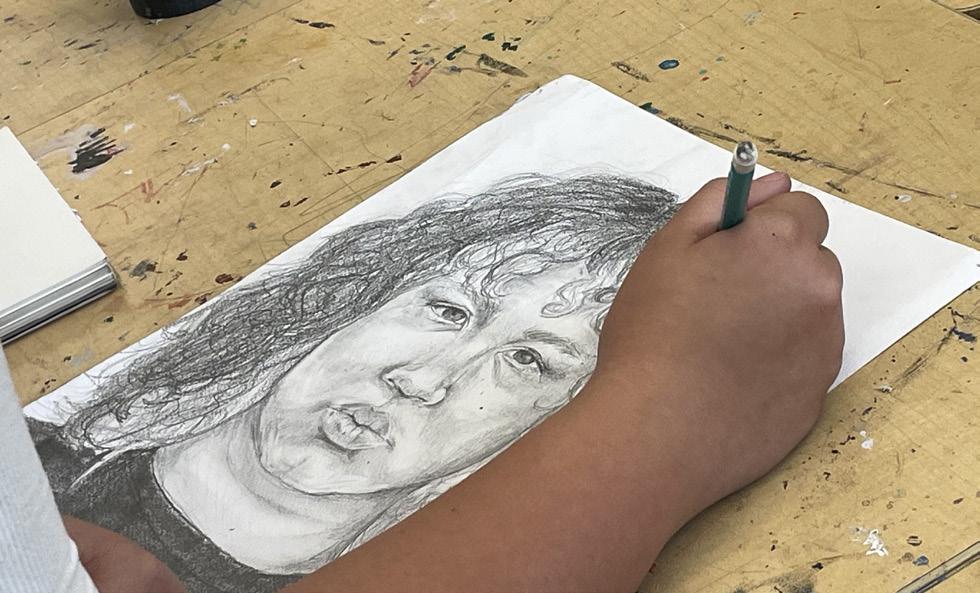
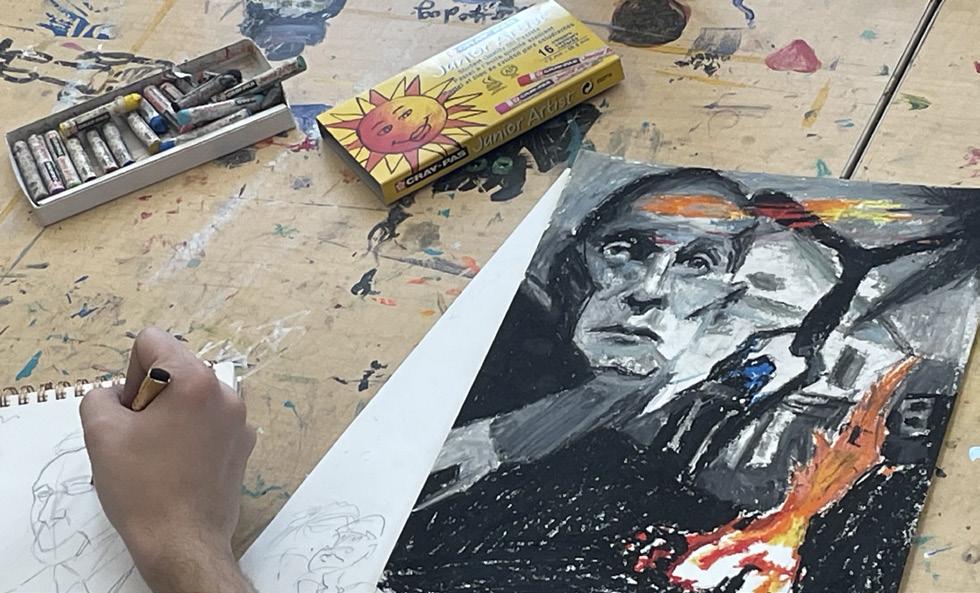
TOP RIGHT: Pearl Tweedy (12) makes adjustments to her self portrait for her portfolio during studio time in AP Art & Design 2D. The class allows Tweedy to relax and engage in a creative outlet at the end of the school day. “It’s such a nice way to end my day. First block or second block could be crap, but I know I’m gonna have art later,” Tweedy said.
BOTTOM: Fletcher Noto (12) works on several pieces scattered across his desk, in different mediums like oil pastel and pencil. “Most people have an idea of what they want to do, but I think it’s all pretty loose right now, because it’s a year-long course,” Noto said.
PHOTOS: MAT MATAAC
CREATIVE SPIRITS • TOP LEFT: AP Art and Design 2D students’ style and preferences are distinct, yet they come together during the class to branch out and improve.
HAVEN Arts
Teacher Creations: Ms. Reagan Lattari bakes famous treats
Through her love of baking, Ms. Reagan Lattari brings her classroom to life.
Josie Wieland ’26 Arts Editor
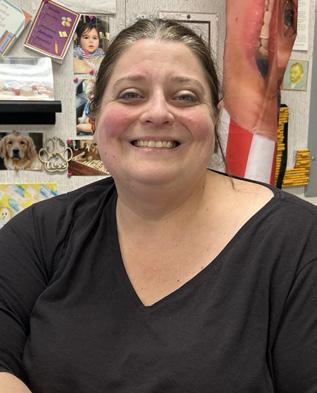
If you find yourself taking a class with English teacher Ms. Reagan Lattari, it is certain that you are in for a treat.
Lattari’s taste for baking has given her a special way to express herself and connect with her students, both inside and outside the classroom.
“I had a group of students that would hang out here after school, so I started making them snacks,” Lattari said. “It took over where I would try different things, and I started baking a lot.”
With fond memories of childhood sweets, Lattari bakes with inspiration from her grandmother’s recipes.
“One of the favorite things that I make for the kids are my crownies, which is a Christmas cookie recipe of hers,” Lattari said.
Before Lattari makes homemade treats for her classes, she puts into consideration the class size, schedule, and cost of ingredients.
“Last year, they were really fortunate because I had small classes,” Lattari said. “If I had one box of cupcake mix, I could feed a whole class. But when I have huge classes, I have to make so many, so it can fluctuate.”
Giving her classes baked goods on fun occasions brings Lattari just as much joy as it does her students.
“For holidays, if I have enough time to make sugar cookies, I’ll use a candy corn or pumpkin cookie cutter,” Lattari said.
“I try to avoid grading papers, so I’ll just spend a day decorating cookies and I’ll give them a treat whenever I have the time.”
At Haven’s last ever faculty baking championship over 10 years ago, Lattari went head-to-head with Spanish teacher
Mr. Gino Miraglia for first place.
“I put my crownies in there, and I only got second place. Mr. Miraglia just had these cookie dough balls that didn’t even get baked, and I still think that I was robbed,” Lattari said.
Though he ended up taking the trophy, Miraglia showed his admiration for Lattari’s side.
“I voted for the crownies, and Ms. Lattari probably should have won,” Miraglia said. “I could throw up my pumpkin roll against her crownies and she probably would win.”
For Lattari’s students, her baked goods served as a memorable aspect of her classes.
“She took her time out of her day after school and baked us stuff for fun out of her own enjoyment,” senior Katie McGuffin, a previous student of Lattari’s, said. “It just brought a smile to all of our faces when she would come in with some baked goods.”
Lattari receives requests for her treats to be catered to certain events, showing the meaning her baking has to the people she shares it with.
“I’ve had a couple students’ parents ask me if I could make a certain thing that the kids loved for their graduation parties,” Lattari said. “If I had them as a freshman and they remembered, that’s so special four years later.”*

What is your favorite way to stay creative?
Artist Spotlight: Audrey Sill finds focus in faces
Senior Audrey Sill takes inspiration wherever she can get it –whether that’s through Italian masters or Tiktok. Josselyn Dixon ’29.
Contributor
For senior Audrey Sill, her creativity can be seen in each of her artistic ‘moods.’
Through this spur-of-the-moment inspiration, she connects with her favorite medium of graphite, specifically when drawing faces.
“I find inspiration from pictures of people,” Sill said. “I like people who have more unique features, or when there’s a lot of expression on someone’s face.”
According to Sill’s friend and fellow art student senior Julia Smirnova, Sill’s sketches are where you can really see her style shine through.
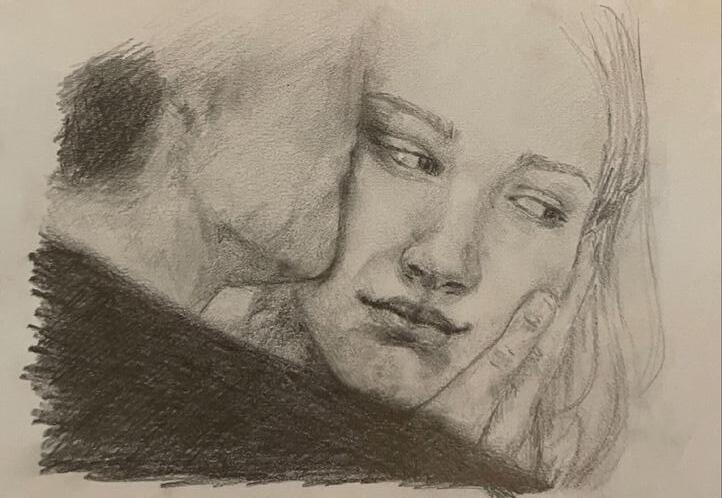
“She’s really good at sketching faces and making it look like the person that she’s trying to sketch,” Smirnova said. “She’s good at shading and there’s a kind of style throughout all of her sketches.”
Sill first started learning how to draw faces with the help of art books, which would break down how to draw a face step by step. However, she started drawing long before that.
“We would have this time where we would draw a picture and then journal,” Sill recalled from her preschool days. “All of the girls would draw My Little Ponies, because we loved playing with them. I just remember spending an hour on the drawing part, and then on the journal part, I would spend five minutes.”
While at Haven, Sill has taken a handful of art classes, learning more about art techniques.
“I learned a lot more about color theory, which I really liked, because I wasn’t getting that when I was just drawing on my own,” Sill said. “I think it really pushed me to try more color, which I love.”
Art teacher Mrs. Jennifer Rodgers spoke to Sill’s strengths as an artist.
“She takes her time with everything. Everything is done with intention,” Rodgers said. “She has a clear intention of what she wants to make, and she works well with a lot of different materials.”
In Rodgers’ Art 3 class last year, Sill made a painting that really stood out to her.
“The project was to find a collection of objects, or an area of our house and capture it with just black and white,” Sill said. “So I did that. I [painted] my record player, because I really love music.”
Sill prefers to draw while listening to quiet music, bands like The Marias. She describes her style as being semi-realistic, and she enjoys seeing other artists’ work. “Every time I go to an art museum, I always feel really inspired,” Sill said. “Or sometimes I’m scrolling on Tiktok and I see someone drawing something. I feel like it’s really other art that inspires [me].”
The work of Carravaggio, a famous Italian painter from the 16th century, brings this inspiration to Sill.
“[Carravaggio] does those dark, dramatic paintings, and I think it’s so cool,” Sill said. “He plays with lighting. I really admire that, and I want to get better at it.”
Sill believes in improving skills through practice, especially as an artist.
“I feel like some people have this idea that you’re either born with talent as an artist, or you’re not, but I think all you really need to become a good artist is passion and love for it,” Sill said. “Everyone gets better with practice.”*
No matter what form it takes, creativity gives students the opportunity for self expression and a break from academic responsibilities.
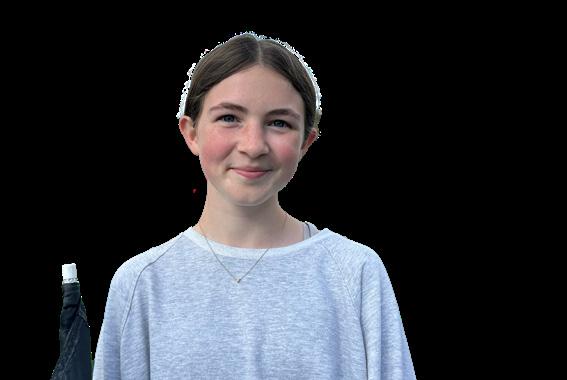
Star. I also really like to draw, and I usually have to reference something when I’m creating these things, but that’s what I like to do as my creative hobby.”

“I really like doing ceramics or playing music. I take ceramics class, and I do marching band as a class, but also, if I have any downtime, I love to just try to find any way to fit it into my schedule.”

“I personally like writing screenplays and novels. I really like anything that involves creative writing.”

“Watching other people be creative gets me to be creative. I love watching drag races and seeing how people interpret the challenges, especially creative challenges where they have to show it themselves, like seeing what they do and then how I would go about that challenge myself.”
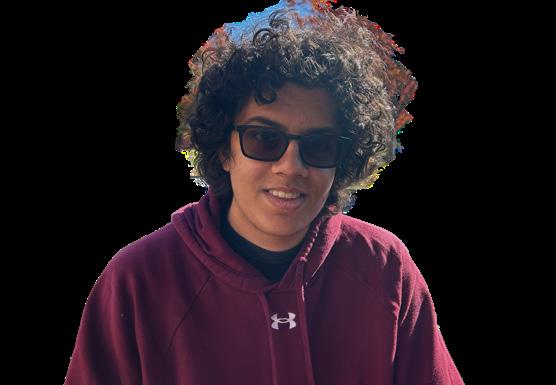
“I like to read about different things, things going on in the world right now and things that have happened in the past, looking at how that can affect the present. I like to listen to music, especially when I’m doing homework or studying.”*
Josie Wieland ’26 Arts Editor
MS. REAGAN LATTARI
A BATCH OF JOY • Eye cookies made by Ms. Reagan Lattari for her English class with inspiration from the cyclops chapter of the Oddyssey. PHOTO: MS. REAGAN LATTARI
SKETCHING AWAY • An illustration by senior Audrey Sill created using graphite pencils.
PHOTO: AUDREY SILL
“I really enjoy editing on this app called Video
Ella Remmes ’28
Maisie Sentivan ’27
Sophia Brook ’26
Gordon Morris ’26
Naveen Karunarathna ’26
Students and staff prepare to present fall play “Clue”
The cast and crew hold a candlestick to the upcoming production.
Joya Nath ’28 Reporter

With shows set to run on the weekends of November 1416 and November 21-23, this investigation dives into how preparations have been going for the cast and crew of “Clue.” Students share that this might just be the production to rope you in.
The board game “Clue” was released in 1949 and continues to bring families together in an experience of wit and mystery. Since its release, however, “Clue” has been adapted into a film, and finally a stage play in 1997.
“Clue” lengthens the modernized streak set by last year’s fall production of “Harvey,” showcasing a classic dinner party murder mystery tale with six distinctive guests presented as suspects.
The announcement of the choice sparked immediate interest and excitement in students.
“I was instantly thrilled. ‘Clue’ has been one of my favorite board games forever, and I am a big fan of the movie too,” senior Katie Snyder, who will be featured as Mrs. White, said. “I think that it’s so interesting, the cast of characters and how they each have their own unique features.”
Beginning in late September, the audition process offered opportunities for both veterans of the program and those just entering to get involved.
“To see the cast list with my name next to a major player in this show was really shocking, but also validating and exciting,” sophomore Scarlett Rein, who is playing Ms. Scarlet said. “I’ve never played like a lead character before.”
The play itself was a pick that is expected to tap into the community aspect well, with a plethora of roles helping to bring the storyline to life.
“What I like about the show is that it’s very much an ensemble piece,” junior
Scott Snyder, who is set to play Colonel Mustard, said. “Unlike other shows I’ve done in the past, all parts are about even.”
Rehearsals happen most days after school, and anticipation builds as show dates approach.
“We got through our first round of blocking and it went very successfully,”
Katie Snyder said. “Now it’s really exciting, as we’re starting to get more of the set pieces and props in.”
Trademarked for its quick pace, this show demands focus from all cast members and crew.
“It’s hard and tedious, which is to be expected, especially with a production as complicated timing wise as ‘Clue’ is,” Rein said. “‘It’s a funny show, but there’s not a lot of room for error, especially with the murder aspect. [Rehearsal’s] been a lot of making sure you have your blocking down.”
One unique aspect of this production is the musical element junior Juliette Loyd will bring in.
“The whole play is underscored with a live pianist,” director Ms. Roxie Everly said. “Juliette Lloyd is actually going to do that for us.”
Everly, alongside student director Louis Lanza, has been working with students to prepare, and predicts the humor will be a huge audience draw.
“The kids put a lot of effort in,” Everly said. “The last rehearsal we had, we were on the floor laughing because of what was happening in the show.”
With just a few weeks left before opening, tech will be incorporated to finalize production.
“It is going to be a blast,” Katie Snyder said. “There’s the thrill and the excitement, the mystery and murder, and it is nothing like we’ve ever done before.”*
What was your favorite part of Penncrest Festival of Bands?
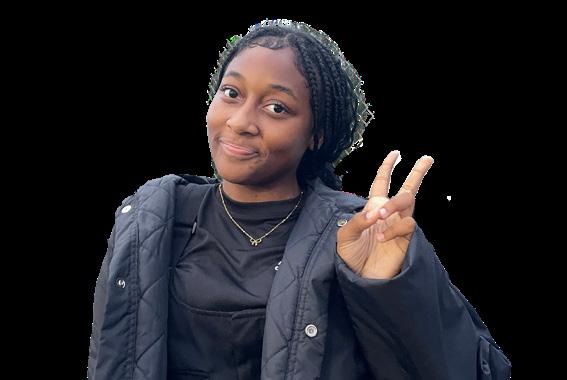
“Of course, first year in band, you don’t know as many people besides the people in your grade. So this allows me to meet new people, especially from different schools.”

Panther Marching Band performs at Penncrest Festival of Bands
Students in the Strath Haven band express their thoughts on the event.
Elizabeth Gebhardt ’29 Contributor
As the gray sky threatened rain over Louis Scott Stadium at Penncrest High School on October 11, the Strath Haven Panther Marching Band arrived at Penncrest’s visitor stands for the eighth annual Penncrest Festival of Bands.
High school marching bands from across the area gathered at the Festival of Bands to perform and get feedback on their halftime shows. Aside from helping the bands improve their productions, the Festival gives students who would not otherwise interact a reason to meet new people with interests similar to their own.
“I’d say my favorite thing about Penncrest Band Festival is meeting so many new people and learning [about] similarities between us and how we all are similar in some way,” alto saxophone section member freshman Veer Bhandar said.
With a similar perspective as Bhandar, student director senior Sonya Blum appreciated the connections she made with members of other participating bands.
“We made this really big group chat with all the members of the different marching bands, and we all messaged each other for a couple hours, and it was a really great way to meet people, and I really enjoyed it,” Blum said.
Following the performances, each
band receives in-person feedback from one judge, as well as recordings of feedback from other judges a few days after the festival.
“I think the feedback was good, but most of it didn’t really relate to me because it was about the drums and stuff like that, but I agree with it,” bandfront member freshman Zoë Schmidt said.
Mr. Todd Mengel, band director at Owen J. Roberts High School, talked to the band personally for a few minutes after their performance. He noted his enjoyment of the energy that the band brought to the field throughout their entire show, and advised the musicians on how to continue playing at the same tempo even when there are no drums to keep the beat.
As a leader of multiple groups in the band and a senior who has heard the comments Haven has been given in prior years, Blum appreciated that the points that Mengel made were ones that the Panthers had not heard before.
“I think the critiques we’ve been getting for the past couple of years were not given today, so I think we improved from last year,” Blum said. “I think the feedback that they gave us was not just a repetition of our past mistakes.”*
DISCLAIMER: Reporter is a member of the marching band.
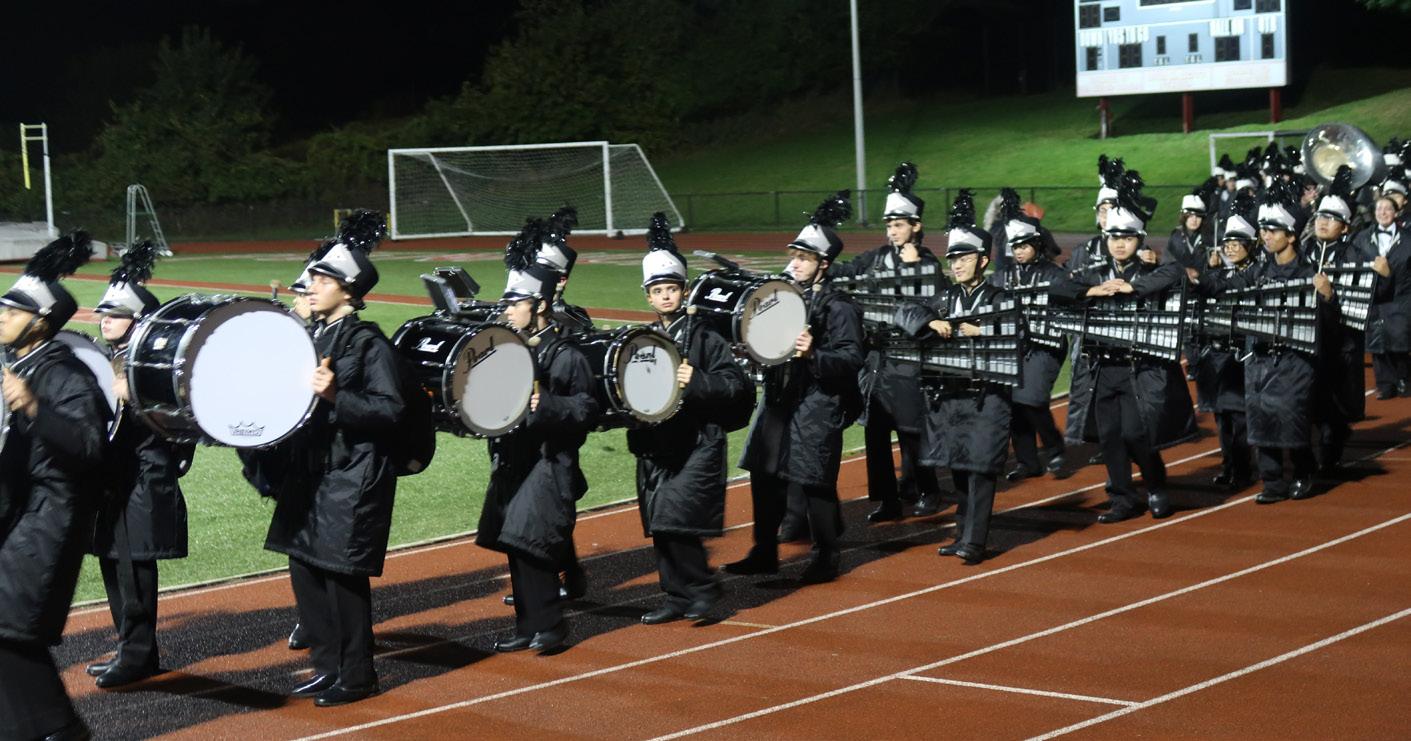
Students share positive responses regarding their experiences at the Festival.
Elizabeth Gebhardt ’29 Contributer
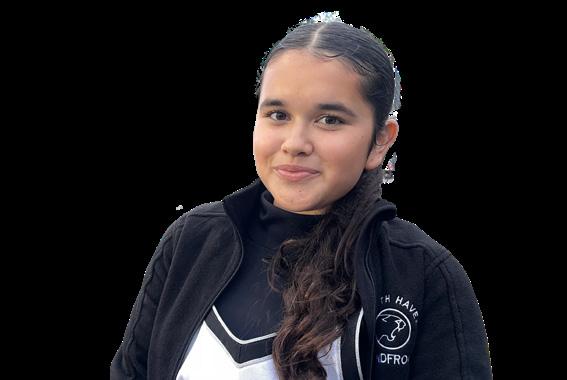
“I
really like that it allows people to meet other people with similar interests, and they get to branch out and meet new people.”

“I
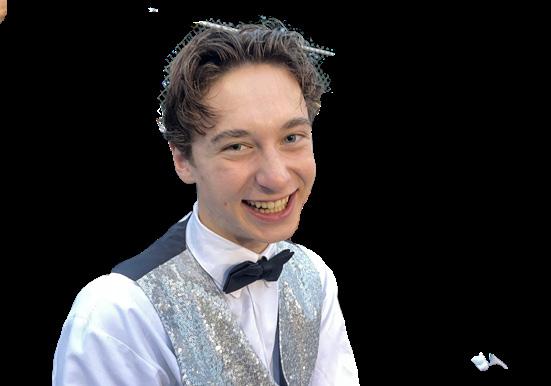
“My favorite part is being with all my friends and us sharing things together and making music.”
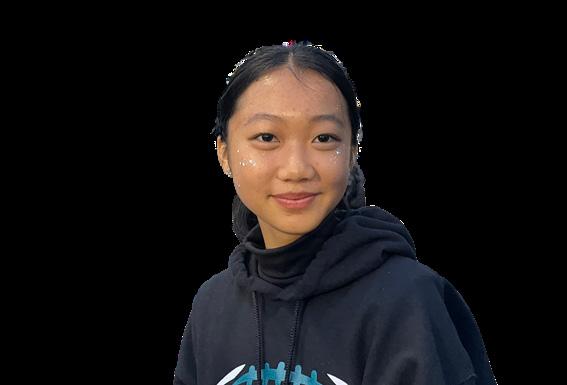
“Meeting all the different people.” *
A BATCH OF JOY • The Strath Haven Drumline and Marching Bells exit Louis Scott Stadium after the Penncrest Festival of Bands on October 11. PHOTO: ELIZABETH GEBHARDT
A SKETCHY SITUATION • Cast members work through a scene during rehearsal on October 28.
PHOTO: MORGAN MATTHEWS
Melody Hunter ’29
Lucia Lam ’29
really enjoy seeing some people, some friends I have at Penncrest and some of the other schools.”
Addison Irwin ’27
Casper Stockman ’26
Emily Zhang ’27

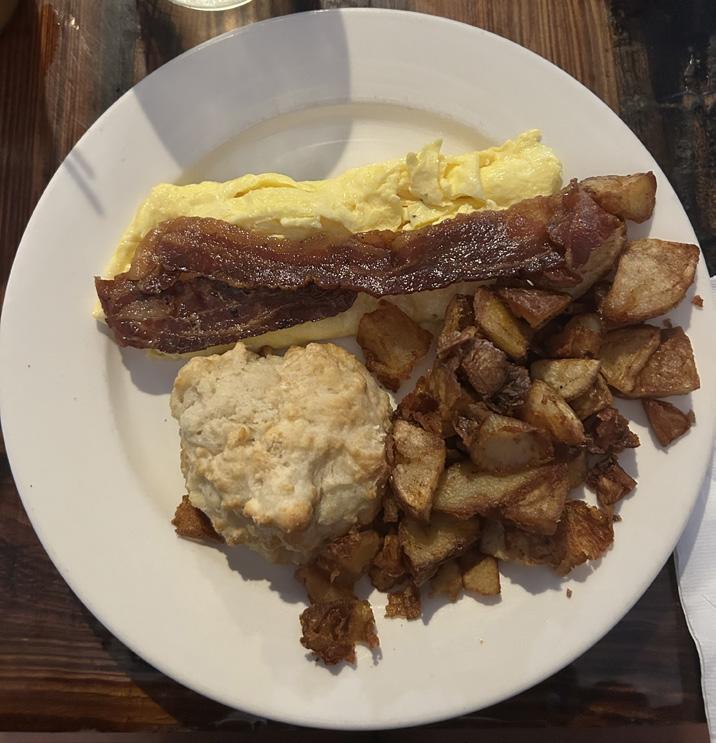
Restaurant Review: Bittersweet Kitchen is sweet start to any day
Media restaurant hosts a cozy atmosphere and comforting food.
Mia Taub ’28, Jonah Livingstone ’28, Gigi Detweiler ’28
Contributors
Busy chatter filled the restaurant, the smell of tasty treats filling the air. With dishes consisting of classic breakfasts along with signature Huevos Rancheros, Bittersweet Breakfast, and creme brulee pancakes — safe to say, Bittersweet Kitchen has it all.
Opened in 2016, Media is home to Bittersweet Kitchen, a local breakfast and lunch spot. Although the wait to be seated was long, we understand why. The food was delicious, and it’s certainly the place to go on a slow Sunday morning. We were greeted by staff and sat at a table in the midst of the busy atmosphere, gratefully getting the chance to eye the other tables’ food. After enjoying their signature cold brew ($4.50), we asked our waitress what the most popular and delicious dishes are at Bittersweet. Soon after, our order was sent to the kitchen: the signature Avocado Toast, the Bittersweet Breakfast, and the Grilled Cheese Combo.
Overall, the Bittersweet Breakfast was decent. No surprises, but again, that may be just what someone who is looking for something simple could enjoy.
Recipe of the Issue: Deviled eggs are devilish delight
This simple yet tasty recipe provides an ideal opportunity for anyone seeking an enjoyable culinary experience.
Tara McMonagle ’28 Contributor
WThe food, the staff, and the atmosphere make Bittersweet Kitchen a mustvisit spot in Media.
18 S Orange St, Media, PA eatatbittersweet.com
The peak of the morning was by far the Avocado Toast. Immediately, we were amazed. Visually, it was stunning, containing a thick slice of sourdough bread topped with two sunny-side-up eggs, brown sugar bacon, and sliced tomato. The presentation alone was worth a picture. While it looked amazing, it tasted even better. The bread was toasted to perfection, the eggs were runny but cooked just enough, and the brown sugar bacon added a sweet and smoky touch. Each bite offered a perfect balance between salty and fresh. This dish stood out as the most flavorful and creative of the morning, and we completely understood why it is considered a fan favorite.
hen one considers recipes that are interesting and fun to make, quick and classic recipes may not immediately come to mind. However, these recipes are not always as dull as they may seem. Deviled eggs are a classic dish that has been around for quite a long time. According to the Museum of Food and Culture, stuffed eggs first appeared in the 13th century in Andalucia, Ancient Rome (modern-day Southern Spain). However, they were different from modern deviled eggs, which emerged in 18th-century England and were referred to as “deviled” due to being “heavily seasoned and spicy.”

Although deviled eggs have been around for centuries, the spices they typically contain make them too flavorful to be as boring as one might initially assume. Even better, a traditional deviled egg recipe (such as the Classic Deviled Eggs recipe from Food Network) can be spun into endless variations, switching up the flavor and style into countless enjoyable results. This deviled egg recipe was not sourced from anywhere in particular. It is merely a basic version of the classic deviled egg recipe, made from hard-boiled eggs with their yolks mixed with mayonnaise, lemon juice, and paprika. The eggs are garnished
The first dish to arrive was the Grilled Cheese Combo. This dish ($14) was perfect for a chilly fall afternoon. The dish consists of a Grilled Cheese on sourdough, house potatoes, and a cup of warm tomato soup.
A hint of basil-walnut pesto in the sandwich was the perfect touch and complemented the tomato-basil soup. The homemade house potatoes were salted, and the sharp cheddar had a perfectly tangy flavor.
The sandwich was enjoyable; however, it was the tomato soup that was truly special. Nothing can beat a hot, creamy soup on a cold fall day. All in all, this meal was the best way to start the day, and definitely to be ordered again.
The Bittersweet Breakfast ($10) is for those who appreciate simplicity — with a serving of bacon, eggs cooked to your choice, and a dense yet delectable biscuit, this breakfast is a staple of the restaurant.
The bacon was tender, although the serving size disappointed (gone too soon). The biscuit was okay, but the highlight was the fluffy egg.
We went with the classic scrambled, but they offer the whole lot — over-easy, poached, sunny-side-up, you name it.
Bittersweet Kitchen’s food definitely did not disappoint, but what we appreciated most was the atmosphere and the service. From the outside, we were surprised by the sense of unity and hospitality amongst the workers. We were met with smiles throughout our whole visit, and our waitress answered our questions happily.
The only element that wasn’t ideal was the long wait to be seated. We arrived at about 11 a.m. and waited about 45 minutes for a table. However, it was clear that the employees were attentive and caring even amid the busy atmosphere.
It is clear that Bittersweet Kitchen has perfected the art of comfort dining. From its creative dishes to its dedication to quality ingredients, it captures the heart of a true local gem.
Whether you are meeting a friend for brunch, grabbing a solo breakfast, or enjoying a family outing, this restaurant offers something that feels both homey and special. Despite the possibility of a long wait, the experience as a whole is worth it. The food, the staff, and the atmosphere make Bittersweet Kitchen a must-visit spot in Media.*
with more paprika and some scallions for additional flavor and color.
Once the eggs were boiled, it took only a few minutes to cut them in half, scoop out their yolks, and mix the yolks with the ingredients for the filling. The eggs were then plated, refilled with the newly ‘deviled’ filling, and finally topped with the garnishes. Although the recipe was simple, these deviled eggs were full of flavor, and the addition of toppings made the preparation of the dish surprisingly enjoyable.
A more unique twist on the traditional deviled egg recipe is the Fancy Red Deviled Eggs recipe from the culinary blog No Spoon Necessary. Unlike classic deviled eggs, the filling includes red bell peppers that provide a reddish color, and the eggs are cut in a way that makes them seem to “stand up,” giving them an elegant appearance.
Deviled eggs may be simple, but they are bursting with flavor and can inspire an array of delicious possibilities. Additionally, their simplicity makes them easy to prepare, so they can be easily enjoyed by anyone who includes eggs in their diet.
Sometimes, the simplest recipes can yield the most scrumptious results.*
On the Hunt: Best pumpkin spice latte in Delco
Pumpkin spice rolls back into town, but who does the classic best?
Joya Nath ’28 Reporter
If you’re anything like me, the fall means one thing: it’s time to buy into the Home Goods candles, fluffy blankets, and, of course, all things pumpkin.
Fall flavors have Americans in a chokehold every year, though there is one player that always seems to reign supreme: The pumpkin spice latte.
As an avid coffee lover who also happens to be a sucker for all things aggressively on theme, I decided to go on a little journey to hunt down the best place to fulfill your guilty pleasure fall cravings (come on, we all know you’re pretending to think it’s cringy).
I visited what some may call Delco’s “big three.” I examined factors like taste, accoutrement, and fall-factor. Let’s roll the results!
Dunkin’ 3/10
Starting off not-so-strong, Dunkin’s pumpkin spice latte was lackluster to say the least. This drink sold for $3.99 in a small, and didn’t deliver the spicy goodness that makes a fall-themed

beverage great. The coffee itself had a bit of a burnt taste (some people enjoy that, but it’s not for me) and the pumpkin flavor struggled to come through. The top was very foamy, which earned it some points — however, the presentation was lackluster and whipped cream had to be requested. Delco may run on Dunkin’, but certainly not this latte!
>PAGE 21
YUMMY! • Deviled eggs are served on a plate, topped with paprika and scallions and ready to be eaten as a snack or side dish. PHOTO: TARA MCMONAGLE
TOP RATING • A student holds a pumpkin spice latte from her top-rated choice. PHOTO: JOYA NATH
DELICIOUS MORNING • LEFT: Grilled Cheese Combo, RIGHT: Bittersweet Breakfast PHOTOS: MIA TAUB

Reading Review:Students offer November book recommendations
Five students share which books they’ve loved recently.
Josselyn Dixon ’28
Contributor
Freshman Virginia Reitmeyer recommends:
“Circe” by Madeline Miller (Little, Brown and Company).
“It’s an interesting modern retelling of the Greek myth, and I think it provides a lot of helpful insights,” Reitmeyer said. “I really enjoy it. It’s very well written, and the figurative language used is informative. I would definitely recommend it to any reader over thirteen, and I think it’s great for high schoolers interested in Greek mythology, while also keeping a modern standpoint.”
Sophomore Luke Hanna recommends:
“Everlost” by Neal Shusterman (Simon & Schuster).
“It’s a fantasy about two kids who die in a car crash and are sent into this limbo state, where they can’t interact with anyone, but they can see other spirits who are trapped in the limbo,” Hanna said. “They have to figure out how to get to the afterlife and escape the limbo. It’s very well written, and I love fantasy, so I’m really enjoying it.”
Freshman Sydney Hall recommends:
“Better Than the Movies” by Lynn Painter (Simon & Schuster).
“It’s such a light and fun read, you really get to bond with the main characters, because they’re pretty relatable,” Hall said. “Basically, it’s about this girl named Liz, and the guy she used to like moves back to her town, so she’s trying to win him over.”
Junior Kayla Taylor recommends:
“You’d be Home by Now” by Kathleen Glasgow (Delacorte Press).
“It’s an emotional and beautifully written story about family addiction and self discovery,” Taylor said. “I liked how the author captured the pain and hope of growing up while showing how love and forgiveness can help people heal. The characters felt real and flawed, which made their journey even more powerful and relatable.”
I recommend:
“The Night Circus” by Erin Morgenstern (Doubleday).
It’s a fantasy set in the late 1800s, and the plot centers around this magical circus. I really liked the author’s style, because even though there are a lot of different plotlines and points of view, they all intertwine at different points. It was cool to be reading about one person and see how they are impacted by the other characters you’ve read about. It isn’t all lighthearted, it gets a little darker at the end, but overall I would say that it’s a fun read.*
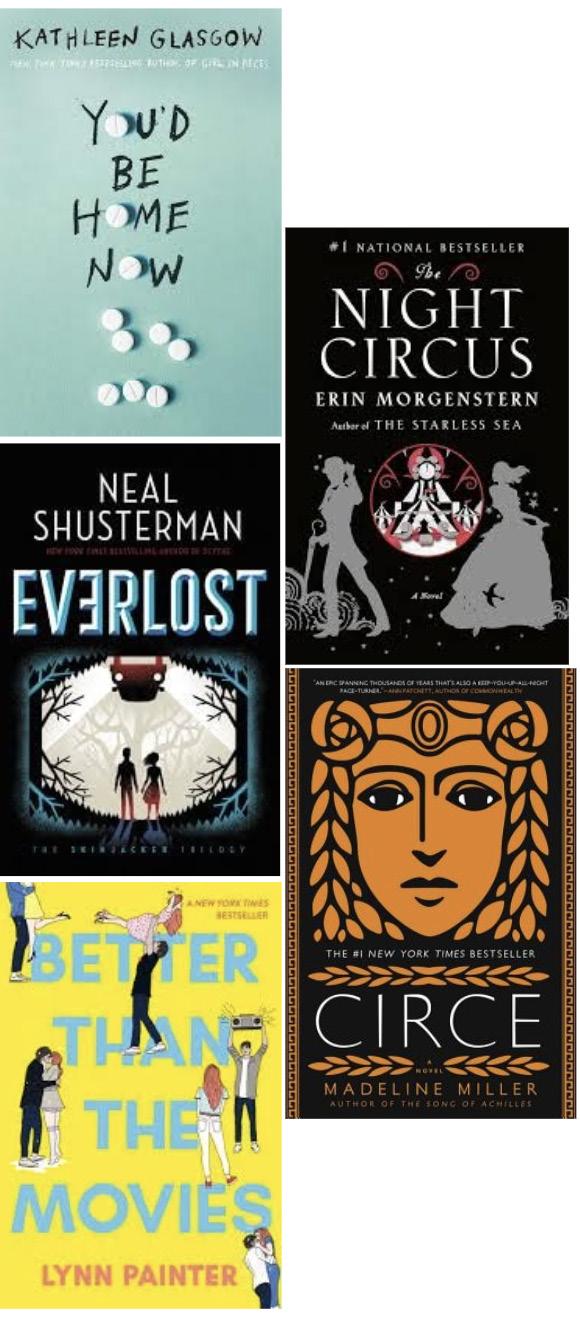
Car Talk: Senior rolls into fall with orange 2024 Kia Forte
Once hesitant about its unique color, senior Lilah Santore now appreciates the car known as Roberto.
Mia Fagone ’26
Reporter
The senior lot is filled with cars in shades of dark blue, red, gray, white, and black. Roberto, senior Lilah Santore’s fire orange Kia Forte, stands out among the crowd. Her grandmother bought the car in 2024, and Santore herself has been driving it since she got her driver’s license that fall. She recalls the chaos of driving with a friend, senior Melanie Foca.
“The first time I ever drove it was with Melanie in the car,” Santore said. “We were driving up Providence road and I was really close to this one guy biking on the side, so Melanie turned around and goes, ‘Wow, we were so close to that man I could have touched him!’ I thought I was doing really good, too.”
As she became accustomed to the car, Santore customized the interior with bright decorations.
“I really like the little ornaments I have hanging up in my car,” she said. “I have two of them and got them from my work.”
>PAGE 20, Pumpkin Spice
Wawa 7/10
The shiny blue and silver ornaments are fixed above the dashboard. Other customizations included a name for the Kia Forte, which was chosen decisively by Santore to be Roberto.
“He’s an orange car, so he has an old soul,” she said. “I felt like it just fit him.”
Though the color was originally Santore’s least favorite feature on Roberto, it’s useful and a favorite of her grandmother.
“She said, ‘I feel like I should have a color car that I actually love,’” Santore said. “I really like it now because I can always find it in parking lots, and it’s just unique. You don’t really see a lot of people with an orange car.”The rarity of orange cars is a fact, and so is their value. According to an article by iSeeCars, a platform that provides data on the car market, on CBS 42 news, cars with rare paint colors retain more value on the market compared to the average vehicle.*
For many Haven students, Wawa serves as a classic location for whatever you may be craving. Their pumpkin spice latte was also enjoyably classic. A 12-oz cup sells for $2.99, and in terms of quality-to-cost ratio, Wawa’s latte takes the cake. The flavor of the coffee was solid, if not a bit too artificial, and it had an adequate pumpkin flavor. The latte was topped with whipped cream and a caramel drizzle that added a nice sweetness to the first sips. Despite average taste, the thing that pushed this

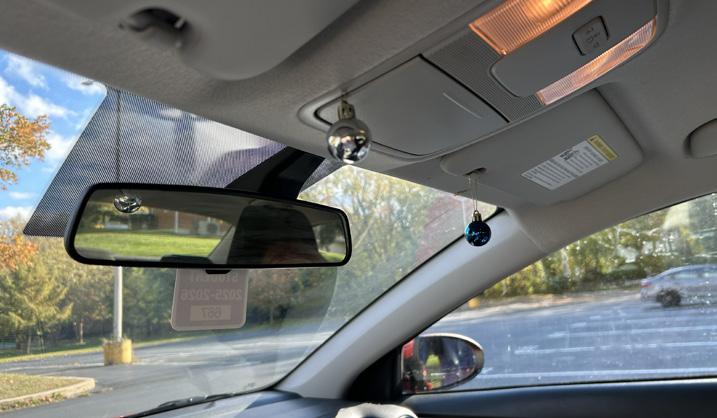
latte up was its customizability. Like most menu items at Wawa, there was lots of choice and variety involved in ordering. One could add different types of drizzles and toppings, exemplifying the fun that should come with a fall-themed beverage!
Starbucks 8/10
Starbucks is known for its seasonal specials and overthe-top coffees, and the pumpkin spice latte certainly lived up to its reputation. Out of the three lattes I acquired on my journey, this one proved to be the best. A tall, priced at $5.99, came with whipped cream and heaps of cinnamon. Clearly they understood the “spice”

assignment, something I can appreciate! The coffee itself tasted the most natural of the three, with a pure, yet not overpowering, pumpkin flavor. What made it so enjoyable was that the bitterness of the coffee remained intact, so it felt like enjoying an everyday coffee with a little pumpkin surprise incorporated. This all being said, the drink was not very foamy, and could have done with a smidge more sweetness. Despite the slightly higher price, the Starbucks pumpkin spice latte is most definitely a fall favorite.*
CAN’T MISS IT • TOP: Senior Lilah Santore poses alongside Roberto, her fire orange 2024 Kia Forte, with a background of fall leaves.
LEFT: Two shiny ornaments hang above the console inside the Kia. “I got them from my work and they’ve been hanging up for almost two years,” Santore said. PHOTOS: MIA FAGONE

November Crossword
Morgan Matthews ‘28
Detours Editor
Across
1. Pilgrim’s destination
3. Phenomenal Icelandic singer
6. Turkey Day
7. Twin Peaks, Laura ___
8. Chamomile, lavender, etc.
9. Land down under
11. Don’t say his name three times!
15. Haven is getting rid of them
16. Directed The Breakfast Club
17. Traditional Mediterranean dessert
18. Election destination
19. Painter Bob ___
Down
2. Alanis
4. Bad Bunny will be performing here!
5. It’s getting chilly! Better start wearing a ___
10. Armored mammal
12. Glinda’s counterpart
13. Louis Armstrong’s instrument
14. 1st US state* Answers
Cheese Corner:
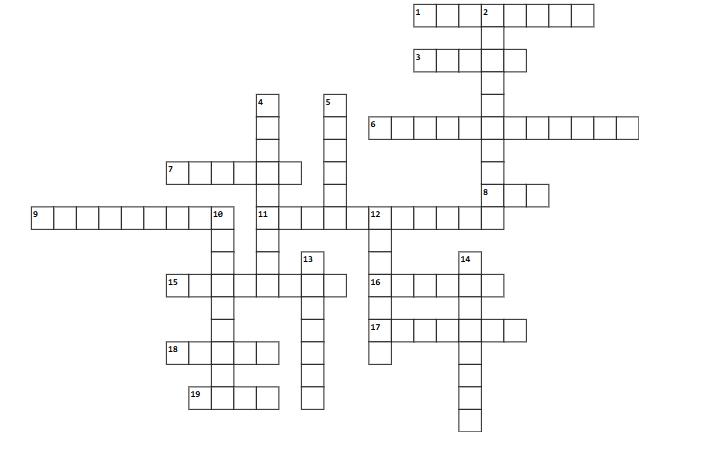
There’s no cheese as good as gouda
This is the cheesiest column you’ll see in this issue!
Roland Rennick-Zuefle ’27 Reporter
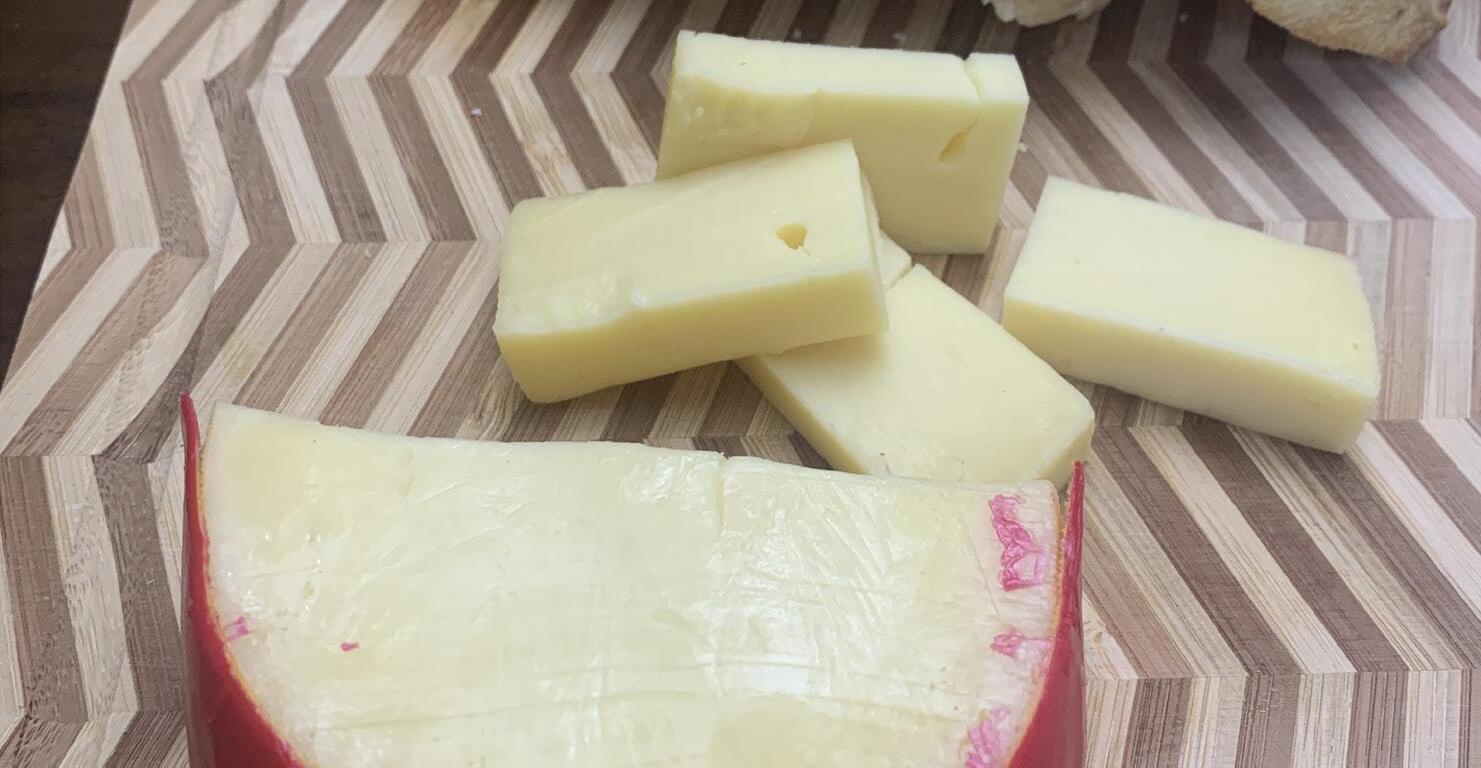
Welcome back to the Cheese Corner, where to begin our new school year, we’ll be taking a look at Switzerland’s gruyère cheese in and out of fondue.
Originating from Gruyerès, Switzerland as far back as 1150, gruyère is a nutty delight. Outside of fondue, it has a smooth but hard texture and a distinct nutty taste and aftertaste, which, while not as strong, lets the slightly sweet taste linger until you inevitably want to try more. In fondue (in the recipe I used, it was mixed with garlic and dry white wine), its melty texture makes it fantastic to dip bread and apples in, allowing them to share the nutty taste mixed faintly with the wine.
Gruyère strengthens its taste as it ages, with the time frame ranging from six to twentyfour months, but as gruyure.com assures, “The maturation length may vary but the quality always remains outstanding!” Its creation process begins with cow’s milk being heated in copper vats, into which cultures and rennet are added to coagulate the milk into curds. The curds are then heated up, put into molds, and compressed to get liquids and moistures
out. After a full day of being soaked in brine, the lengthy and varied aging process begins.
Like other swiss cheese, gruyère is historically known for the small holes, or “eyes” that appear across its sides, although much less so than emmental, the cheese most commonly associated with “Swiss Cheese.”
While the holes were once thought to be caused by bacteria within the cheese, it was recently discovered that hay dust had been getting onto the cheese’s sides that the bacteria had been forming around. However, holes have become less and less common as farming technology has made it harder for the hay dust to get onto the cheese. While the recipe I used relied solely on gruyère, it and emmental are often used together in fondue. Gruyère is added to a pot of garlic and dry white wine, and stirred and boiled until ready to be served with bread.
Whether in or out of fondue, or aged for more or less than a year, gruyère guarantees among the best and nuttiest tastes Switzerland’s cows and farmers have to offer.*
Critter Corner: Daisy, Patches, and Crystal
Sophomore discusses her bonds with her loveable Pomeranian and a pair of garage-found cats.
Mat Mataac ’28
Contributor
Sophomore Kiera Papi talks about her dog and two cats in this edition of Critter Corner.
Q. What are the names of your pets?
A. My dog’s name is Daisy, and my two cats are Patches and Crystal.
Q. Why did you name them this?
A. Daisy’s name – we actually didn’t rename her. We just kept the name that her breeder gave her. And our cats, my brother named them. We named Patches because she has little white patches on her, and Crystal had blue eyes [like crystals], but her eyes ended up turning green.
Q. When and how did you get them?
A. We got our cats first. We found our cats in our garage, and Patches had babies with her. Crystal was one of the babies. So, we brought those two inside because they were able to be house cats, and the other two that we found weren’t able to come inside. They kind of had to just be wild.
Q. When and how did you get your dog?
A. We got Daisy when I was like nine

from a breeder in New York. She’s a Pomeranian.
Q. What do you like to do with your pets?
A. I mostly walk my dog, take her on long walks, and I throw a ball. Those are mostly our activities. And with my cats, we just kind of chill and I pet them, sitting down, doing my homework.
Q. Could you tell me an interesting story about your pets?
A. That part about finding my cats in the garage was the most interesting story.
Q. How would you describe your relationship with your pets?
A. They’re really great. I mean, I’ve had my cats pretty much my whole life. I actually don’t remember not having them ever because we got them when I was really, really young. And my dog, honestly, she’s great. She’s really sweet and cuddly, but she can also be a little mean. She growls sometimes.
We’re pretty close since we’ve basically been through every major life event together, except for me being born.*

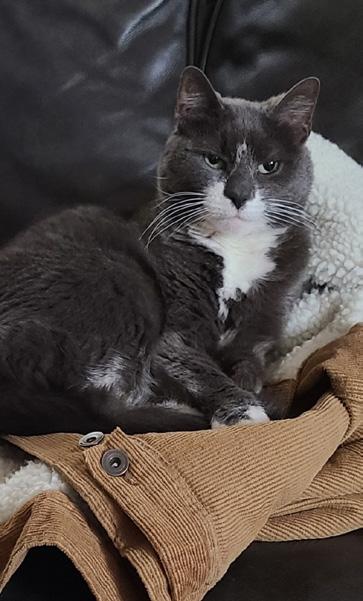
CHEESY DOES IT! • Gouda Cheese sliced and served alongside bread. PHOTO: ROLAND RENNICK-ZUEFLE
LEFT: Daisy the Pomeranian. MIDDLE: Crystal. RIGHT: Patches. PHOTOS: KIERA PAPI
Girls varsity soccer head coach Gino Miraglia wins PIAA coach of the year
After winning the state championship last year, the PIAA recognizes the lasting impact Miraglia will leave on the program.
Savvas Zeibekis ’26 Sports Editor
Girls varsity soccer head coach Gino Miraglia has been the head coach of girls varsity soccer at Haven since 2006, and this year has been honored with the 2024-25 PIAA girls varsity soccer coach of the year award, after winning the first state championship for the team since 2002.
The award is given based on impact on the sports program, team success, commitment, and outstanding sportsmanship.
Miraglia has been coaching sports alongside teaching since he came out of college. His first coaching and teaching job was in New Jersey in 2000.
He had first served on the Haven girls soccer team as the assistant coach, and after filling in for the head coach that season, he was able to secure the head coaching position in 2006.
Miraglia’s Italian roots contribute to his deep love for soccer, and is one of the reasons he coaches the sport.
Harboring an environment in which mistakes can be made and learned from has brought fruitful results. The team ended 14-3-2 this season, with a win rate of 73%.
As great as it is to foster a healthy learning environment in sports, it can often be a challenge with players coming and going, on top of being a losing team.
“I’ve played soccer my entire life, so I just wanted to stay connected to soccer the whole time,” he said. “Growing up it was 24/7, everywhere, in my blood, and I guess I just wanted to continue with it.”
Mr. Gino Miraglia
Head
Girls Soccer Coach, Spanish Teacher
“I’ve played soccer my entire life, so I just wanted to stay connected to soccer the whole time,” he said. “Growing up it was 24/7, everywhere, in my blood, and I guess I just wanted to continue with it.”
Through his coaching, he’s found success in focusing on his players, and getting to know them.
“I think coaching has taught me to take a step back. It doesn’t always have to be soccer one hundred percent of the time, but to just get to know the girls first,” he said. In 2022, the success he has achieved through this coaching style was emphasized, reaching his 200th career win as head coach of the girls soccer team.
“He [Miraglia] makes the environment super stress free,” senior team captain Ruby Lane said. “We’re always cracking jokes with him… He knows, if we’re down on energy, how to bring it up and get us out of our heads.”
“It took a while. When I first took over, there was a lot of tougher personalities,” Miraglia said. “It took a good two or three years of cleansing and sacrificing some wins and stuff to try and establish the culture that we wanted.”
Miraglia has been a Spanish teacher at Haven for over a decade. Balancing teaching with coaching a healthy, winning team has overlap and some challenges.
“For me, it’s hand and hand. The soccer field is an extension of the classroom for me. I try to keep the same values and expectations that I have in the classroom out in the soccer field,” he said.
He also has students in class that are on the soccer team, making it challenging sometimes to teach when his players want to talk about soccer.
The future in regards to coaching is uncertain for Miraglia, but he’s grateful for his coaching career at Haven this far.
“At this point in my career, I don’t know if there’s any long term goals,” he said. “I don’t know how many years I have left. But I’m just enjoying every single moment I have right now…I just hope that whoever follows me just keeps kind of the same tradition and culture that we’ve built.” *
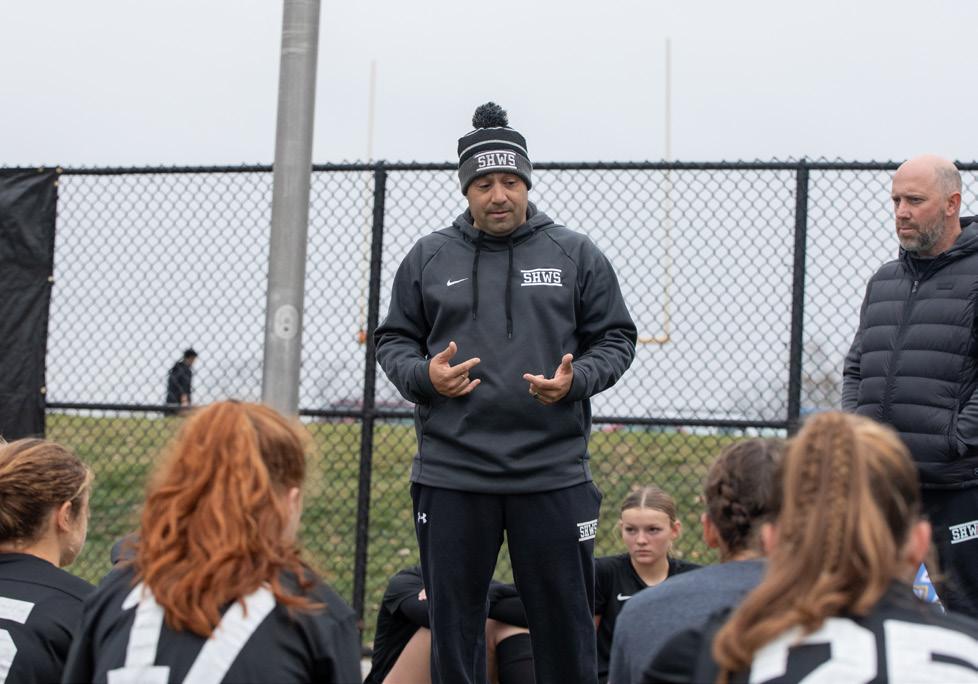
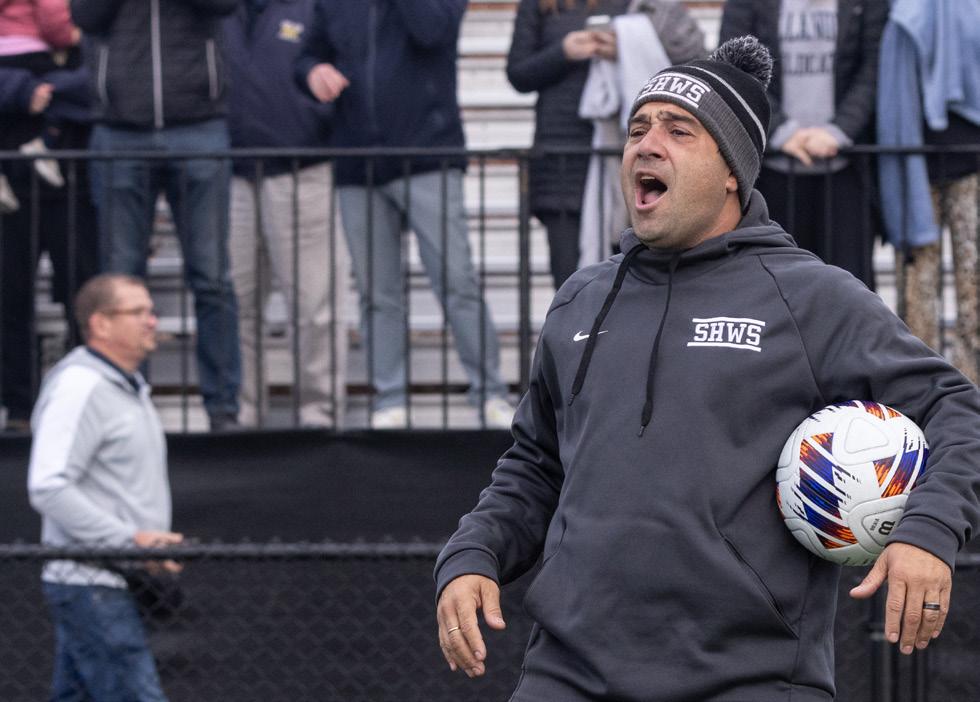
Wrestler Michael Spielman officially commits to Harvard University
Spielman’s ups and downs along his high school journey only fueled him to push harder, making Haven history.
Savvas Zeibekis ‘26
Sports Editor
Senior wrestler Michael Spielman recently committed to participating in Division I wrestling at Harvard University.
Spielman has been wrestling since he was in fifth grade, holding a passion for the sport since then. His coaches’ role in his career success cannot be understated. They pushed him to be the best he could be early on.
“I think one of my biggest motivators is my coaches… They sacrifice to coach. My coach and I joke that he spends more on gas driving to practice for the whole season than he gets paid by the school,” he said.
Head coach of the Strath Haven wrestling team, Tony Gilliano, has coached him for 7 years.
“His work ethic and his determination [stand out]. Honestly, I’ve been doing this sport for a long time, and it’s hard to find another kid that actually walks the walk and talks the talk,” Gilliano said. “He looks to just get better every day.”
One of Spielman’s coaches unfortunately passed away during his junior year, only pushing him further to honor his legacy.
“Coach Tom Ellis from Sun Valley, and that [his passing] was a big motivator. I owe it to him to do good. One of the last days he was alive was coaching me, and so I’m going to do everything I can to make him proud,” Spielman said.
Transitioning from middle school to high school presented challenges for him, showing him the real world of wrestling.
“Your freshman year, you’re still like a boy, you’re still a kid, but depending on [the circumstances], sometimes you wrestle a junior or senior in high school,” Spielman said. During sophomore year, the work he had put in on the mats and in the gym put him on the radar of some colleges. That year, his varsity record was 40-4, he placed eighth at states, and he won the regional tournament.
Spielman’s path to collegiate wrestling came with many roadblocks, apart from challenges on the mat.
“Junior season, I was kind of lighting the world on
fire. I was ranked like second or third in the state, and predicted to make the state finals,” he said. “Two weeks before districts junior year, I tore my meniscus.”
This forced Spielman to make tough decisions on whether to keep going or not.
“My coach came to me, and he said, ‘Look, Michael, if you sit out, no one’s going to judge you for it,’... But he said, ‘Look, if you’re going to do this, you have our support. You always talk about being hard and being tough and grinding, and this is your opportunity to prove to yourself how tough you are,’” Spielman said.
With the support of his coaches he powered through junior year, officially placing himself on the map. That year, he placed eighth at states and made national rankings, placing top 12 in the 19U division, as well as 19th in the country overall for high school wrestling.
This made him the first wrestler from Strath Haven to be nationally ranked, and one of the few from Delaware County to ever achieve that level.
“He’s been in some big spotlights, huge tournaments, national-level tournaments, and he remains focused on the task at hand. He doesn’t let the environment around him change who he is or what his focus is,” Gilliano said.
That year, his record in varsity wrestling was 43-9, and he ranked third in his weight class. This gained even more attention from colleges looking to recruit for wrestling.
In spring 2025, during his junior season, one of Spielman’s club coaches reached out to Harvard University’s assistant coaches via email. According to Spielman, this sparked a conversation with the university’s staff and resulted in a campus visit.
“We [Spielman and the coach] really connected on a deep level of what we were [both] looking for. What he wanted out of a kid, and what I wanted out of a program,” he said. “And then they had me out for a visit… It was a
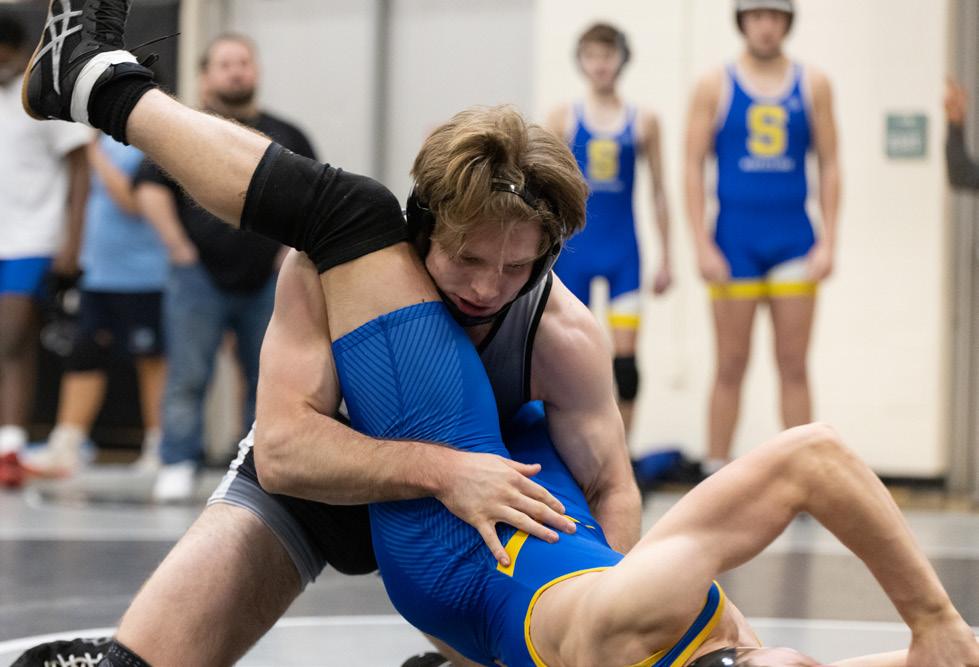
place that I knew I had the potential to thrive.”
Spielman is looking forward to his senior season and to his collegiate career.
“I’m a big believer in being the best version of myself, being the best Michael Spielman can be, and I’m excited to be able to go off to a division one program where I have the greatest opportunity to become that best version.”
Through the lessons he learned along his journey, Spielman advises young high school athletes to adopt his relentless mindset on their paths to success.
“Almost every kid is capable of playing on a varsity sports team and going off to play sports in college, but they don’t believe it,” he said. “I challenge every kid to just work a little bit harder and see what can happen.*
SEÑOR SOCCER • TOP: Mr. Gino Miraglia gives a pep talk to his team at the 2024 championship game on November 15. BOTTOM: Miraglia yells pointers at his team from the sideline. PHOTOS: RILEY SMITH, MATTEO VENTRESCA
PINNING IT • Michael Spielman (12) submits an opponent during the Mikulski Duals on January 25 during his junior year. PHOTO: RILEY SMITH


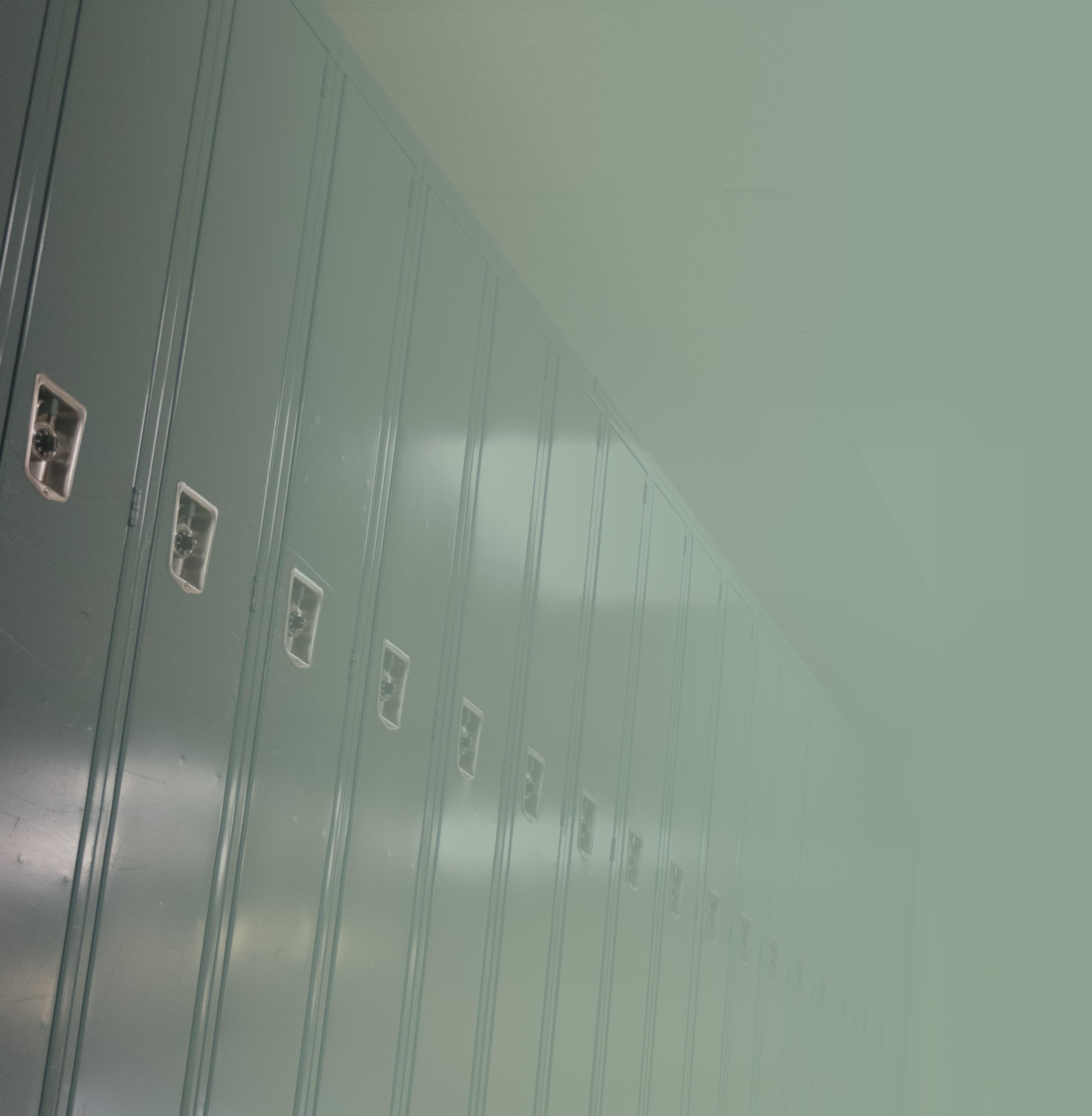
MILE The

1: The girls captain dance show off their moves at the Homecoming pep rally on October 17 in the gymnasium. The school-wide pep rally featured the Panther Marching Band Drumline, cheerleaders, musical performances, dances, and games. KATHRYN BARRETT
2: Leah Reece (11) sings in the choir during the morning rehearsal before the mass of the Feast of St. Francis in the Cathedral of St. John Divine on Sunday, October 5. An annual tradition, the Cantata choir ensemble travels to New York City to perform in the mass. ELI GRAVES
3: Nathaniel Mitchell (11) accepts a certificate of induction during the National Honor Society induction ceremony on October 22 in the Strath Haven auditorium. According to NHS co-adivsor Mrs. Ellen Yaraborough, 138 students were inducted Wednesday evening. ABBEY MINTON
4: Brielle Durnell (11) dribbles the ball during the Unified Basketball game against members of the Villanova police department on Tuesday, October 21. The Unified Basketball team attempts to create a more inclusive environment for kids with special needs or developmental disabilities. ADRIAN GONZALEZ-DIAZ
5: The varsity girls soccer team celebrates after an early goal in the first half of the game against the West Chester Golden Knights in the PIAA 3A District 1 semifinals on Monday, October 26. The Panthers took home the win 4-0, clinching a spot in the state bracket. ISAAC LOTHROP * 2 3 4 5
